Africa is a continent of diverse cultures, landscapes, and histories. Its architecture reflects this richness and variety, from ancient monuments to modern masterpieces. Architectural landmarks in Africa showcase its iconic and innovative design and connection to its environment and heritage. They also represent different architectural styles, such as the ancient Egyptian, the Sahelian, and the Ethiopian rock-hewn. The most impressive architectural landmarks in Africa are Lideta Market, Hikma Complex, and Kenneth Dike Library. Lideta Market is a shopping center in Addis Ababa, Ethiopia. It was built by Vilalta Studio using lightweight concrete. The design has a perforated façade that controls the natural light and ventilation. The cut-out pattern and white shell mimic a traditional Ethiopian fabric. Lideta Market is a modern example of African architecture that blends tradition and innovation. Hikma Complex is a community space and library in Dandaji, Niger. It was designed by Mariam Kamara and Yasaman Esmaili of Studio Chahar. The complex restored a former Hausa mosque that had fallen into disrepair. The building uses compressed-earth bricks and materials sourced from nearby. Hikma Complex is a remarkable project that preserves and enhances Nigerian heritage. Kenneth Dike Library is a university library in Ibadan, Nigeria. It was built in 1948 and named after the first indigenous principal and vice-chancellor of the University of Ibadan. The library has a unique design that keeps the inside cool during warm days. The library houses important literature, including Arabic manuscripts. Kenneth Dike Library is a historic and iconic building in Nigeria.
1. Lideta Market
Lideta Market is a modern shopping mall in Addis Ababa, the capital city of Ethiopia. It was designed by Xavier Vilalta, a Spanish architect, and completed in 2016. The mall covers an area of 152,847 square feet (14,200 square meters) and has seven floors of retail space and a rooftop terrace. Lideta Market’s design was inspired by the traditional market concept, which is a public space full of people and activities. Vilalta wanted to create a mall that reflected the local culture and suited the climate of Ethiopia. He also wanted to connect the two parallel streets on both sides of the site, which had no public spaces nearby. To achieve these goals, Vilalta used a pre-fabricated lightweight concrete system for the façade, which is perforated in a fractal pattern that resembles the ones found on Ethiopian women’s dresses. The pattern also reduces heat transmission and controls natural light and ventilation, making the interior more comfortable and energy-efficient.
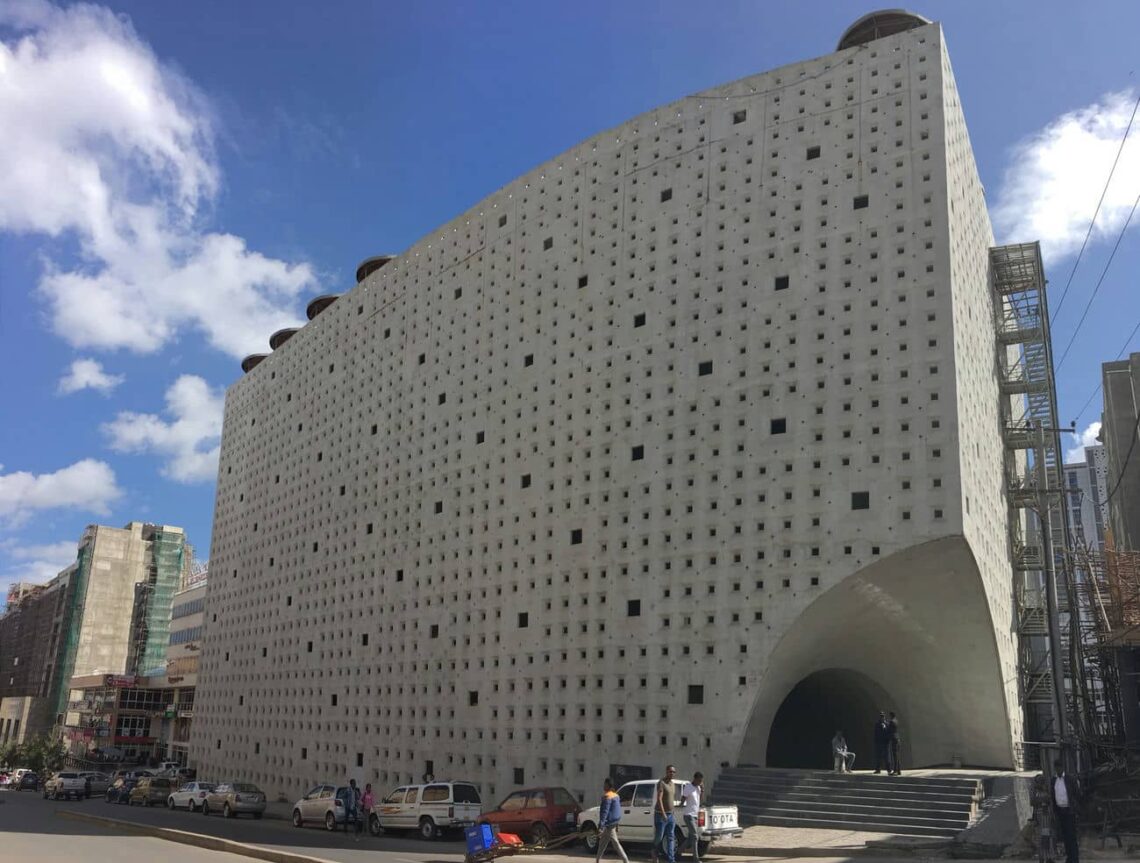
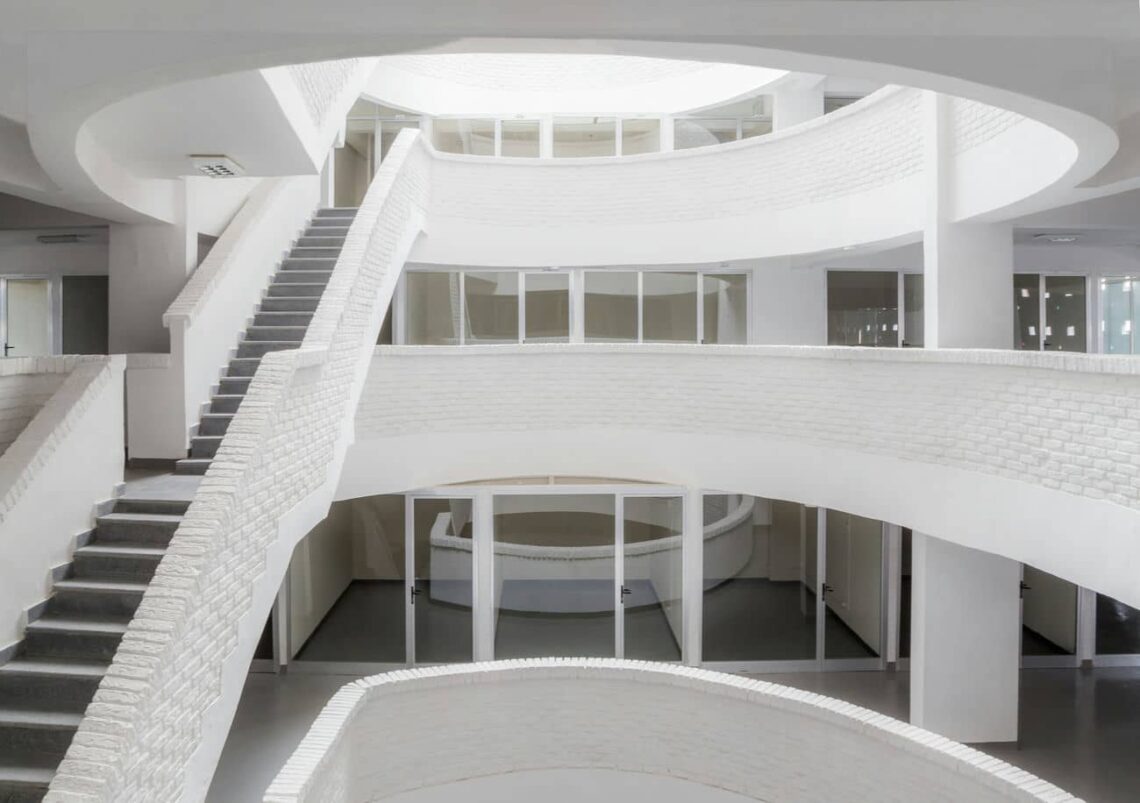
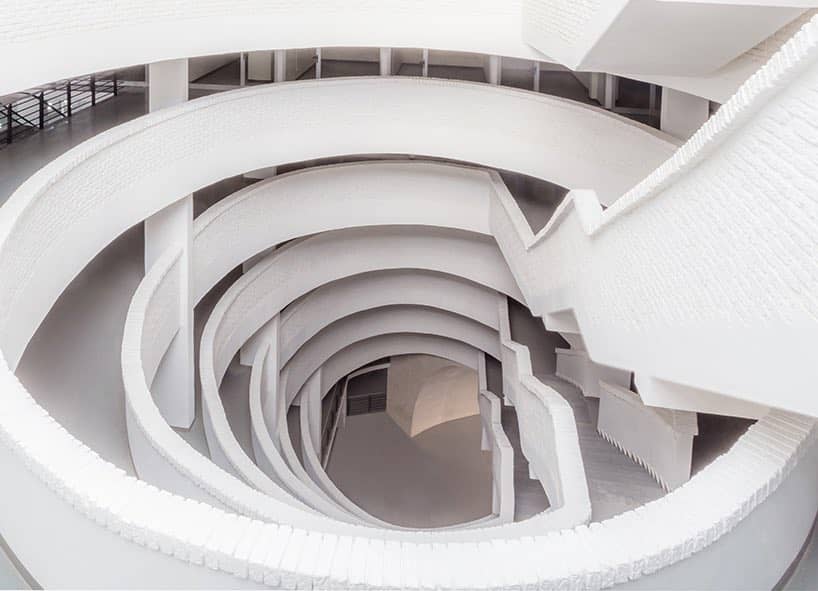
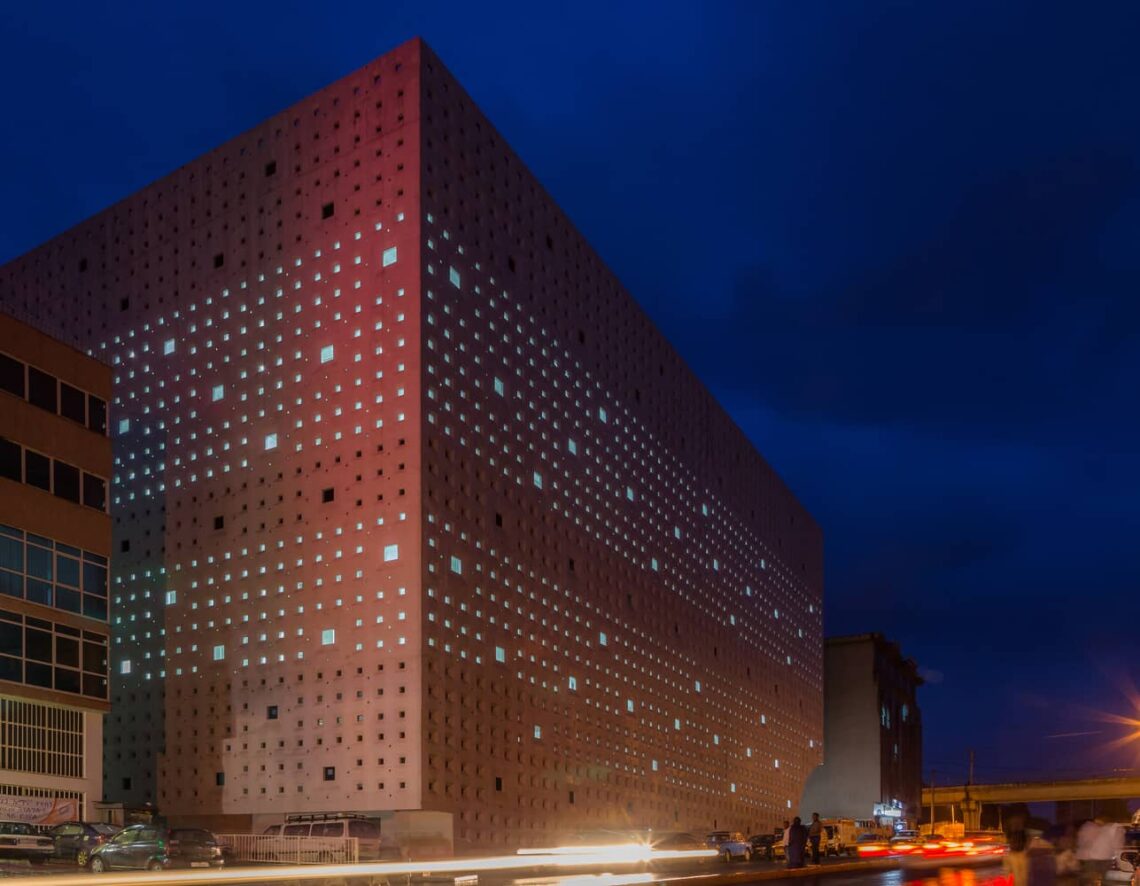
The façade gives the mall a unique and distinctive appearance that stands out from the surrounding buildings. Vilalta introduced a diagonal path inside the mall that connected the two streets and acted as a pedestrian shortcut. The path also leads to an inclined atrium that connects the mall vertically, giving a sense of continuity and spaciousness. The mall has smaller shops than the typical malls in the city, which are more affordable and accessible for the local merchants and customers. Vilalta installed photovoltaic umbrellas on the rooftop that provide shade and generate electricity for the mall. The rooftop also has a rainwater collection system that drains the water to tanks in the basement, where it is treated and reused for the toilets. The rooftop offers a panoramic view of the city and serves as an entertainment zone for visitors.
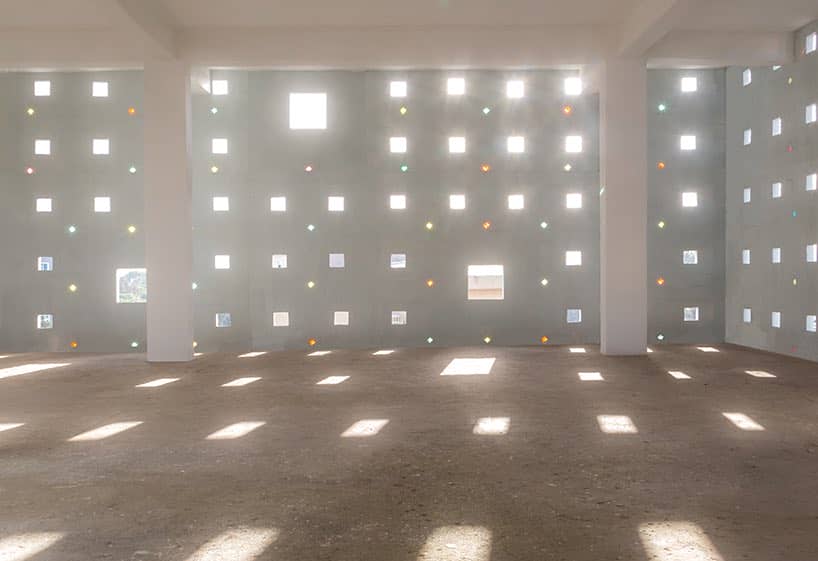
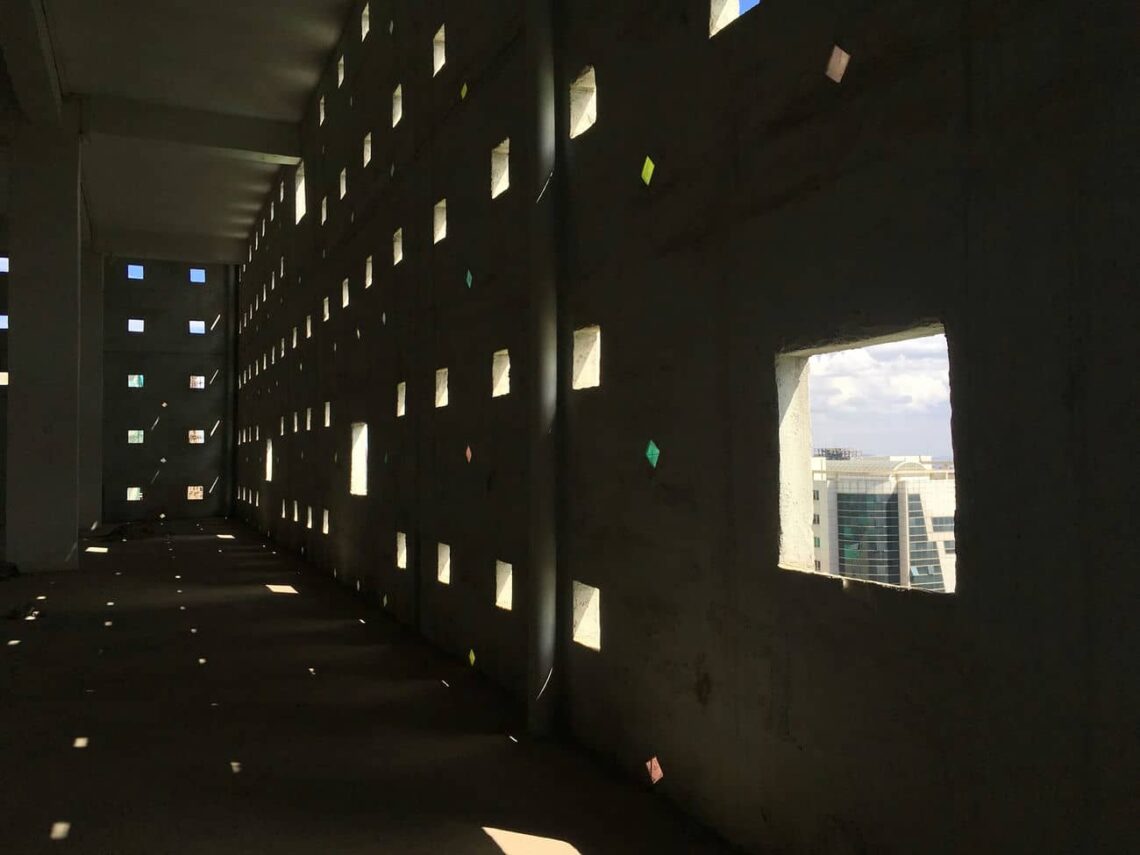
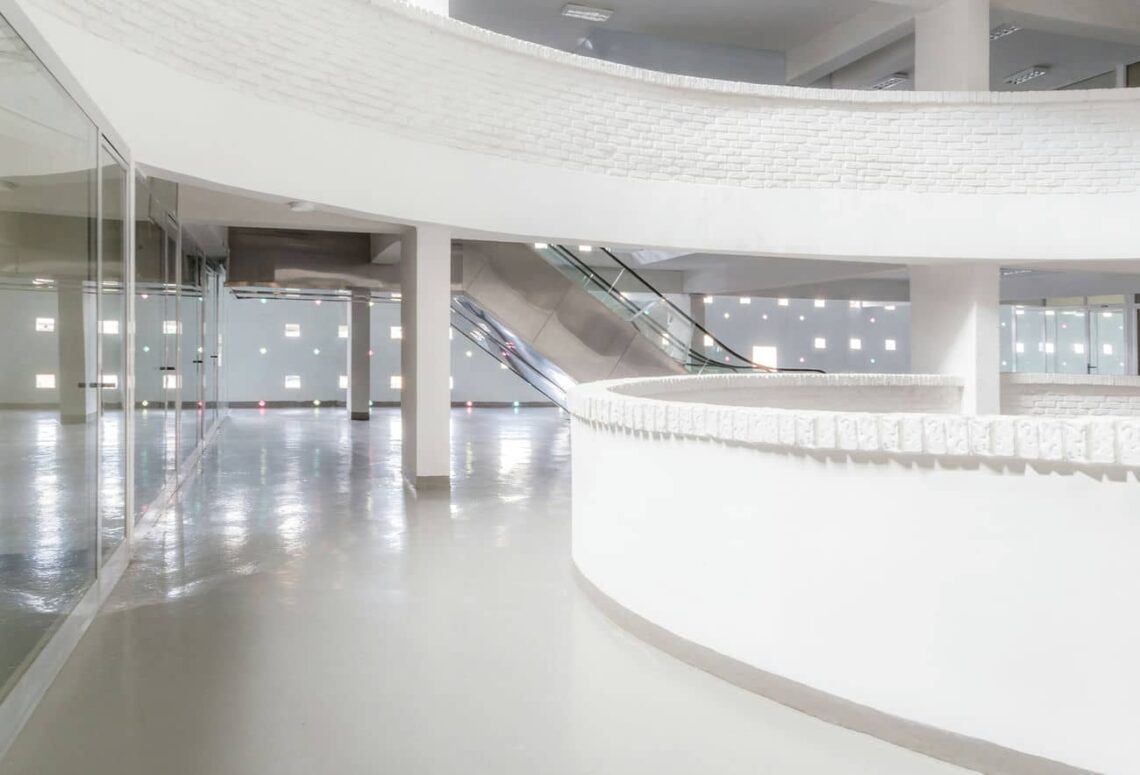
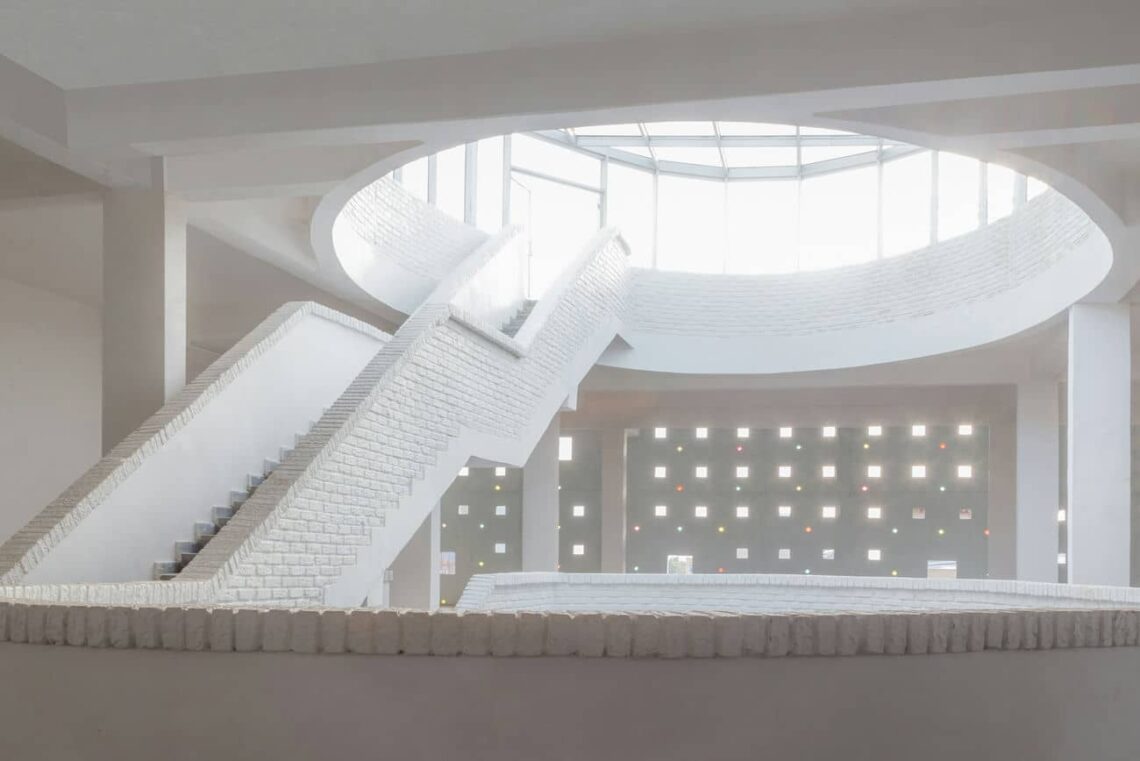
2. Hikma Complex
The Hikma Complex is a religious and secular center in Dandaji, a village in Niger. It consists of a mosque, a library, and other facilities for education and recreation. The complex was designed by Atelier Masomi and Studio Chahar and completed in 2018. The mosque is a new building that replaces an old deteriorating one. It is made of compressed-earth blocks (CEBs) that echo the clay elements of the old mosque. The mosque has two main prayer halls, one for men and one for women, accommodating up to 1000 people. The halls have domed roofs inspired by the old mosque and vaulted ceilings made of CEBs. The mosque has two ablution spaces, a minaret, and a courtyard. The library is a conversion of the old mosque, which was preserved and restored. The library has a mezzanine level that houses books and computers, a ground floor with reading and studying spaces, a workshop area, and a children’s play area. The library also has a garden that provides shade and fresh produce. The library aims to be a place of learning and exchange where people can access religious and secular knowledge.
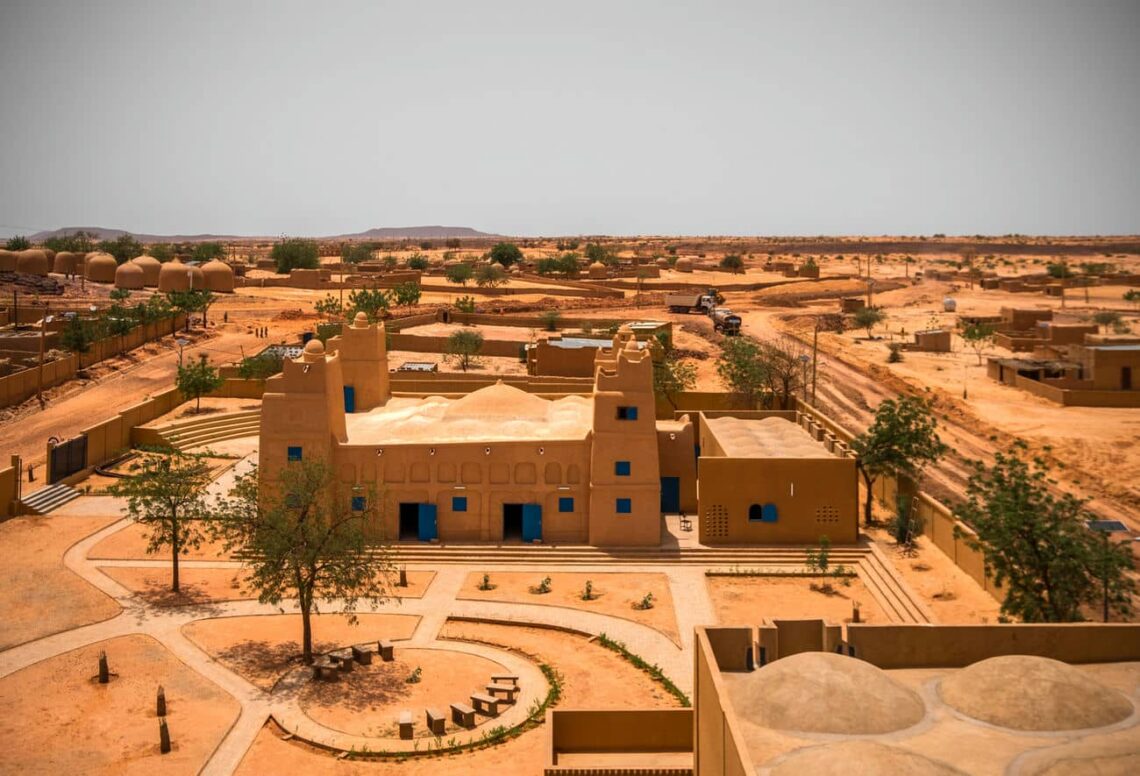
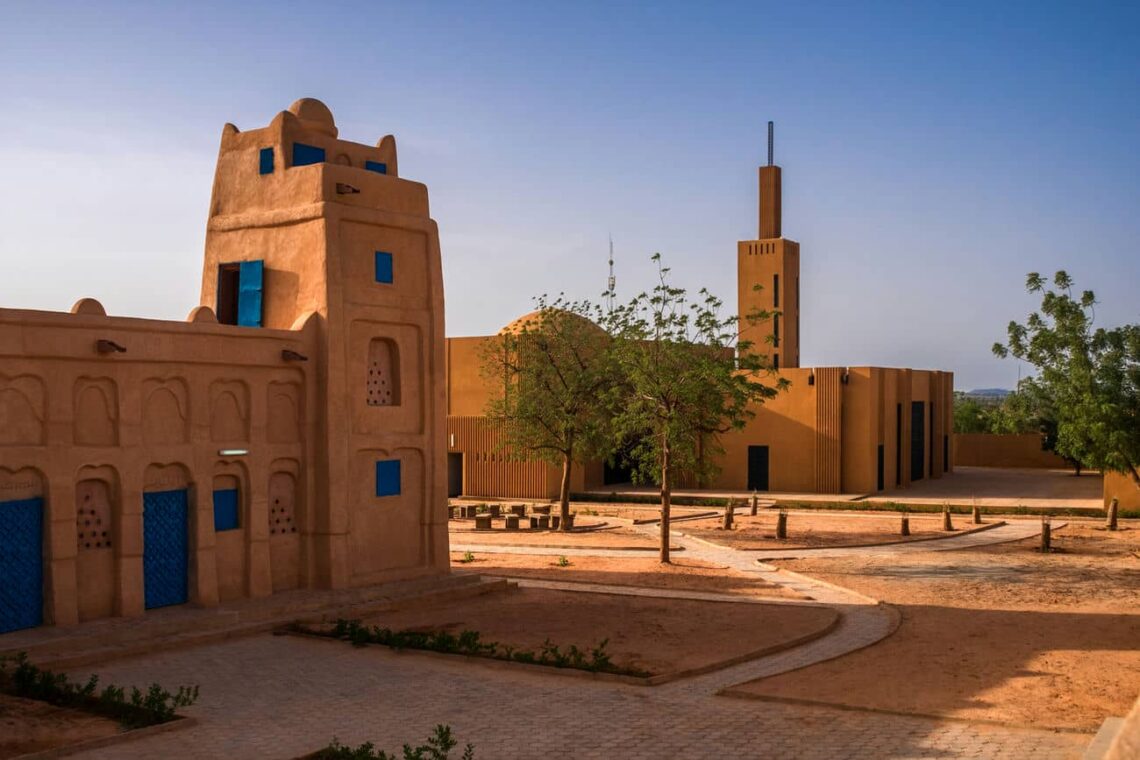
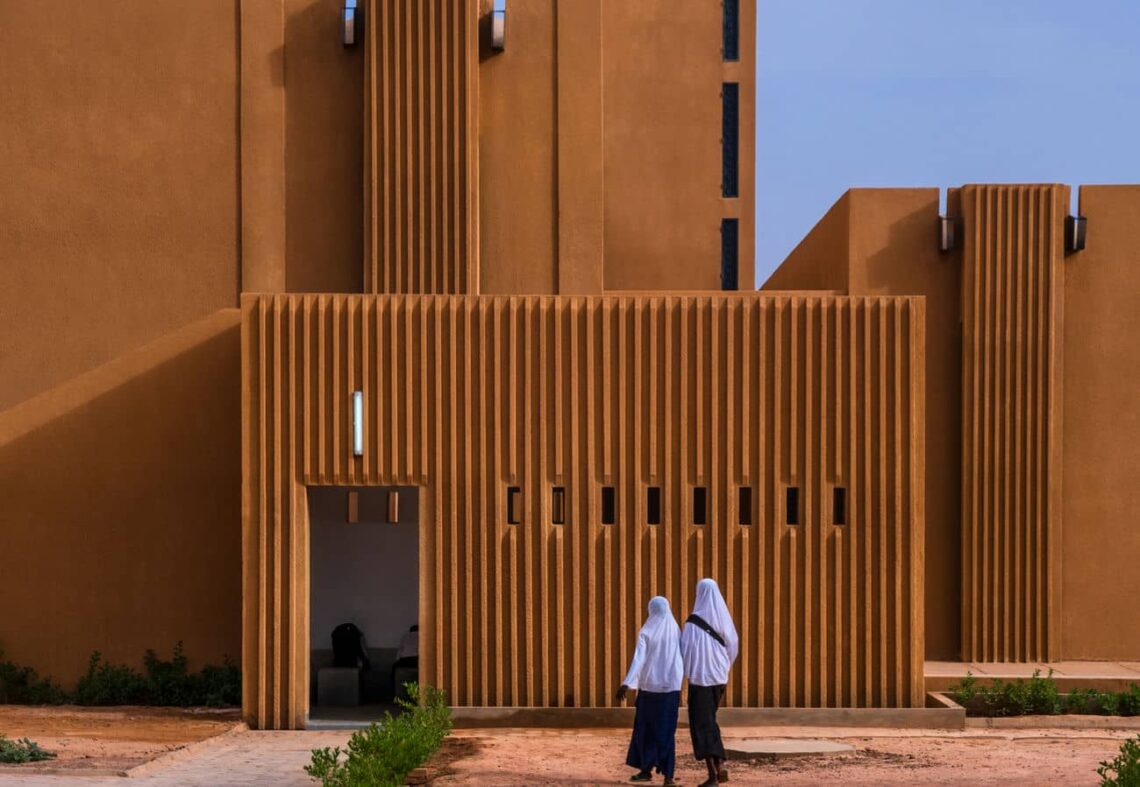
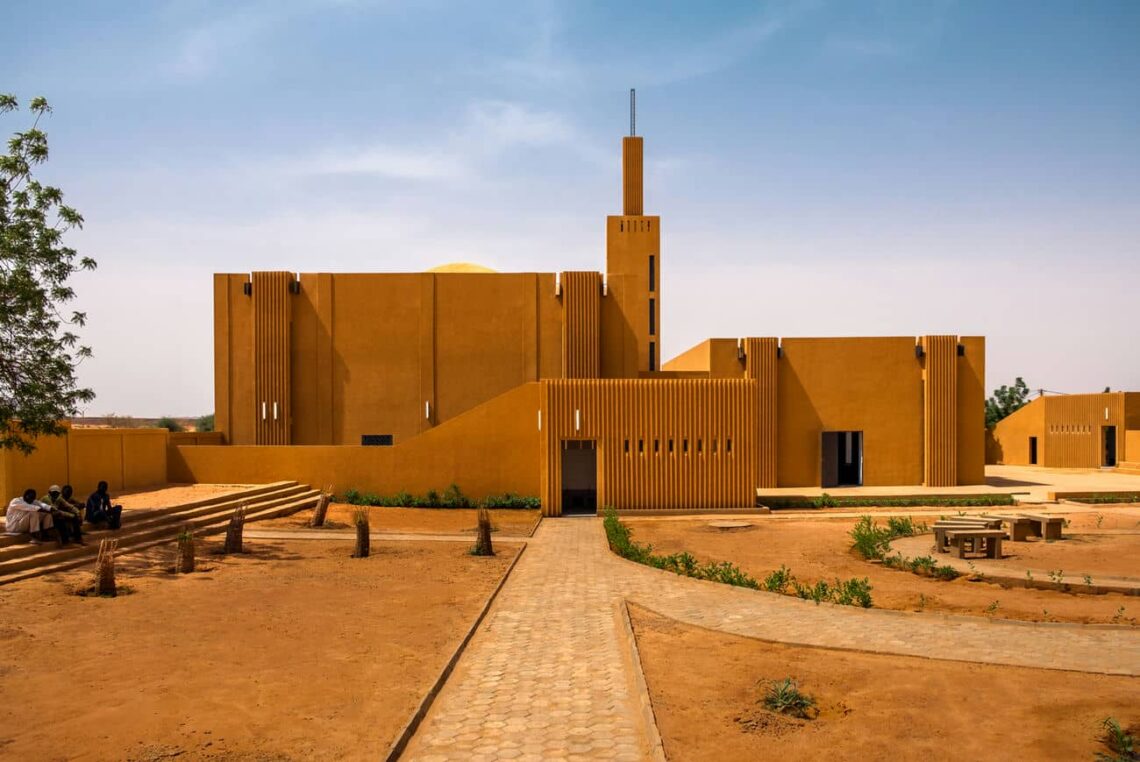
The Hikma Complex is named after the House of Wisdom (Bayt al-Hikma), a famous library and research center in Baghdad in the 9th century AD, where Muslim scholars made remarkable contributions to the sciences and humanities. The complex seeks to revive the House of Wisdom’s spirit and promote a culture of curiosity and tolerance in the community. The Hikma Complex is built with local materials and techniques and incorporates sustainable features such as natural ventilation, passive cooling, rainwater harvesting, and solar panels. The complex also employs local craftsmen and workers and involves the community in the construction and maintenance process. The complex aims to be a model of vernacular architecture that respects the environment and the culture. The Hikma Complex has received several awards and recognitions, including the 2019 Aga Khan Award for Architecture, the 2019 Architizer A+ Award, and the 2019 World Architecture Festival Award. The complex has also been featured in various publications and exhibitions, such as Architectural Record, ArchDaily, and the Venice Architecture Biennale.
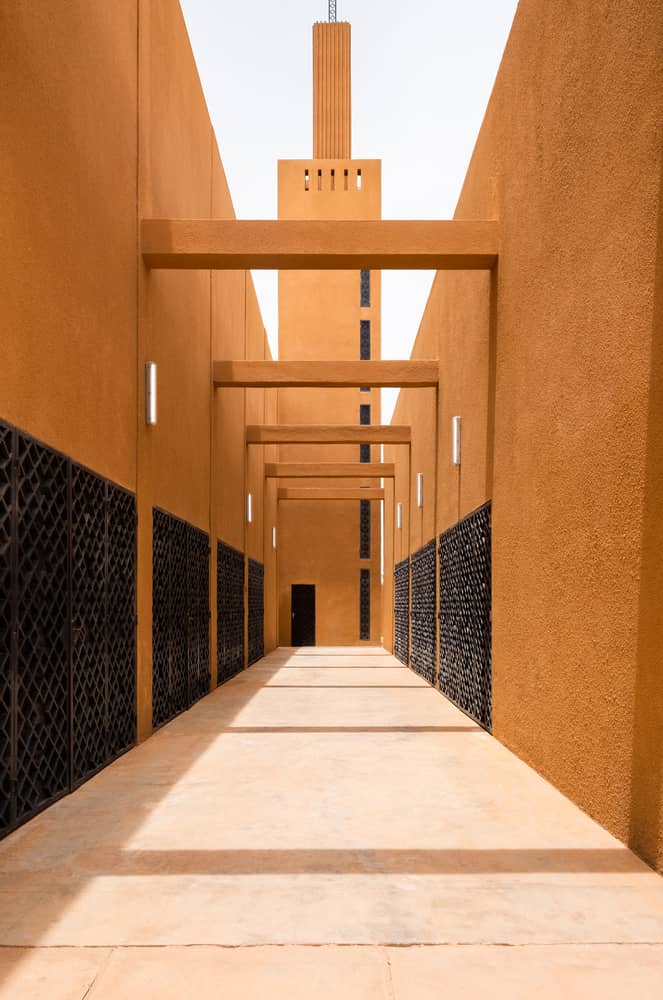
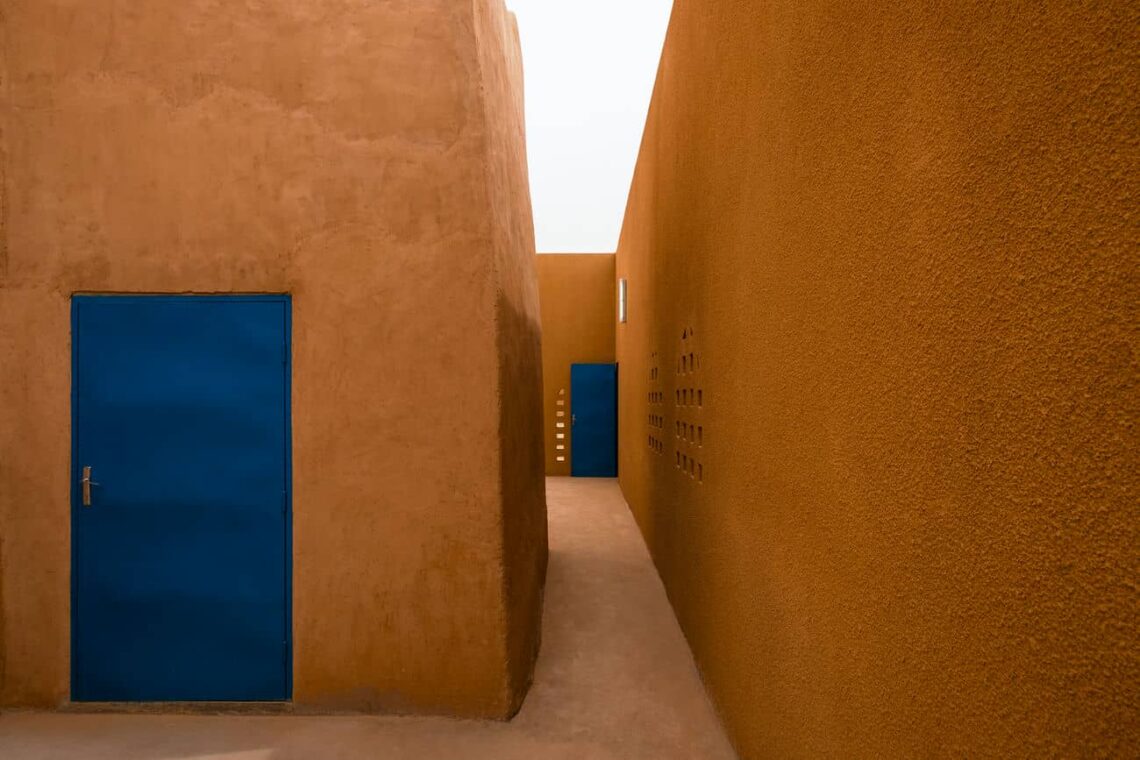
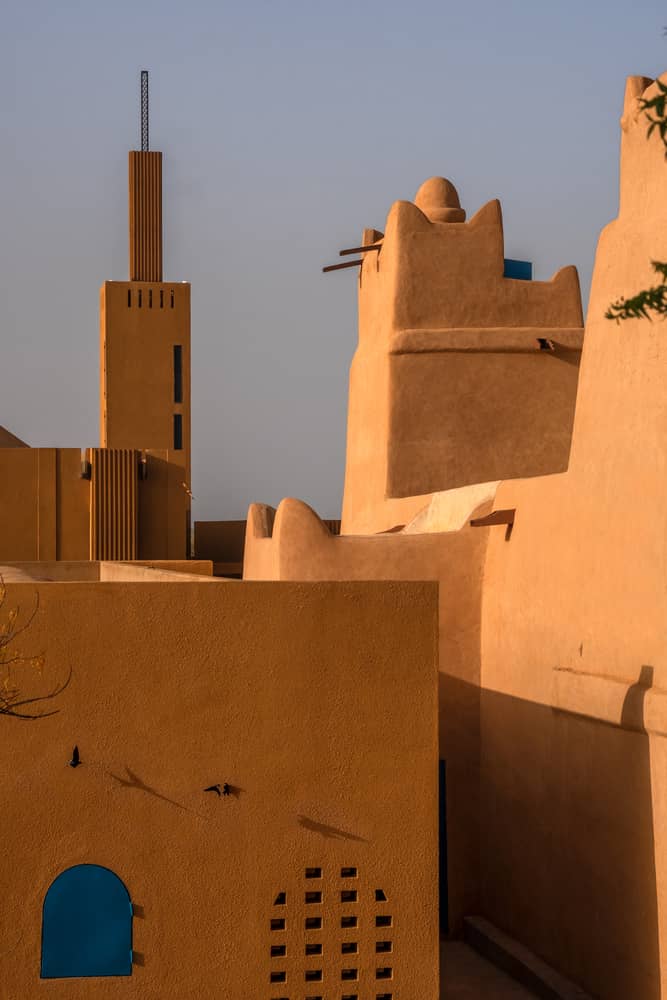
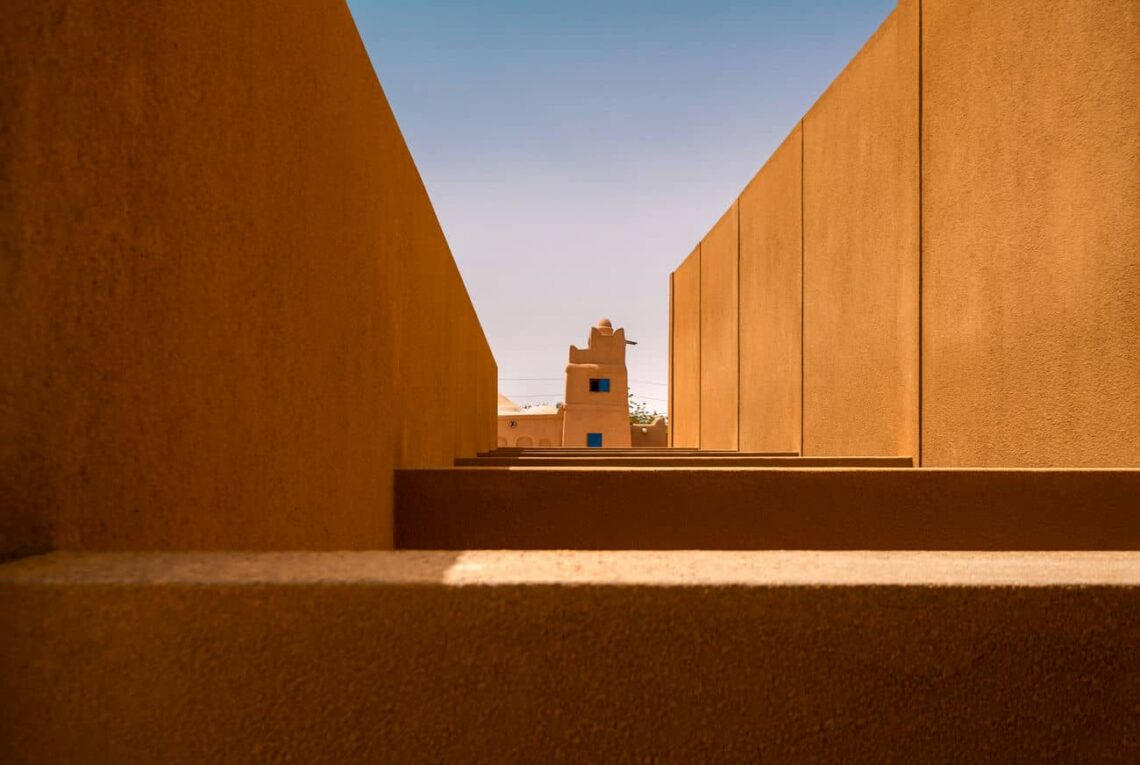
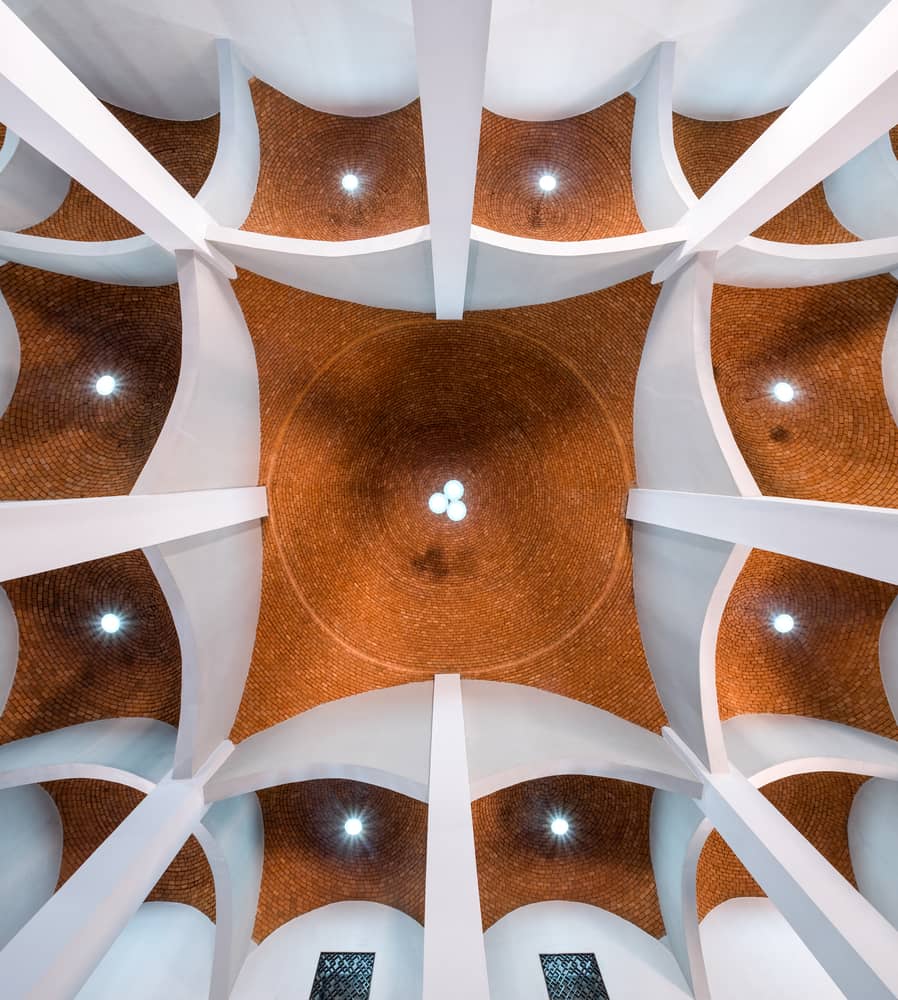
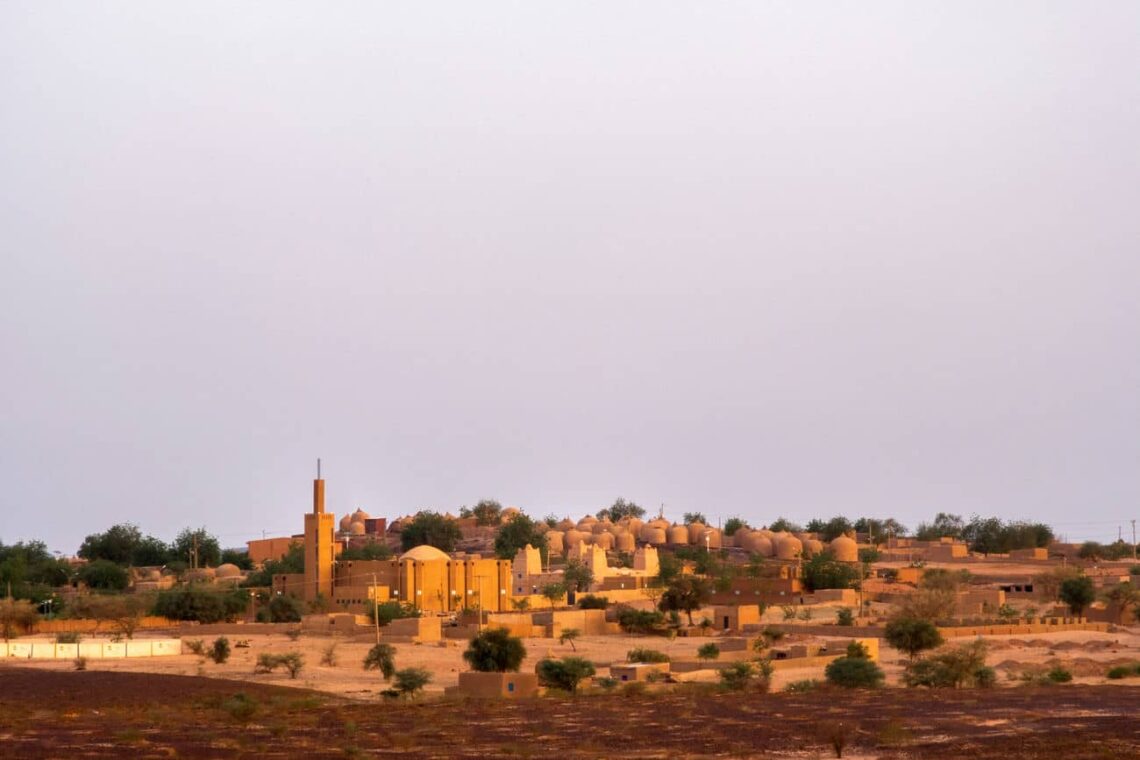
3. Kenneth Dike Library
Kenneth Dike Library is an academic library in Ibadan, Nigeria. It is part of the University of Ibadan, the first university in the country. The library was founded in 1948 and named after Kenneth Dike, the university’s first indigenous principal and vice-chancellor. The library has over two million academic materials, such as books, theses, and journals, covering various disciplines and fields of study. Kenneth Dike Library building is a remarkable example of “tropical modernism,” a style of architecture that adapts modern design principles to the local climate and culture. The rectangular building has a flat roof and large windows that allow natural light and ventilation. The exterior walls are concrete and brick, while the interior is decorated with wood panels and murals. The building is surrounded by green lawns and palm trees, contrasting the urban and natural environments.
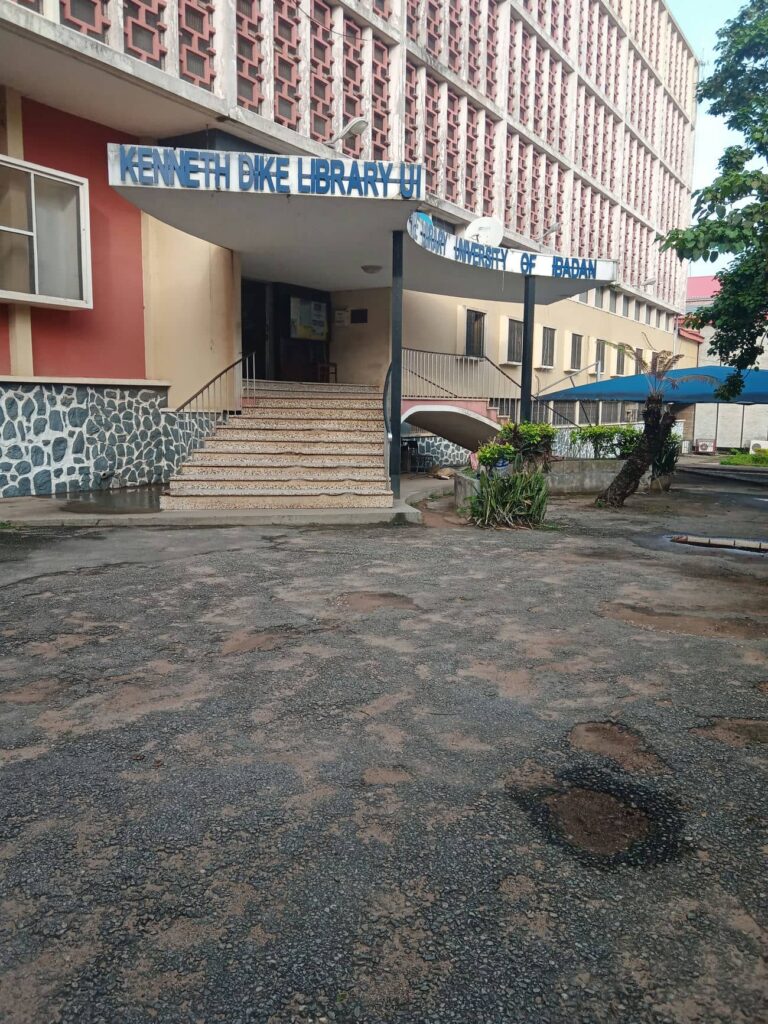
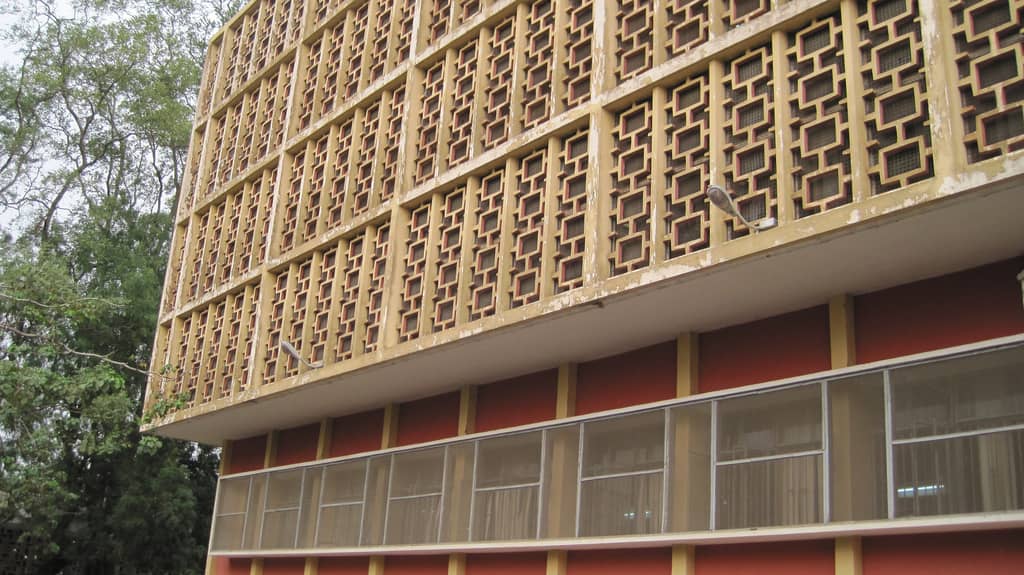
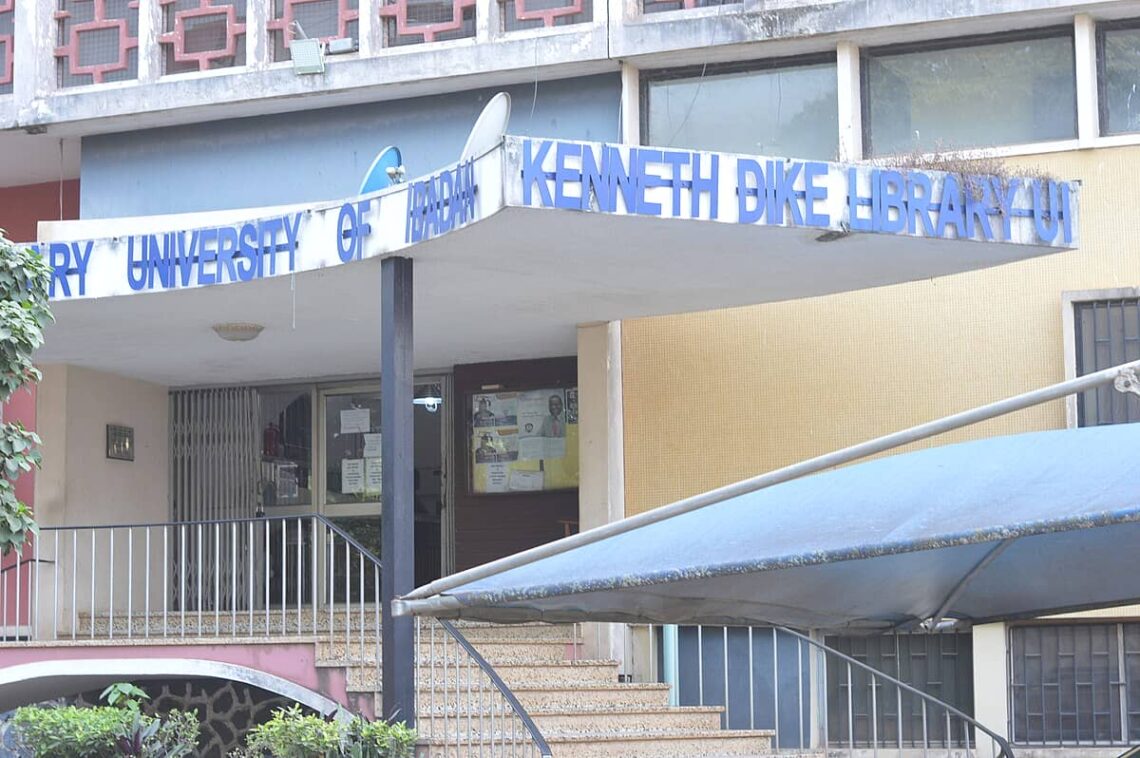
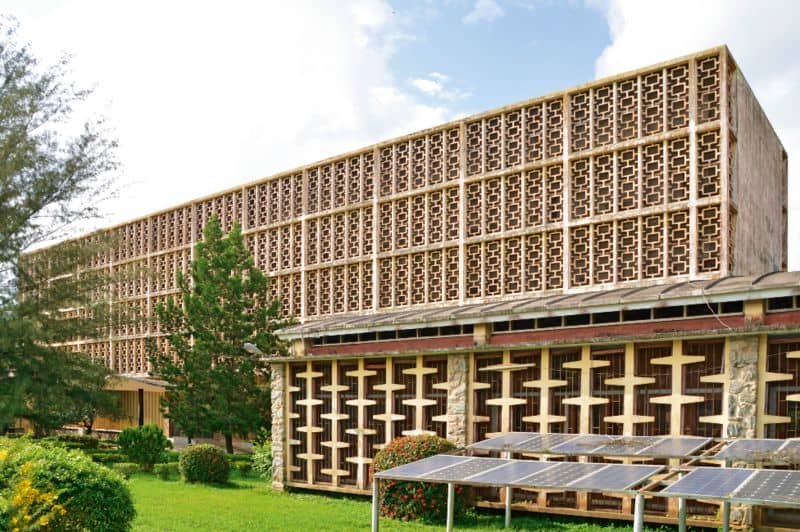
Kenneth Dike Library has several sections and services to cater to the needs of its users. These include the circulation section, where books and other materials can be borrowed and returned; the reference section, where librarians provide guidance and assistance to users; the e-resources section, where users can access online databases and journals; and the 24-hour service, where users can study and use the library facilities at any time of the day or night. Kenneth Dike Library also has a special collection of Africana, which is a closed-access reference point for scholars and researchers on Nigerian and African history. The collection includes rare and valuable materials, such as Arabic manuscripts, colonial records, government reports, newspaper clippings, photographs, and archives. The collection was developed from the early donations to the library, which strongly focused on Nigerian and African materials. The library also became a depository of publications published in Nigeria in 1950, making it an important repository of the country’s intellectual and cultural heritage.
Kenneth Dike Library is named after Kenneth Onwuka Dike, a distinguished historian and educator who played a pivotal role in developing the University of Ibadan and Nigerian academia. He was born in 1917 in Awka, Nigeria, and studied at Fourah Bay College in Sierra Leone and the University of Aberdeen in Scotland. He became the first African to earn a PhD in history from the University of London in 1950. He joined the University of Ibadan in 1948 as a lecturer in history and later became the head of the department, the dean of arts, the principal, and the vice-chancellor. He was also the founder and president of the Historical Society of Nigeria and the editor of the Journal of African History. He died in 1983 in Cambridge, England. The Kenneth Dike Library is a prominent landmark in Africa, representing the continent’s academic excellence, cultural diversity, and historical legacy. The library continues to serve the University of Ibadan and the broader community as it strives to fulfill its vision, mission, and goals.
4. Mapungubwe Interpretation Centre
The Mapungubwe Interpretation Centre is a visitor’s center and museum that showcases the cultural and natural heritage of the Mapungubwe National Park in South Africa. The park is a UNESCO World Heritage Site that contains the ruins of an ancient kingdom that flourished between the 12th and 14th centuries. The center was designed by Peter Rich Architects and won the World Building of the Year award in 2009. The Mapungubwe Interpretation Centre is on the edge of a mesa, a flat-topped hill that overlooks the confluence of the Limpopo and Shashe rivers. The site is close to the ceremonial center of the Mapungubwe kingdom, which is visible from the building. The center consists of vaulted structures resembling cairns and stone piles that mark routes or boundaries. The vaults are thin tiles produced on-site using local earth and labor.
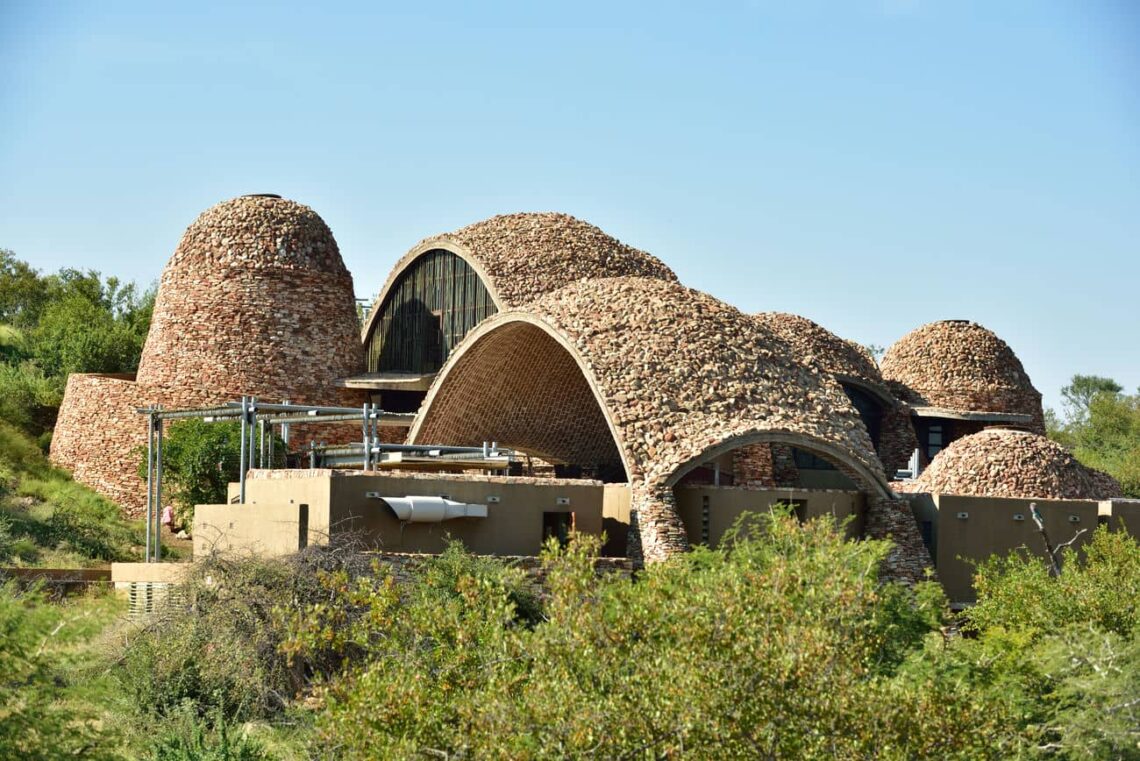
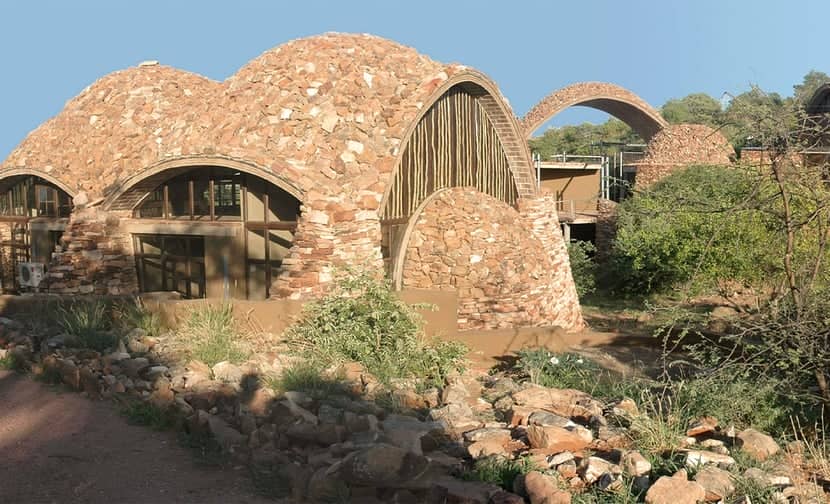
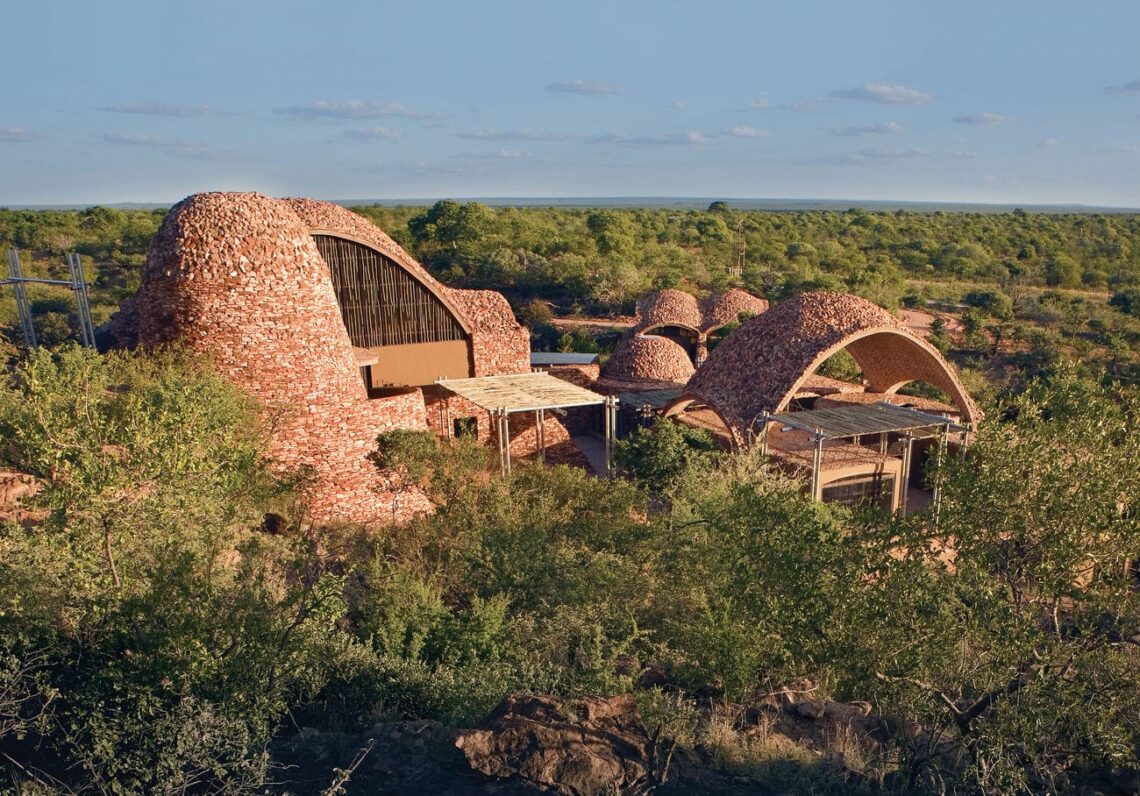
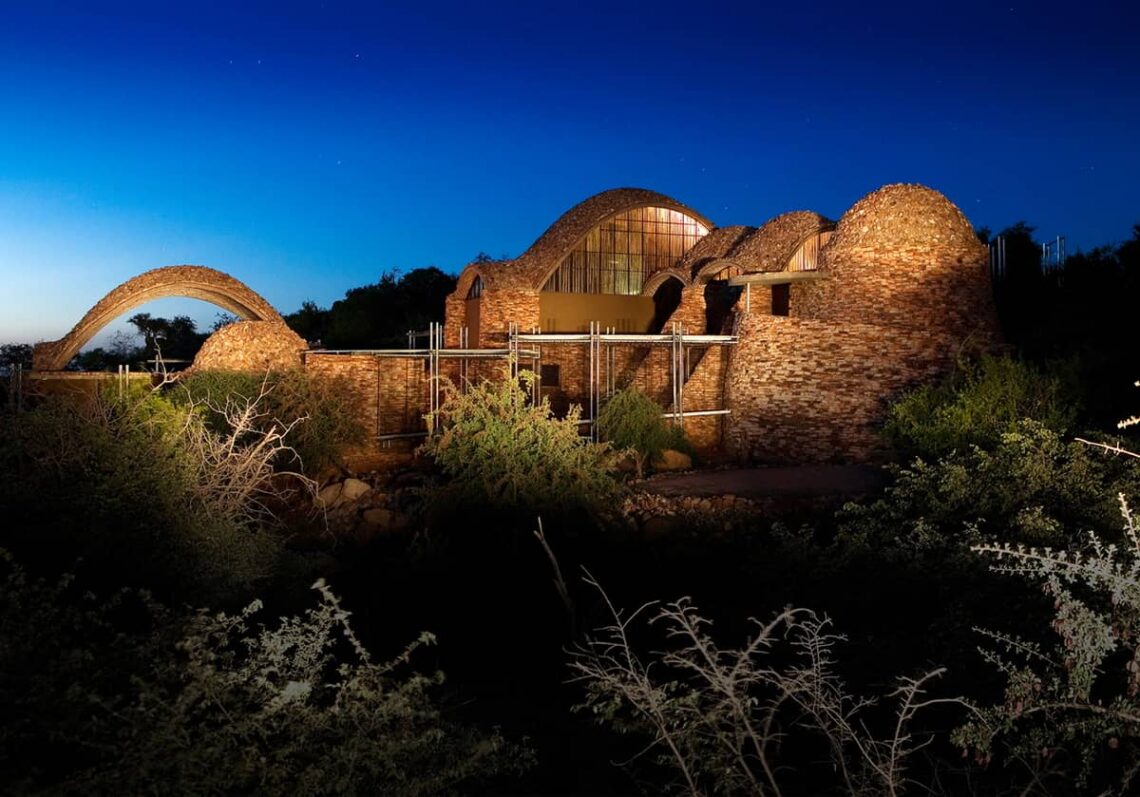
The Mapungubwe Interpretation Centre has a total area of 16,146 square feet (1,500 square meters) and includes exhibition spaces, tourist facilities, and offices for the park staff. The exhibition spaces display the artifacts and stories of the Mapungubwe kingdom, such as gold ornaments, pottery, and trade beads. The tourist facilities provide information, restrooms, and a café. The offices house the administration and management of the park. The Mapungubwe Interpretation Centre is designed to blend with the landscape and respect the environment. The vaults are oriented to minimize solar heat gain and maximize natural ventilation. The tiles are made of stabilized earth with low embodied energy and carbon footprint. The building uses rainwater harvesting and solar power to reduce its dependence on external resources.
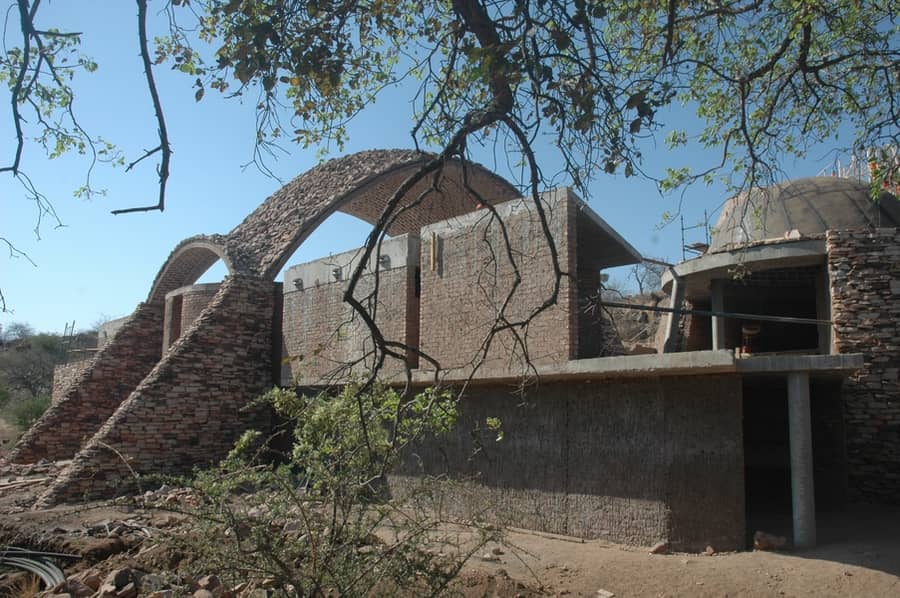
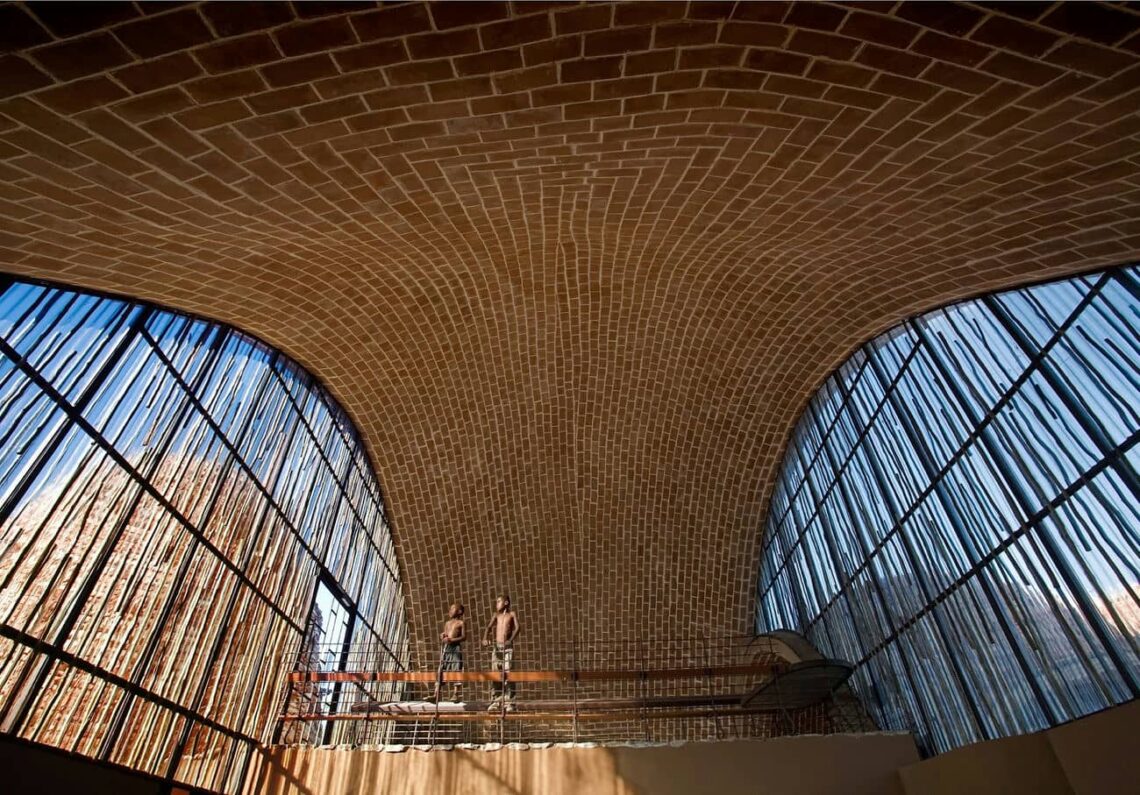
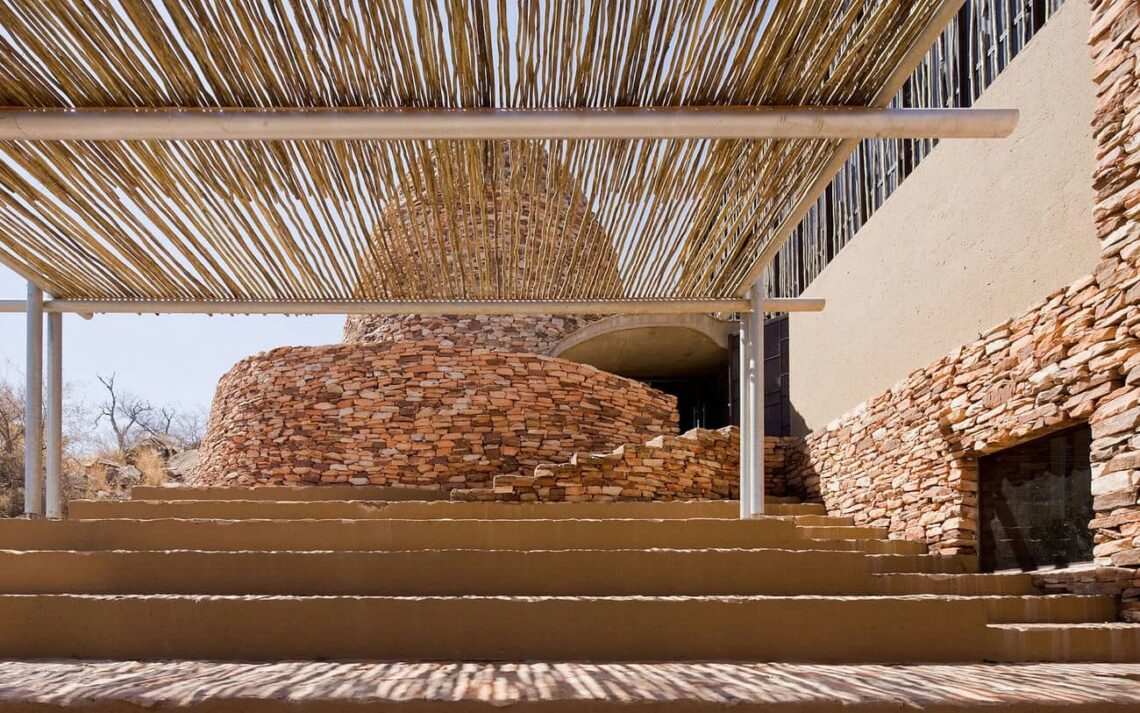
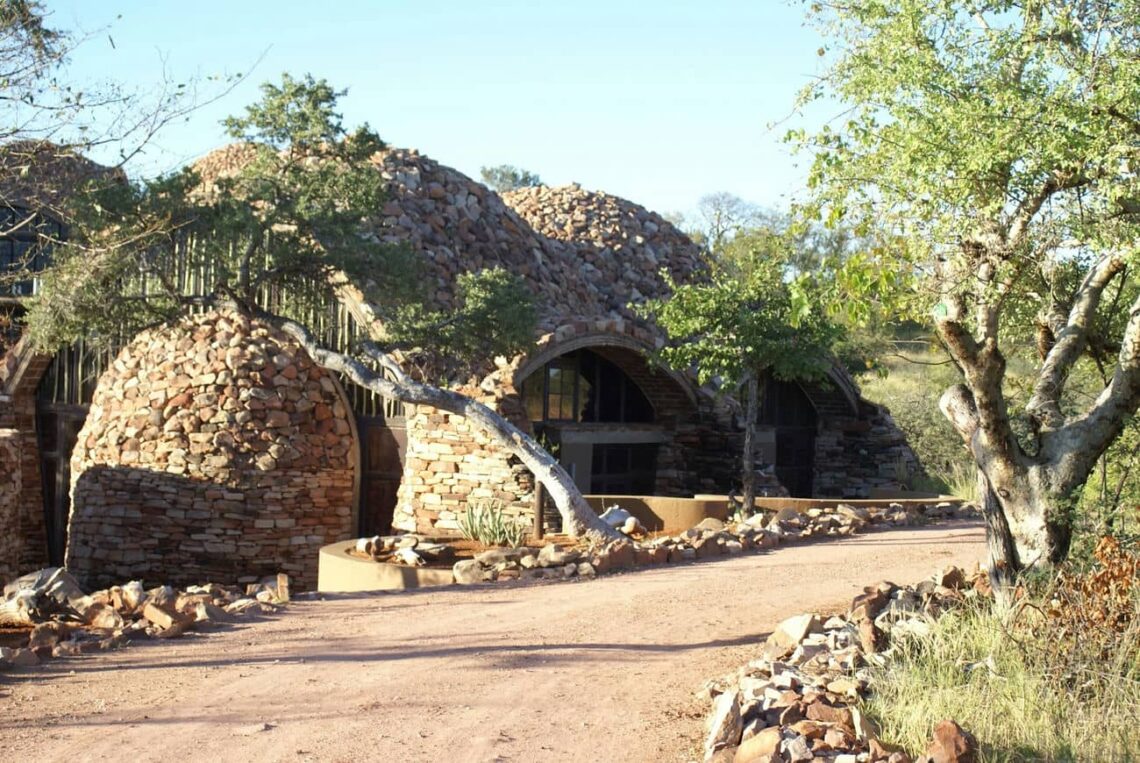
The Mapungubwe Interpretation Centre is also a social project that aims to benefit the local community. The center’s construction employed more than 100 local people for a year, who learned new skills and earned income. The center also supports the park’s development, which creates more job opportunities and tourism revenue for the region. The center is a symbol of the cultural identity and pride of the local people.
5. Great Mosque of Djenne
The Great Mosque of Djenne is a large building made of mud bricks in the Sudano-Sahelian style of architecture. It is a place of Muslim worship and a symbol of the community of Djenne, Mali. It is also one of the most famous landmarks in Africa and a World Heritage Site. The Great Mosque of Djenne is located in Djenne, Mali, on the flood plain of the Bani River. Djenne is one of the oldest cities in sub-Saharan Africa and a former center of trade, learning, and Islam. The Great Mosque of Djenne was built around the 13th century by King Koi Konboro, the first Muslim ruler of Djenne. It was rebuilt several times over the centuries, and the current structure dates from 1907. It is maintained by the residents, who re-plast it with mud yearly during a festival called the Crépissage de la Grand Mosquée.
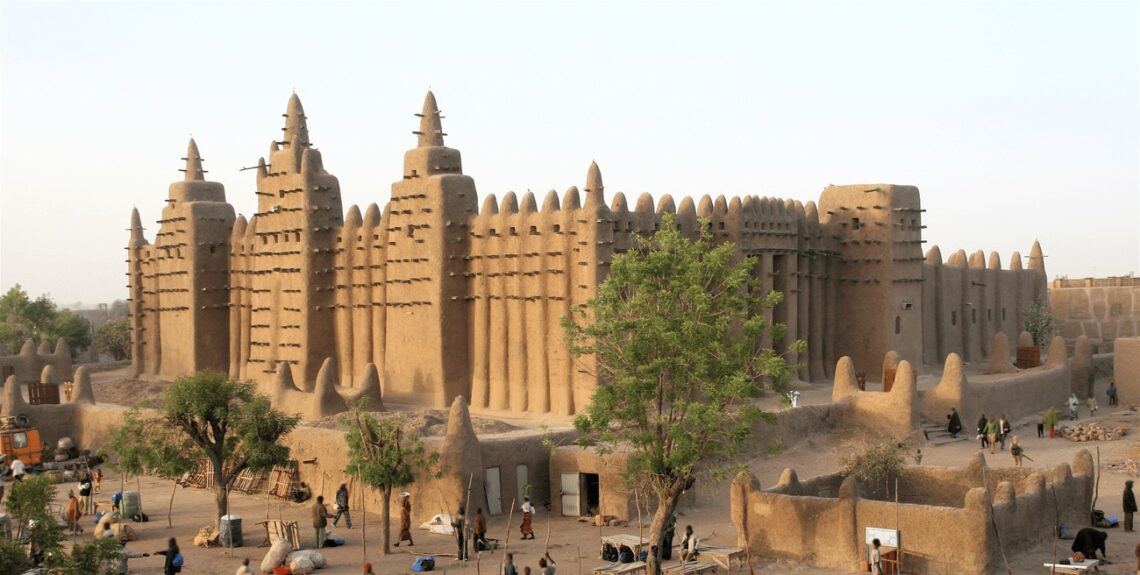
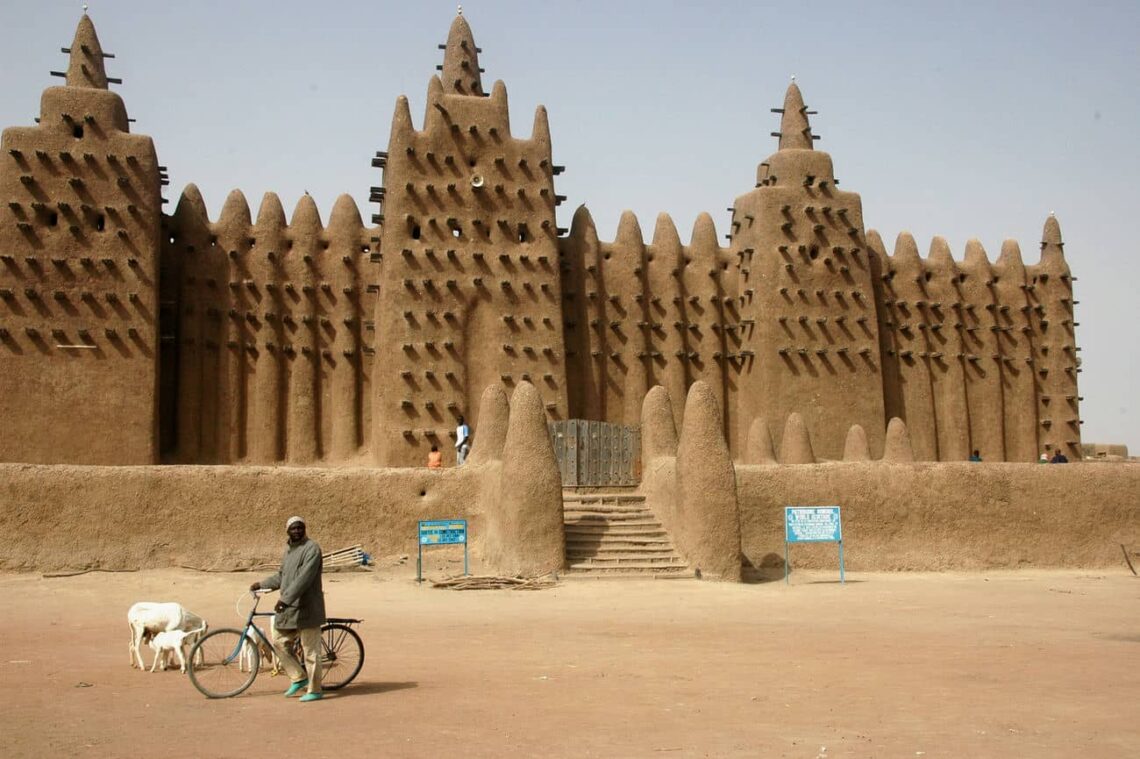
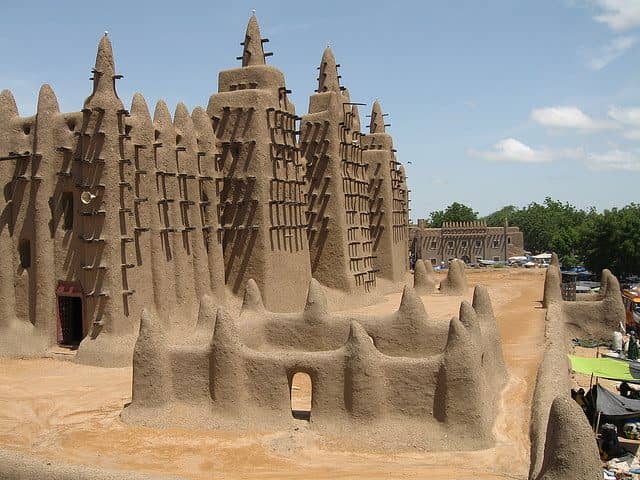
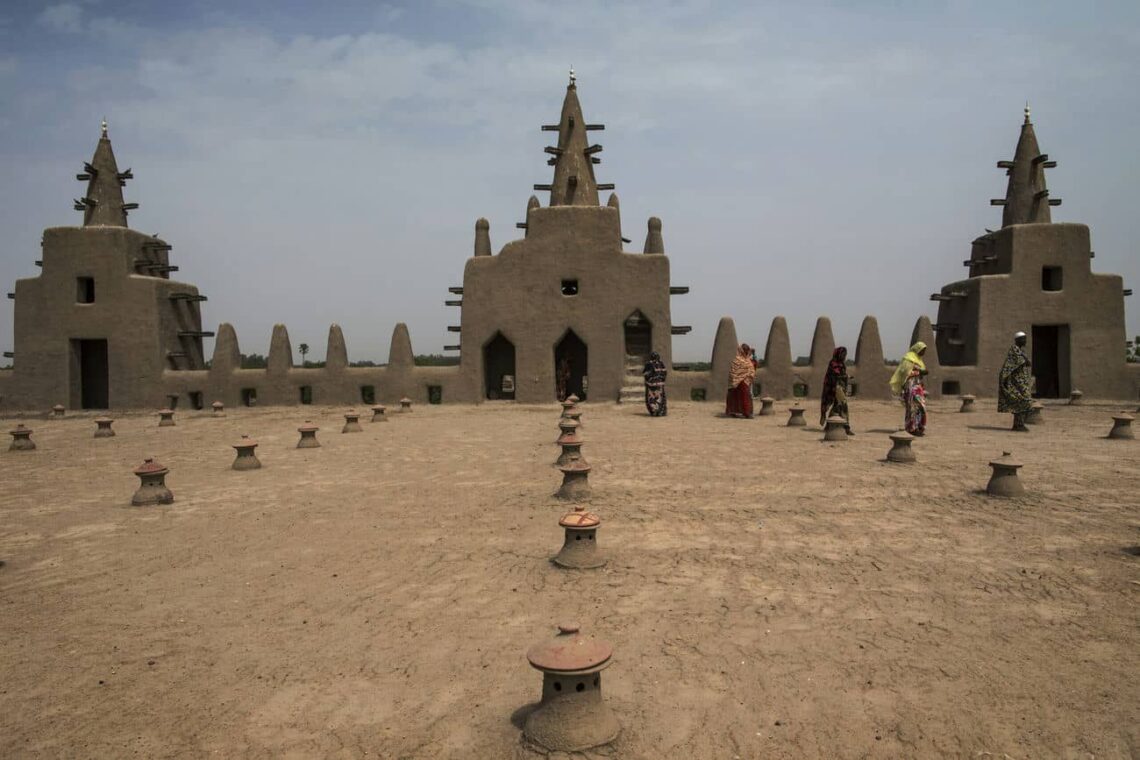
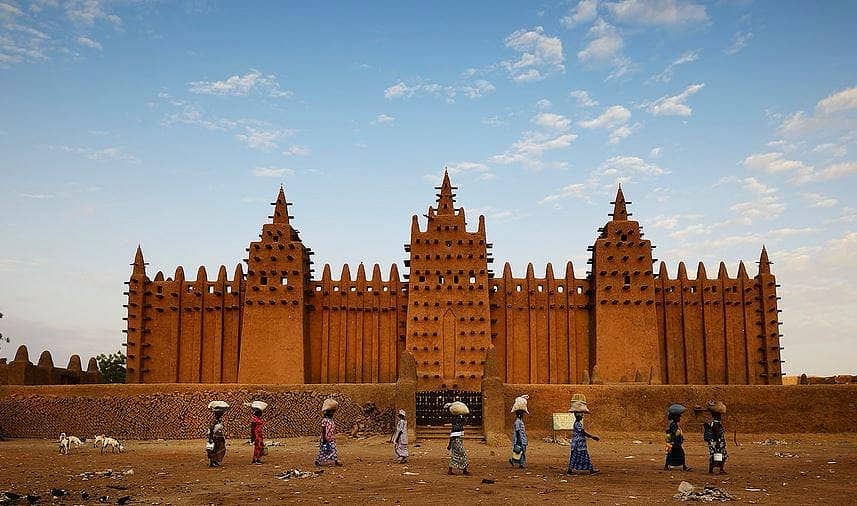
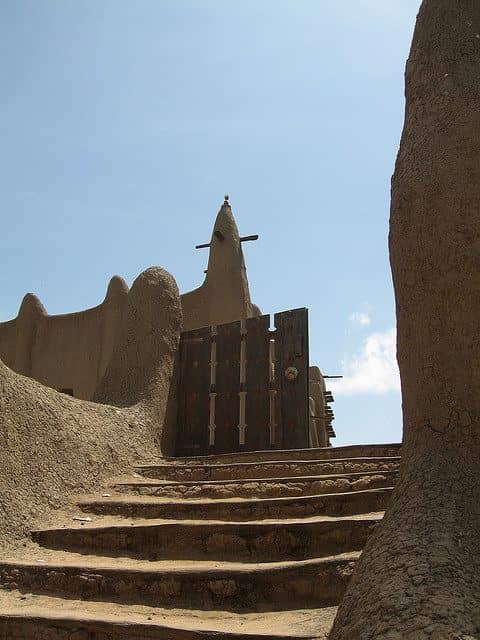
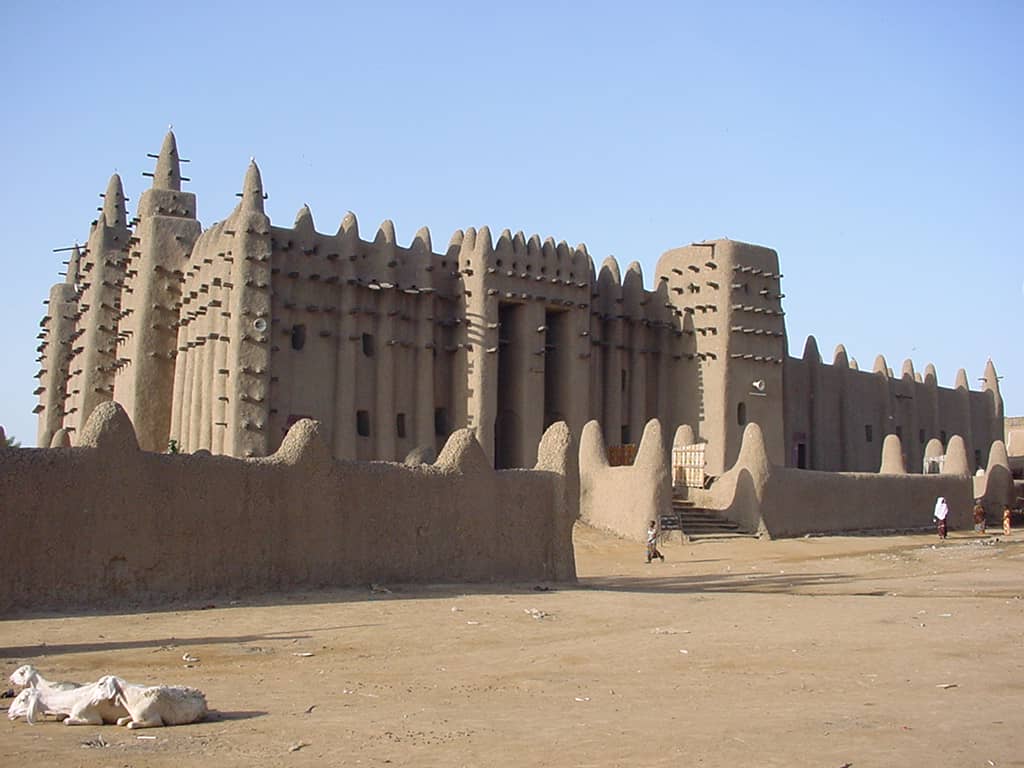
The Great Mosque of Djenne represents the Sudano-Sahelian architectural style, characterized by mud bricks, adobe plaster, wooden beams, and toron (rods of palm wood). The style is influenced by the local climate, materials, and traditions of West Africa. It is also adapted to the Islamic requirements of prayer and orientation. The historical design influences visible in the Great Mosque of Djenne include the pre-Islamic vernacular architecture of the region, such as the Tukulor huts and the Tellem cliff dwellings. The mosque also incorporates Moroccan and Andalusian architectural elements, such as the square minaret, horseshoe arches, and ribbed domes. The mosque is decorated with geometric patterns, ostrich eggs, and ceramic discs.
6. Great Pyramids of Giza
The Great Pyramid of Giza is the largest Egyptian pyramid and served as the tomb of pharaoh Khufu, who ruled during the Fourth Dynasty of the Old Kingdom. It is the oldest and only Seven Wonders of the Ancient World. It is the most famous monument of the Giza pyramid complex, part of the UNESCO World Heritage Site “Memphis and its Necropolis.” The Great Pyramid of Giza is located on the Giza plateau near the modern city of Cairo, on the west bank of the Nile River in northern Egypt. It is at the north end of the line of the three pyramids at Giza, along with the pyramids of Khafre and Menkaure. The Great Pyramid of Giza was built in the early 26th century BC for about 27 years, during the reign of Khufu, the second king of Egypt’s 4th dynasty. He was also known as Cheops in Greek sources. The pyramid was constructed by quarrying an estimated 2.3 million large blocks weighing 6 million tonnes and transporting them by boat and sled to the site.
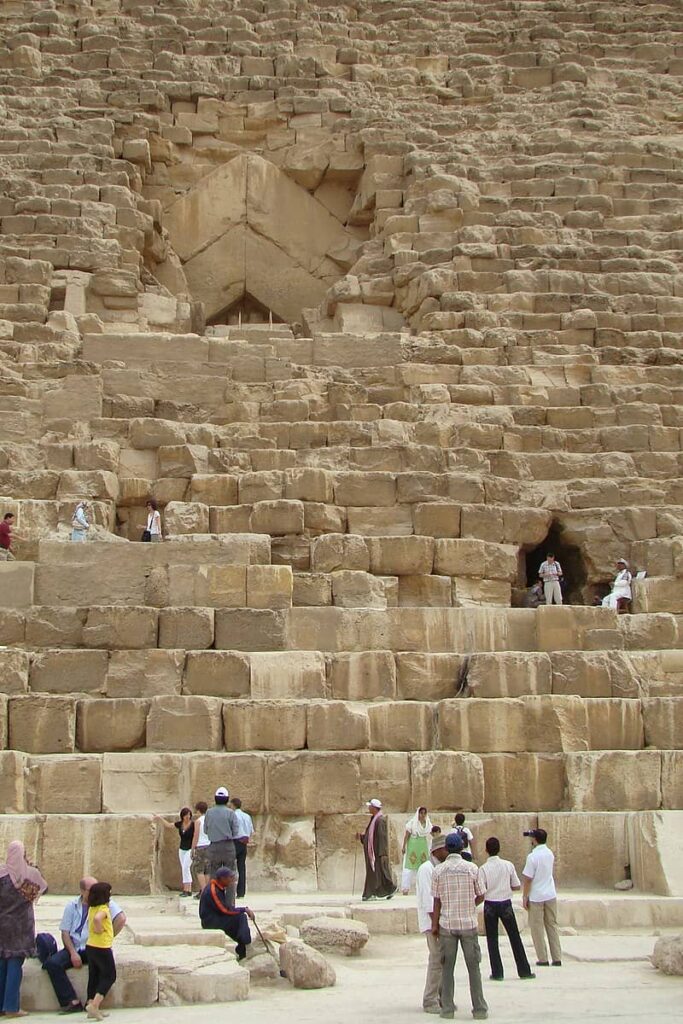
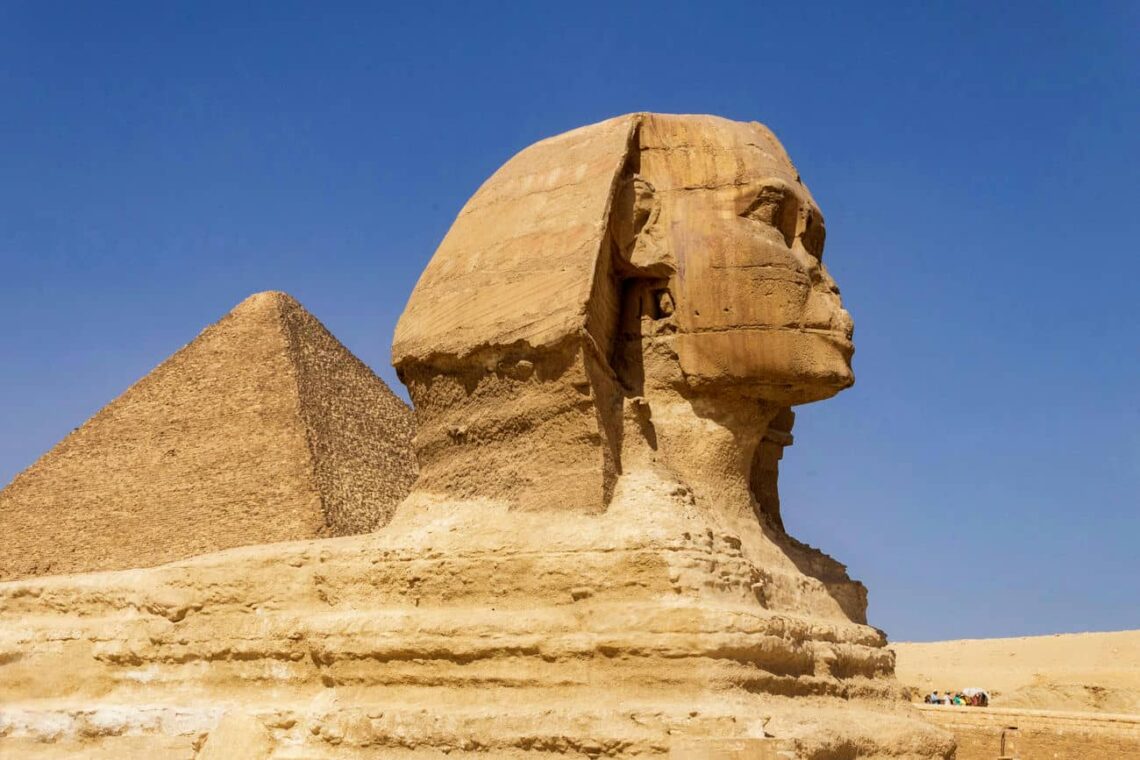
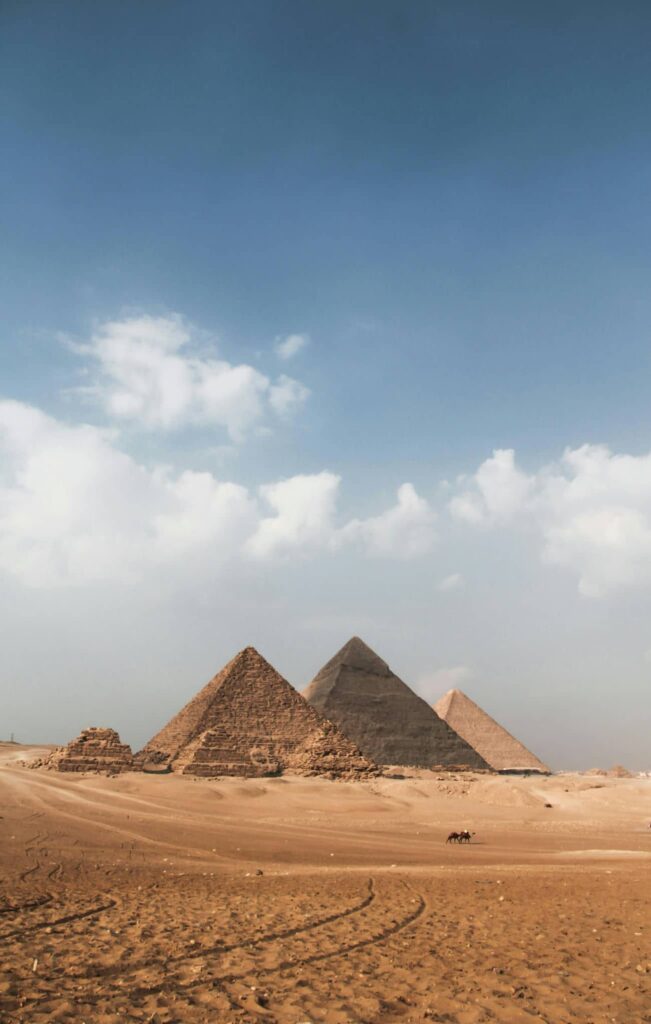
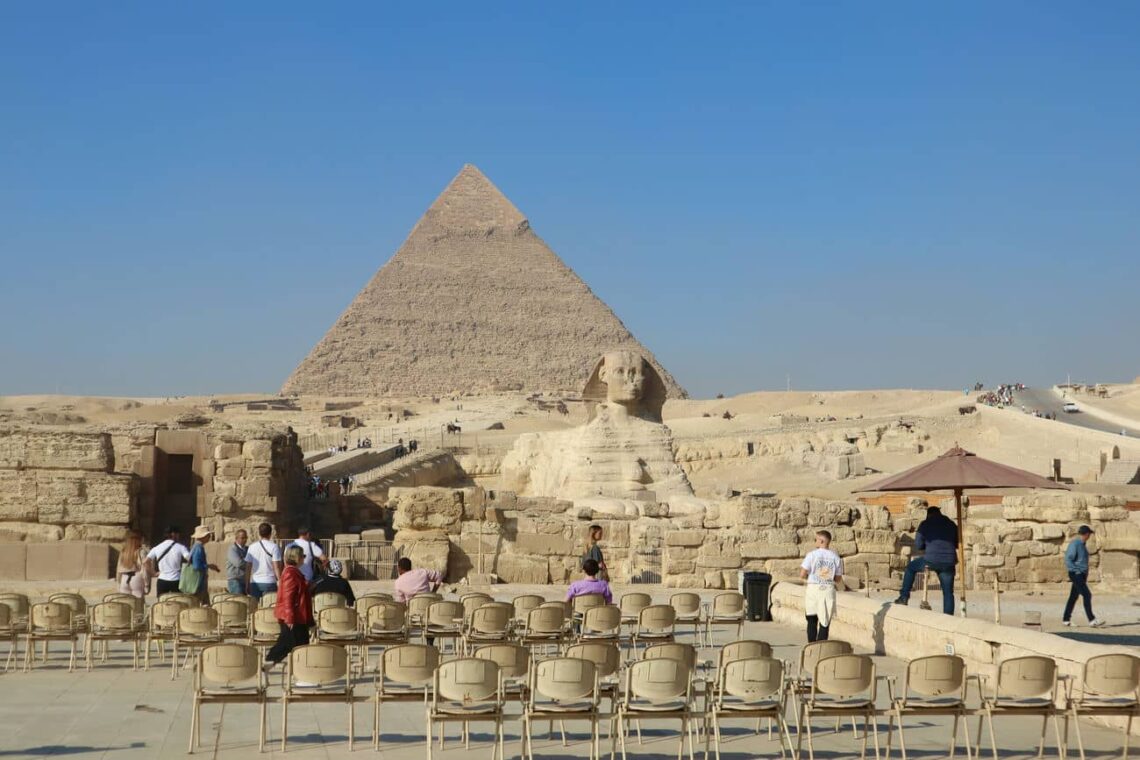
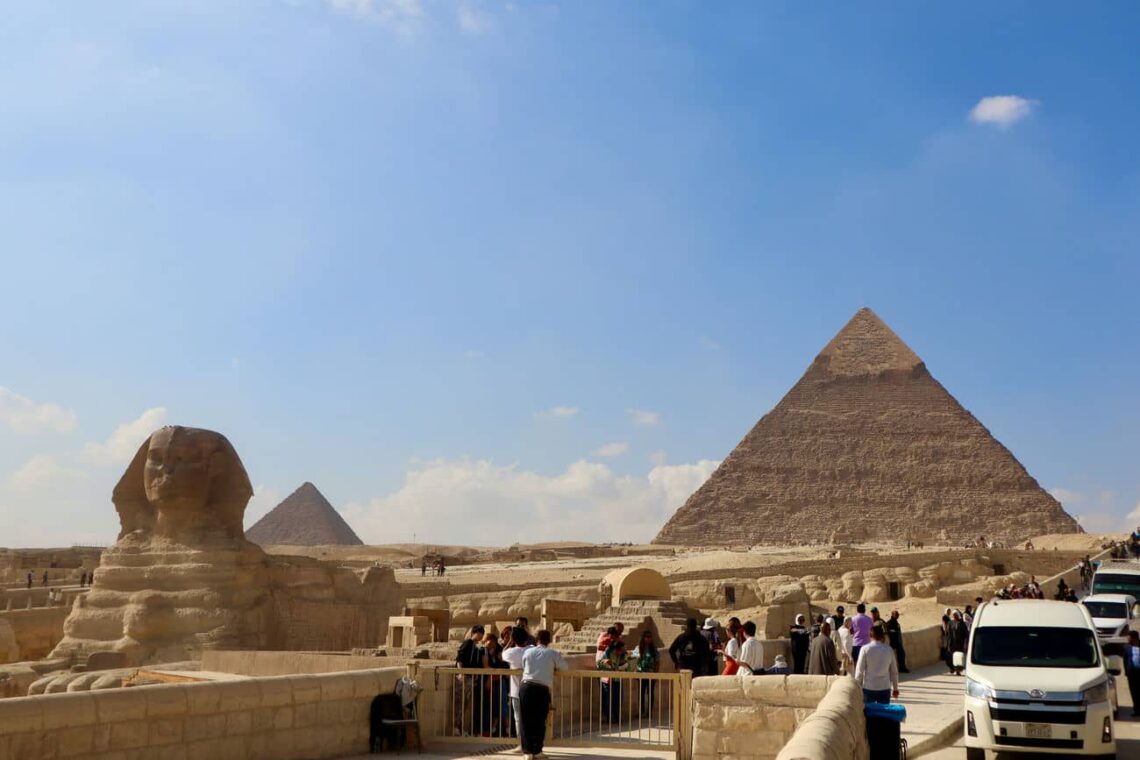
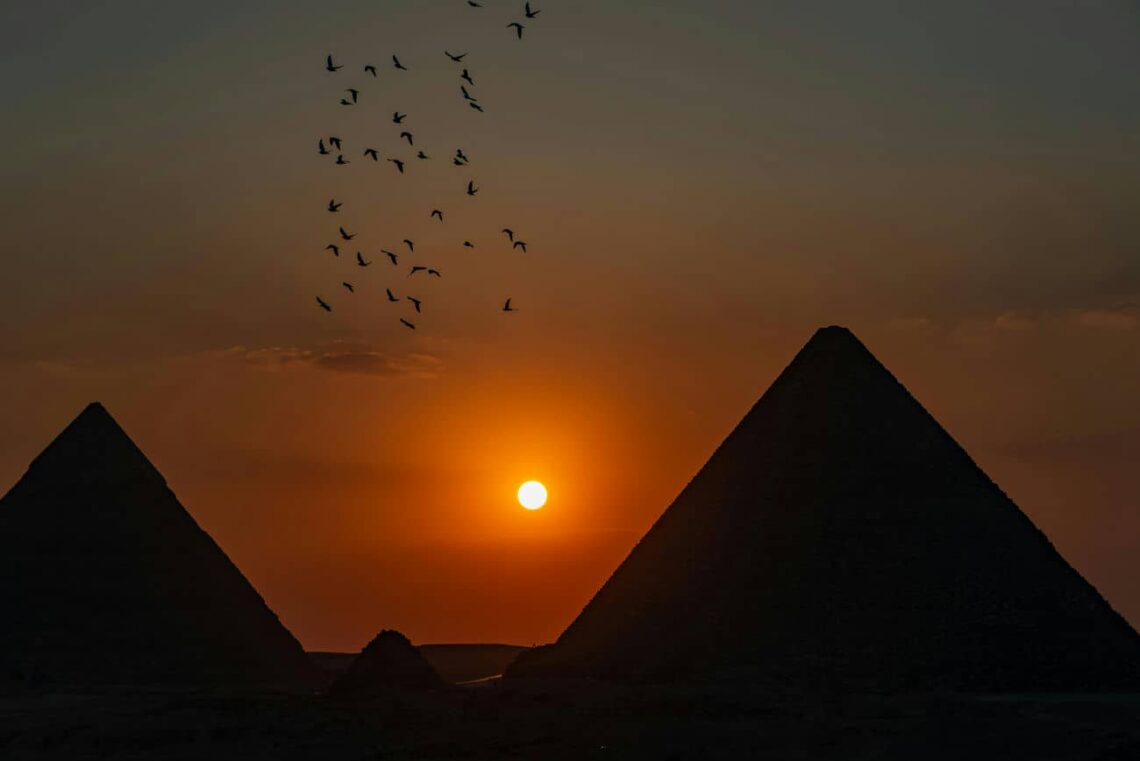
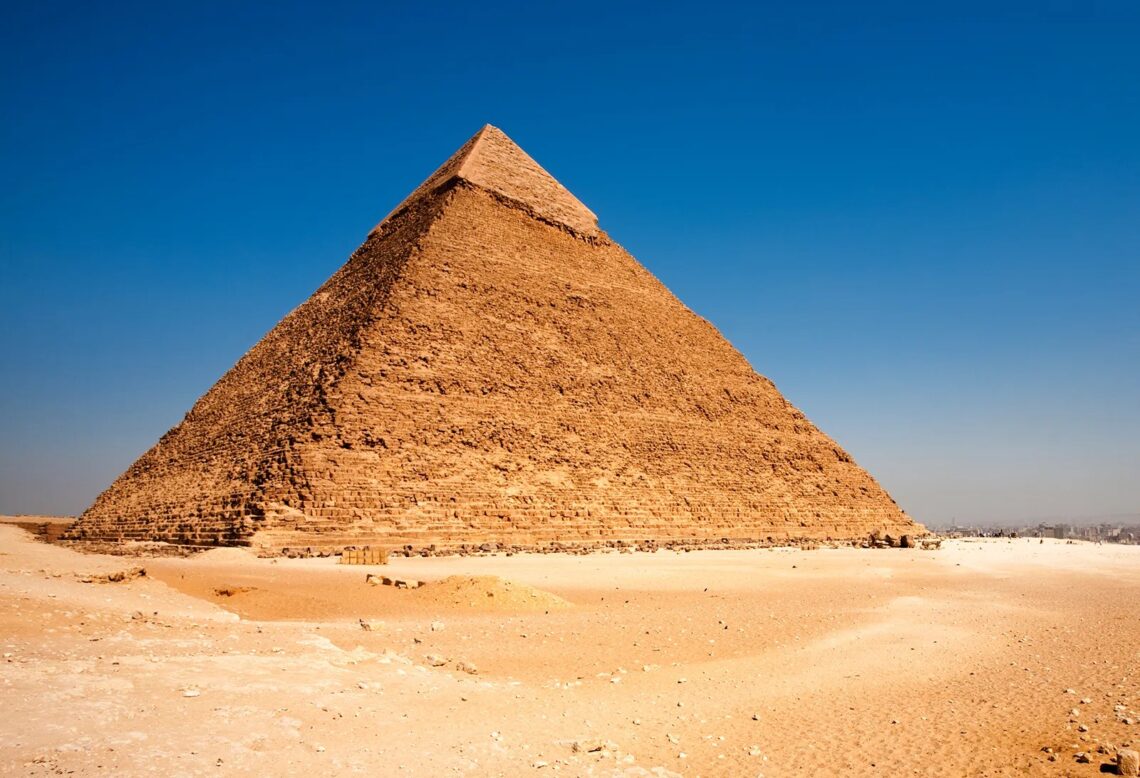
The Great Pyramid of Giza represents the architectural trend or movement of pyramid building, a common practice in ancient Egypt for royal tombs. Pyramids were symbols of the pharaoh’s power and connection to the gods and were designed to protect and preserve their bodies and belongings for the afterlife. The pyramid shape was also believed to reflect the primordial mound of creation from which the sun god emerged. The Great Pyramid of Giza shows the historical design influences of earlier pyramids, such as the Step Pyramid of Djoser, the Bent Pyramid of Sneferu, and the Red Pyramid of Sneferu. These pyramids were experiments in finding the best shape, size, and angle for a stable and durable structure. The Great Pyramid of Giza culminated these trials, achieving the perfect proportions and dimensions for a true pyramid. It also incorporated advanced engineering and mathematical techniques, such as using pi and the golden ratio.
7. Luxor Temple
Luxor Temple is an ancient Egyptian temple complex located on the east bank of the Nile River in Luxor, which was once the capital of ancient Egypt under Thebes. The temple was built around 1400 BCE by various pharaohs, mainly Amenhotep III and Ramses II, and was dedicated to Amun, the king of the gods in Egyptian mythology. Luxor Temple was the site of important religious ceremonies, such as the Opet Festival, which celebrated the rejuvenation of the pharaoh’s kingship and the union of Amun with his consort Mut and their son Khonsu. The temple also served as a coronation place for some pharaohs, such as Alexander the Great, who claimed to be crowned at Luxor but may never have visited the temple.
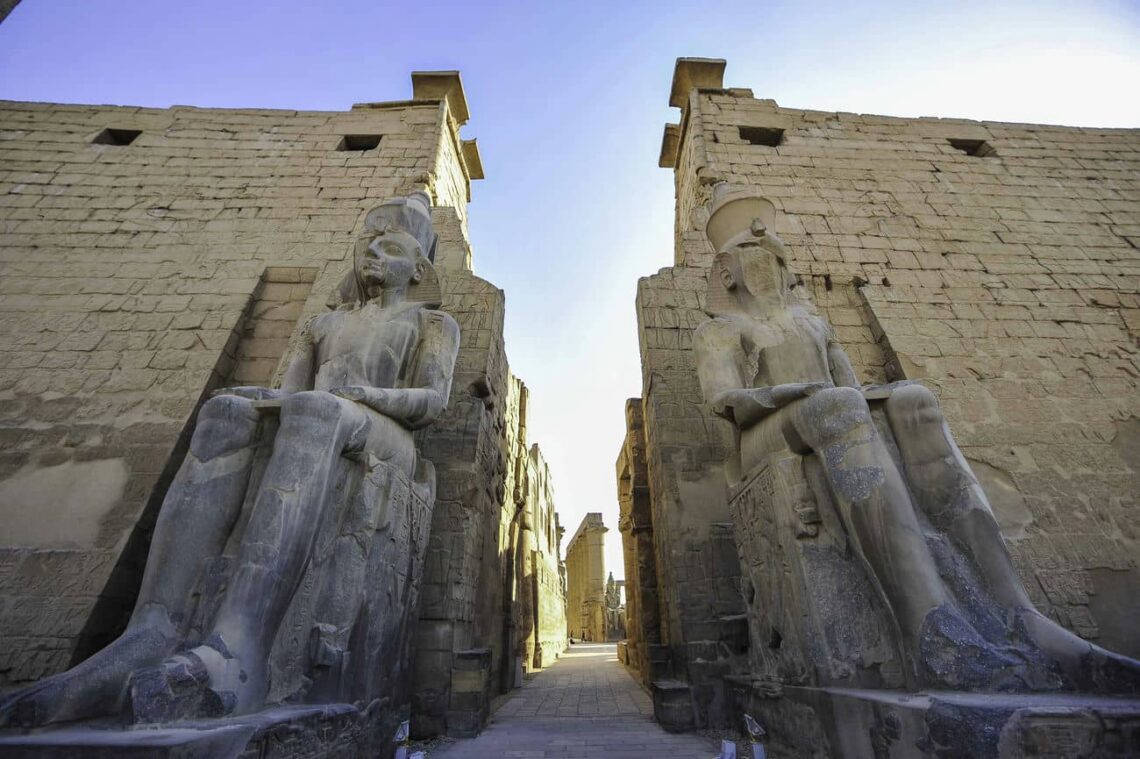
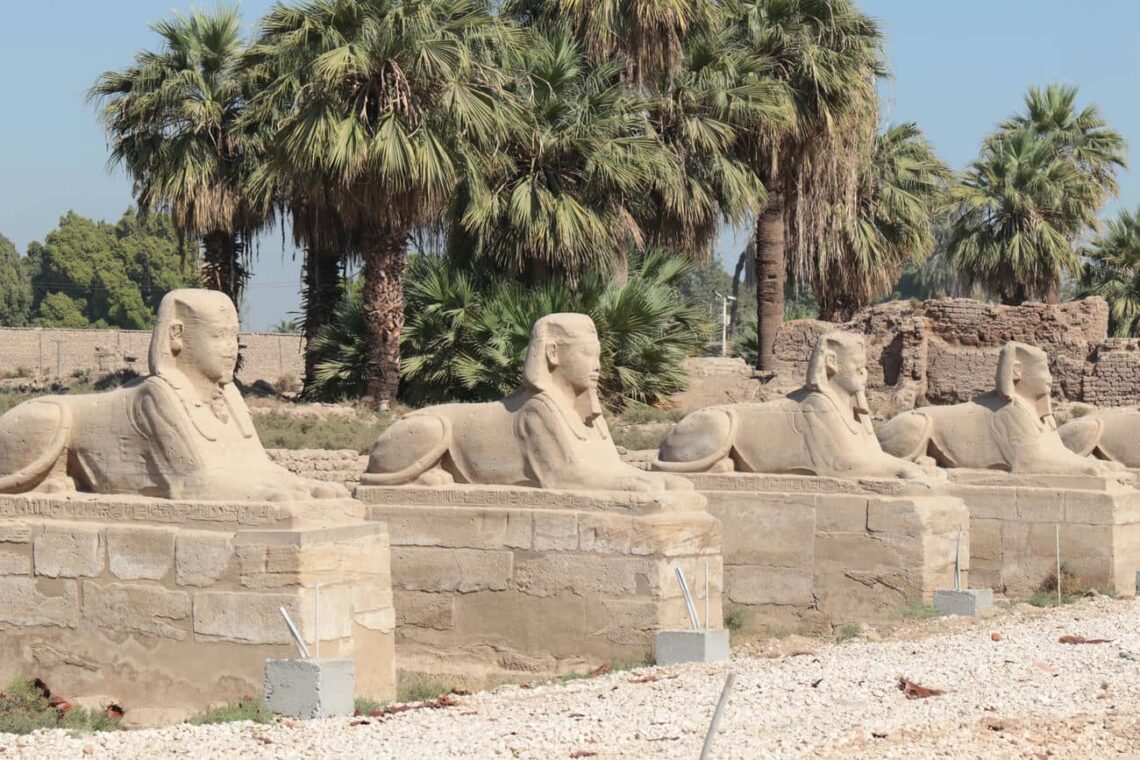
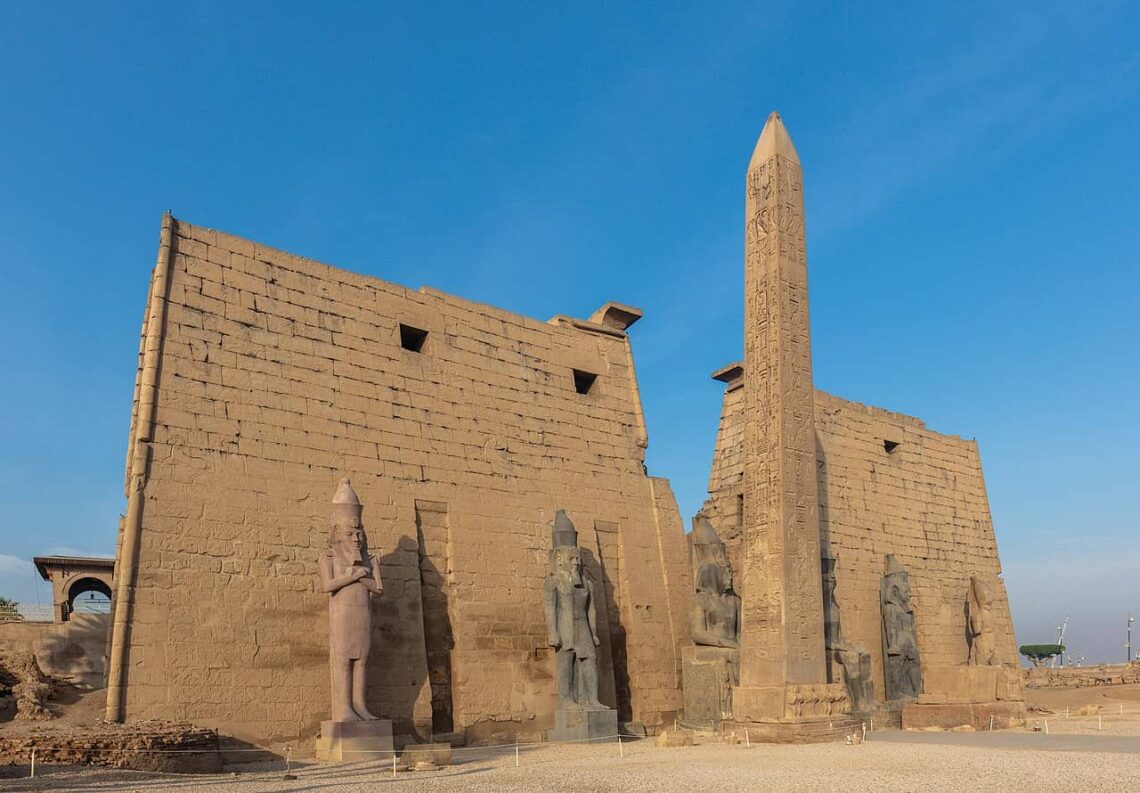
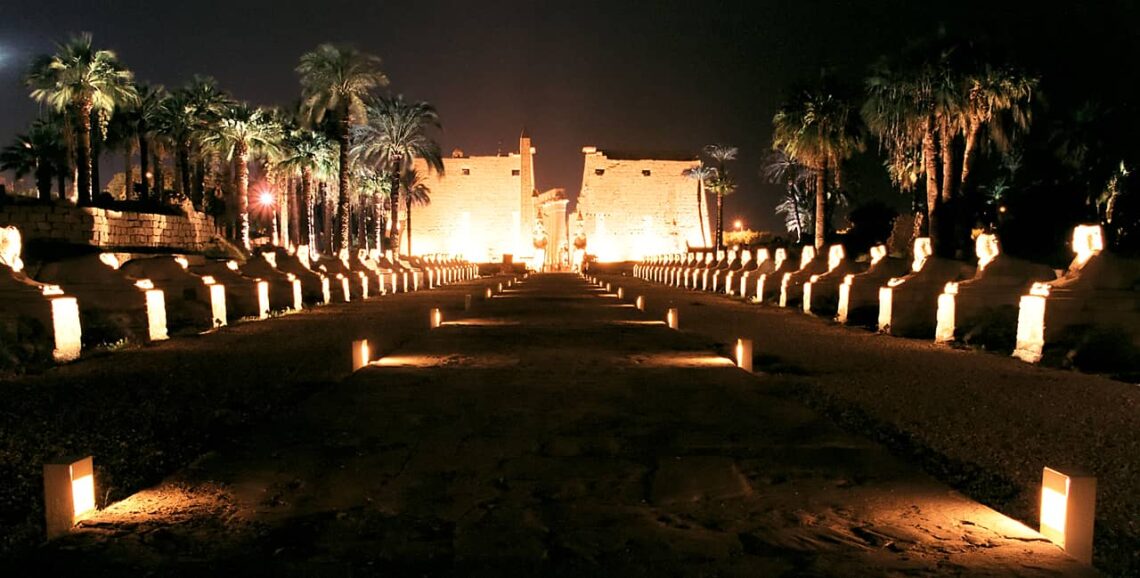
Luxor Temple has a long and complex construction, destruction, and restoration history. It consists of several sections, such as the first pylon, which is the main entrance to the temple and is decorated with scenes of Ramses II’s military victories; the Great Colonnade Hall, which has 28 columns and walls adorned with reliefs of Tutankhamun and Horemheb; the Court of Amenhotep III, which has a double row of papyrus columns and statues of the pharaoh and his family; and the inner sanctuaries, which contain the shrines of Amun, Mut, and Khonsu. Luxor Temple also has two obelisks, one taken to Paris in 1833 and now stands at the Place de la Concorde. The other remains at Luxor and is 82 feet (25 meters) high. The obelisks were symbols of the sun god Ra and were erected to honor Amun and his consort.
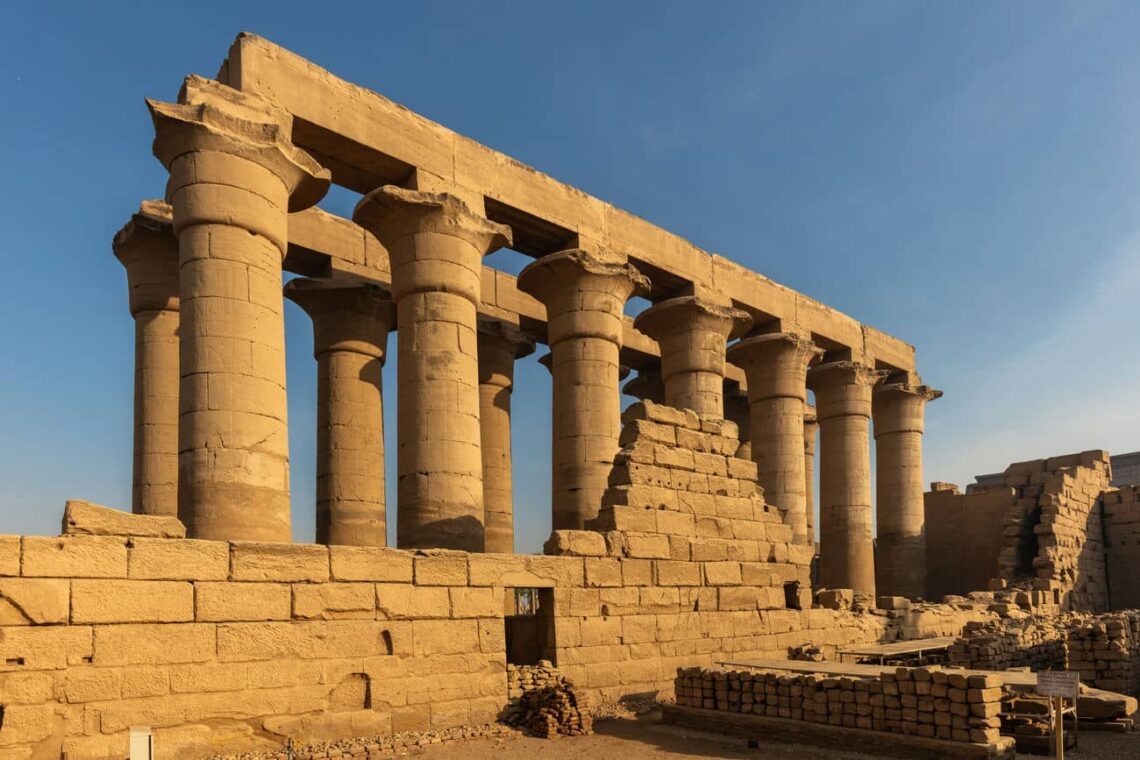
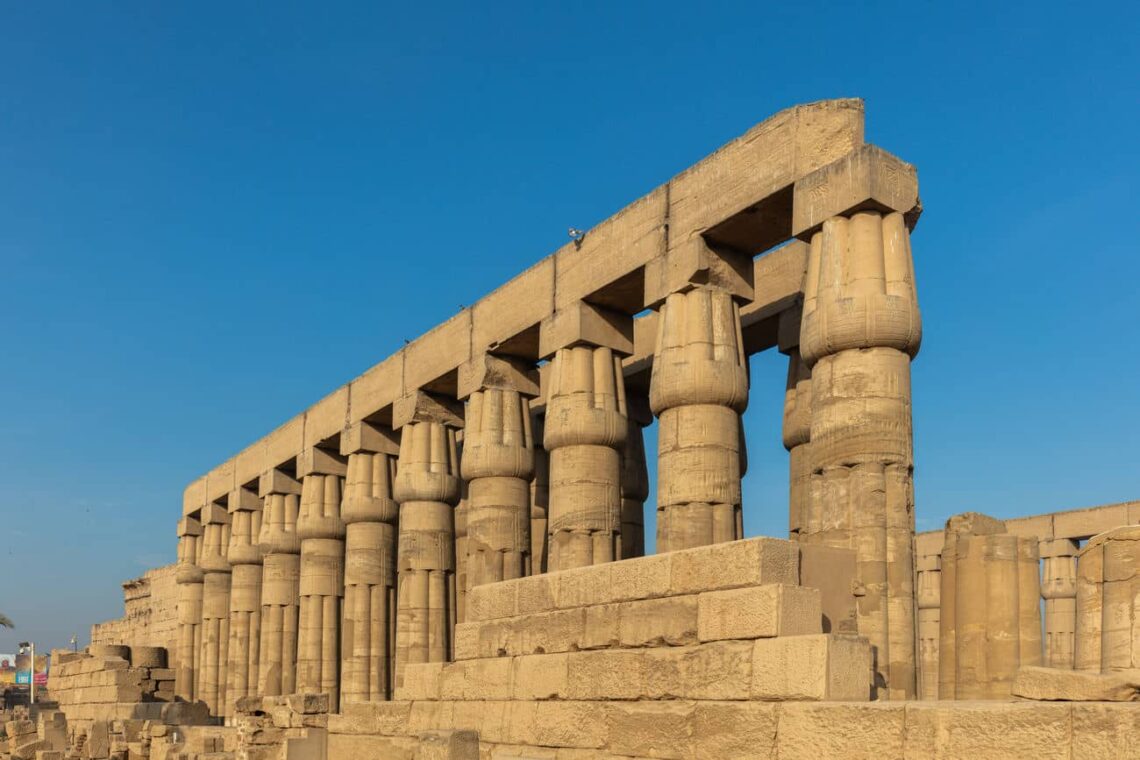
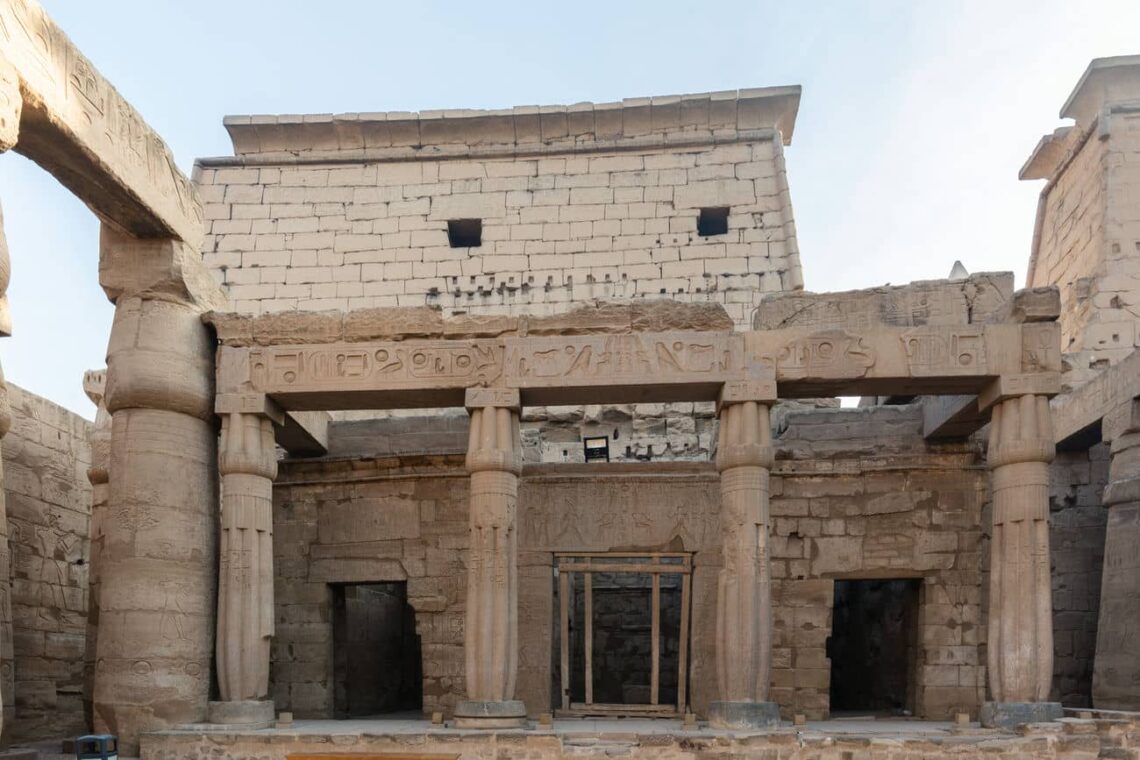
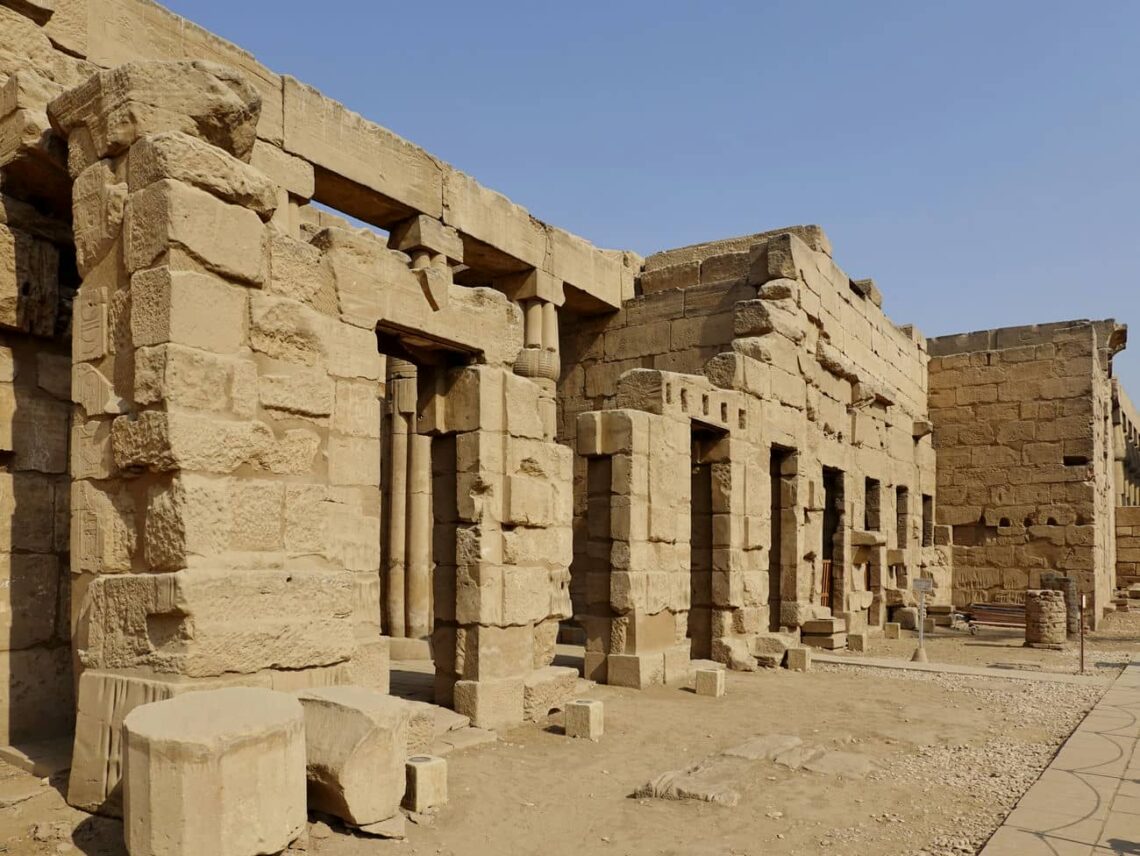
Luxor Temple was surrounded by other buildings and structures, such as a sacred lake, a birth house, a temple of Serapis, and a Roman legionary fortress. The temple was also connected to the Karnak Temple, another major temple of Amun, by a 1.9-mile (3-kilometer) long avenue of sphinxes, which are mythical creatures with the body of a lion and the head of a human or an animal. Luxor Temple is one of the most visited and preserved monuments in Egypt. It was declared a UNESCO World Heritage Site in 1979 as part of the ancient Thebes necropolis. The temple has undergone several conservation and restoration projects, such as the one conducted by the World Monuments Fund between 2001 and 2007, which treated and consolidated over 1,000 blocks and fragments of the temple.
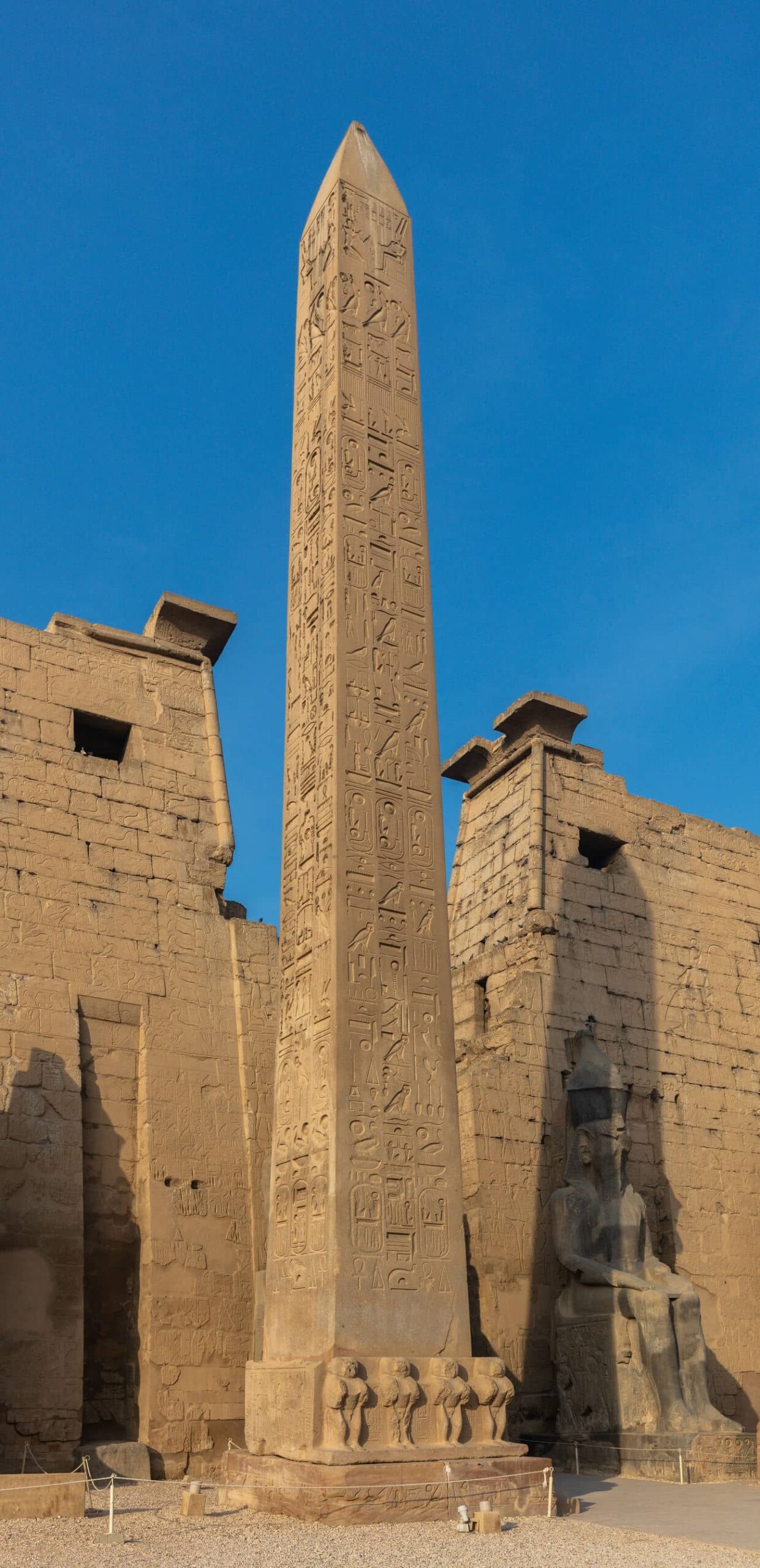
8. Great Mosque of Kairouan
The Great Mosque of Kairouan is one of the oldest and largest Islamic monuments in North Africa. It is located in Kairouan, Tunisia, and was founded by the Arab general Uqba ibn Nafi in 670 CE. The mosque was built in the same year as the city and has been rebuilt and expanded several times. It is a UNESCO World Heritage Site and a model for all later mosques in the region.
The Great Mosque of Kairouan has a rectangular shape, covering an area of over 97,000 square feet (9,000 square meters). It has a hypostyle prayer hall, a marble-paved courtyard, and a square minaret. The prayer hall has 17 naves and 21 rows of columns, creating a forest of arches that support the wooden roof. The columns are made of various materials, such as marble, granite, and porphyry; some are reused from Roman and Byzantine buildings. The prayer hall also contains the mihrab, or prayer niche, which indicates the direction of Mecca, and the minbar, or pulpit, which is carved from wood and decorated with geometric patterns. Arcades and galleries surround the courtyard, with a central fountain for ablutions. The courtyard has four gates, one on each side, each with a different design and function.
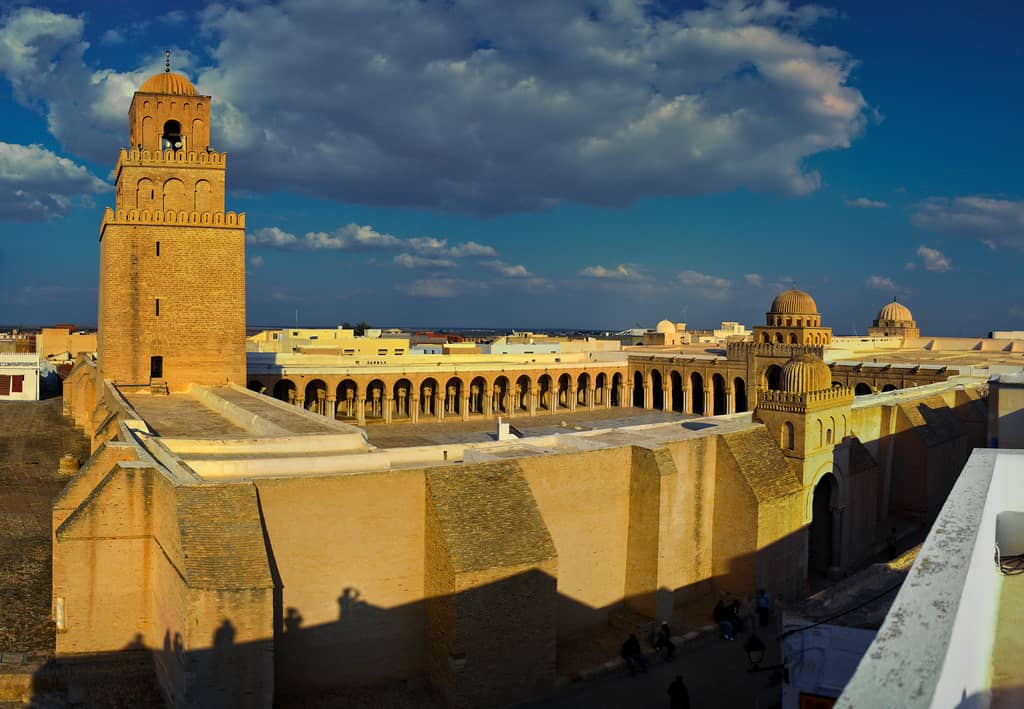
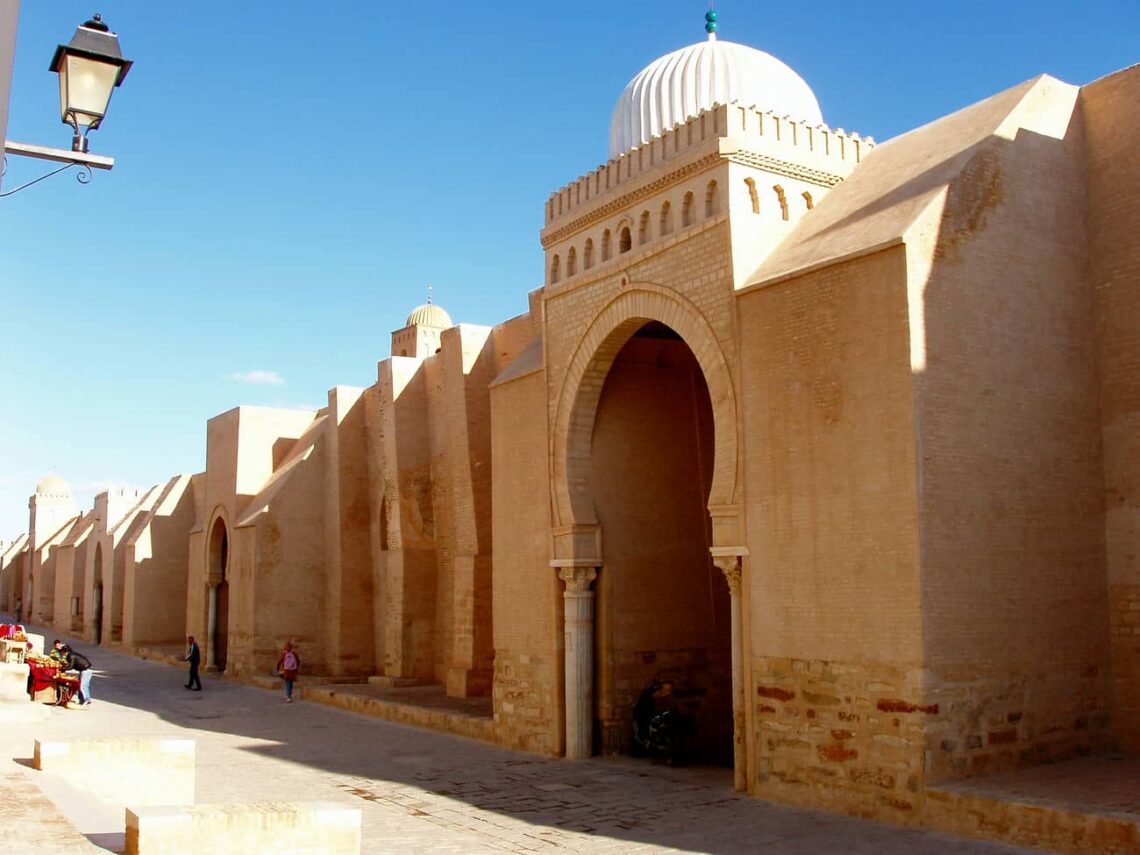
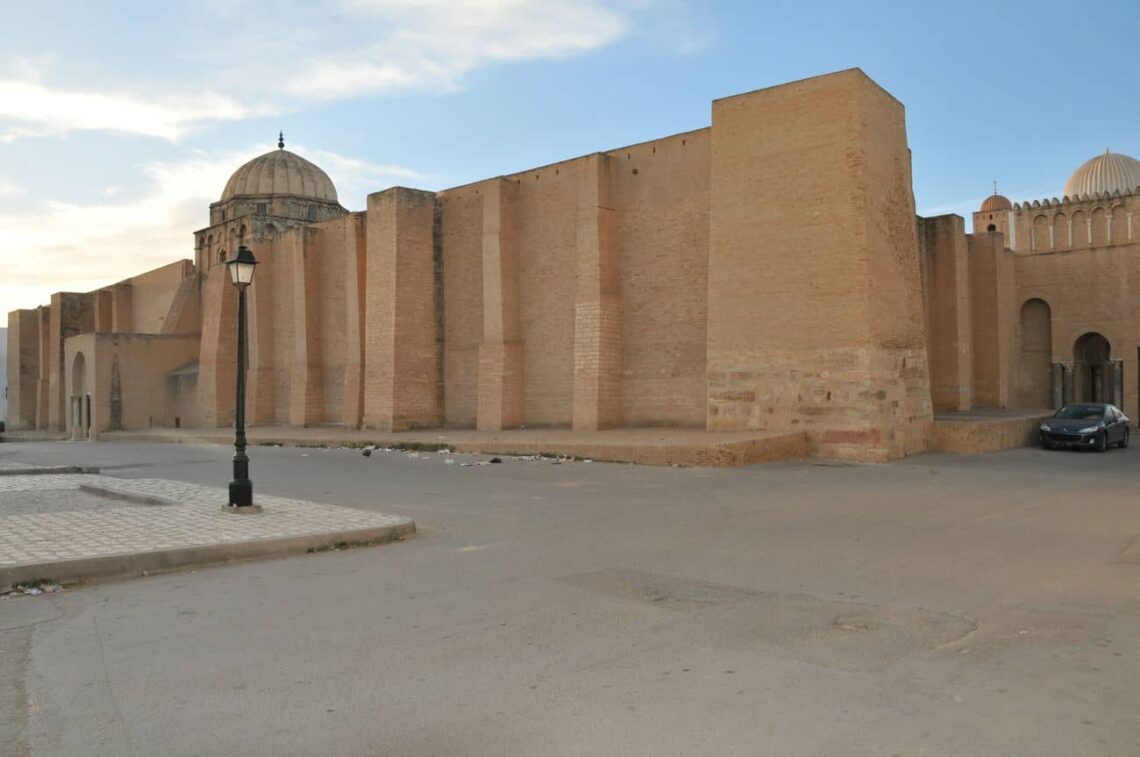
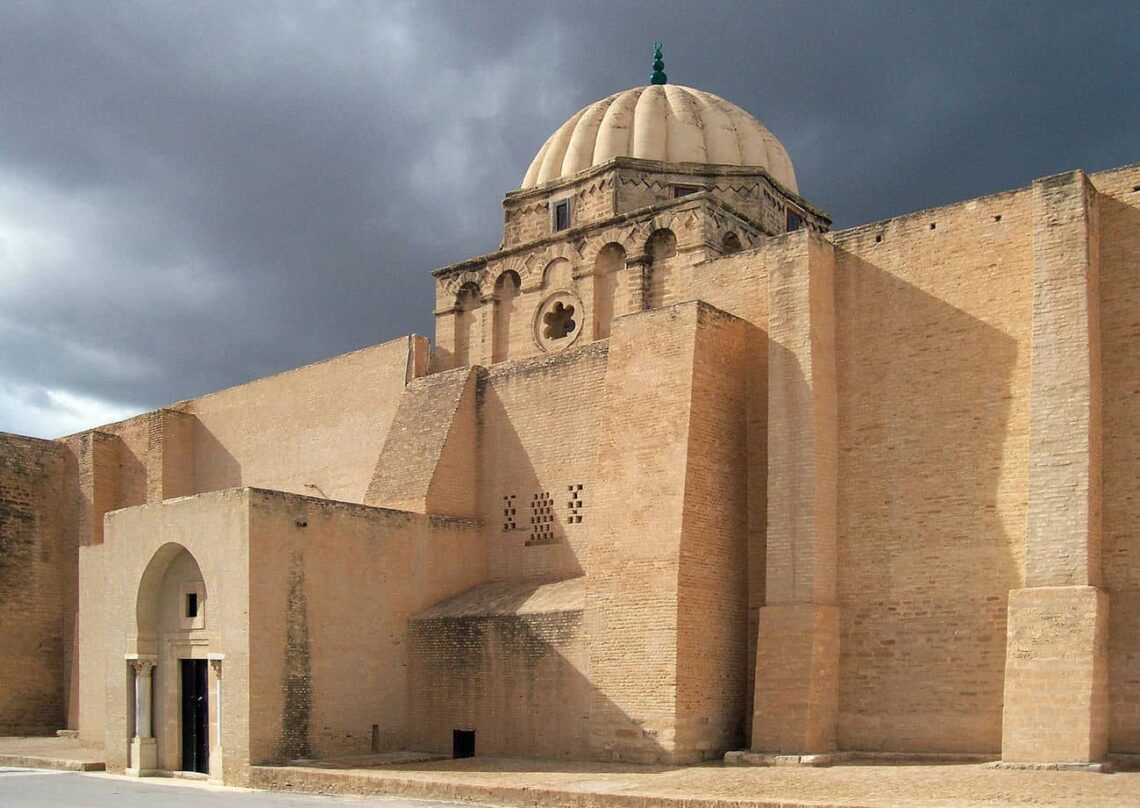
The main gate is the Bab al-Ma, or the Gate of the Barbers, which leads to the prayer hall. It is named after the mausoleum of Abu Zama al-Balaui, a companion of the Prophet Muhammad, who is buried nearby. The gate is flanked by two domes, one covering the entrance to the prayer hall and the other covering the entrance to the mausoleum. The gate is decorated with carved panels and inscriptions and has a horseshoe arch, which is the first Islamic use of this architectural element. The minaret is the oldest standing in the world, dating back to the 8th century. It is 103 feet (31.5 meters) high and has three levels, each with a different shape and size. The lower level is square, the middle level is octagonal, and the upper level is cylindrical. The minaret has four openings on each side for the prayer call. The minaret also has a spiral staircase leading to the roof, with a lantern and a crescent. The minaret is made of stone and brick and has a simple and austere appearance, reflecting the early Islamic style.
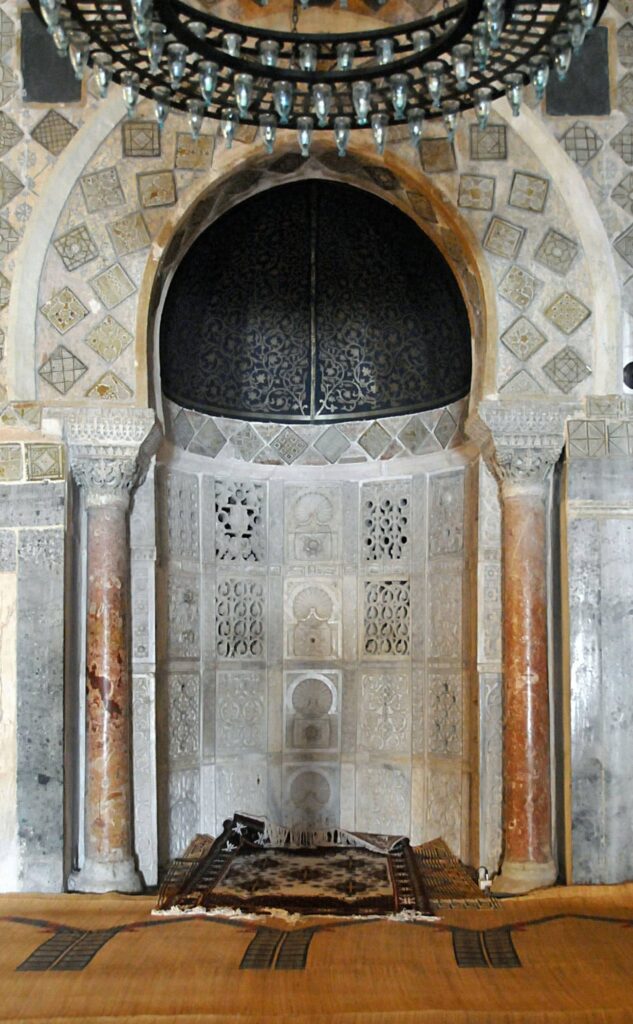
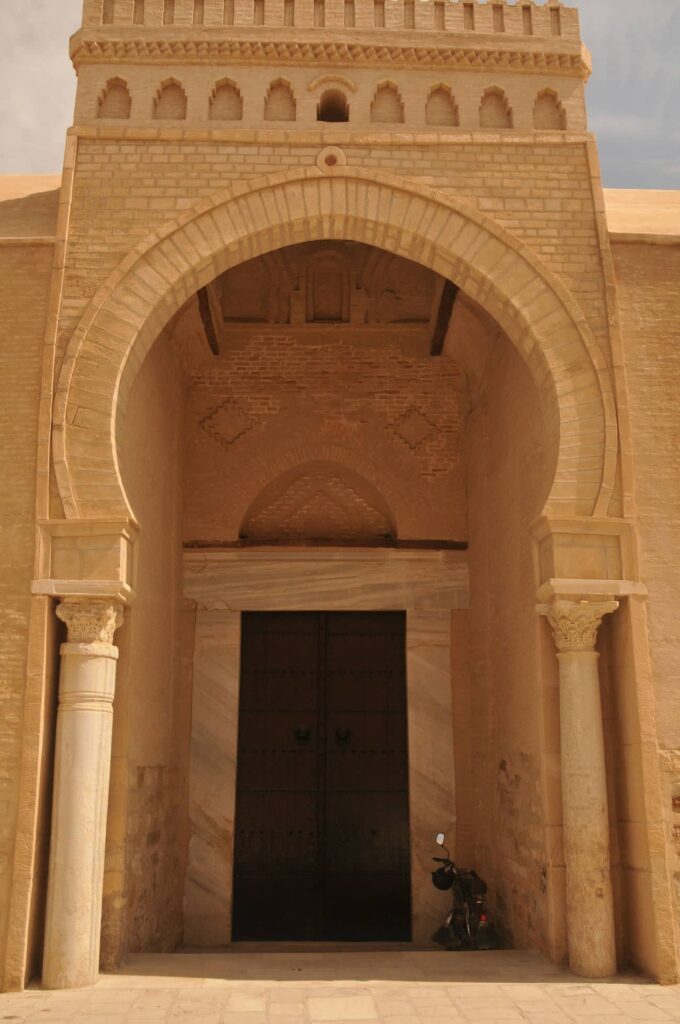
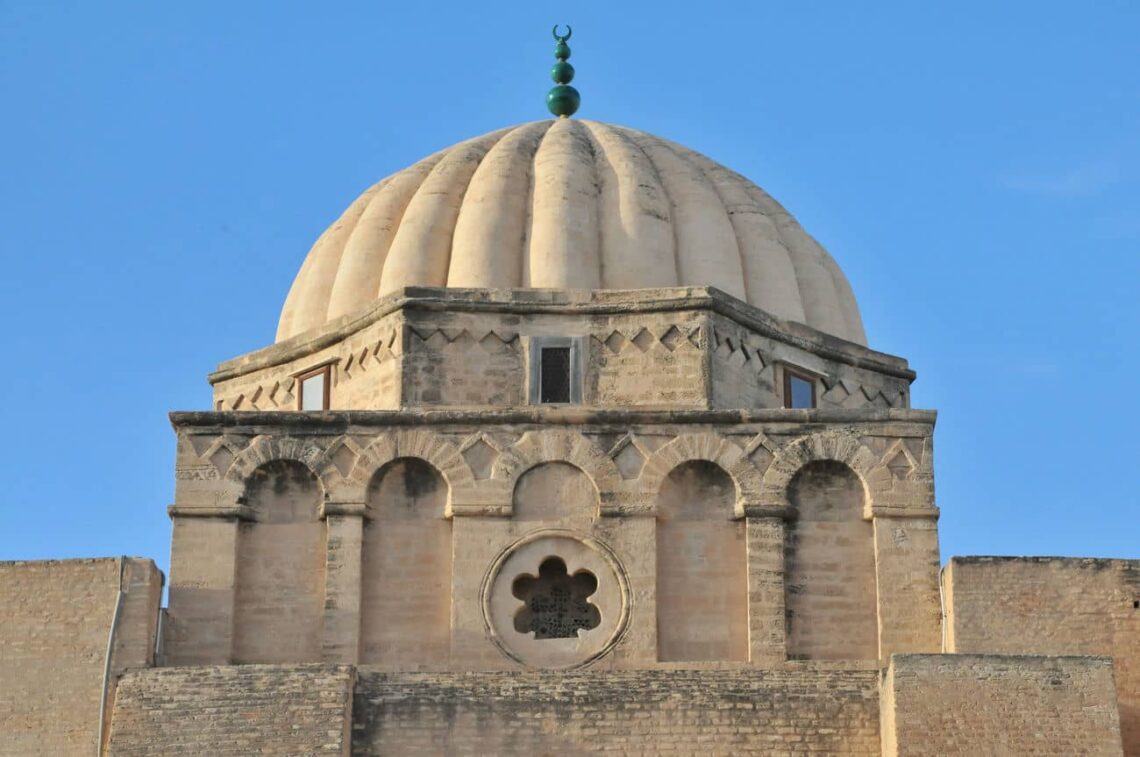
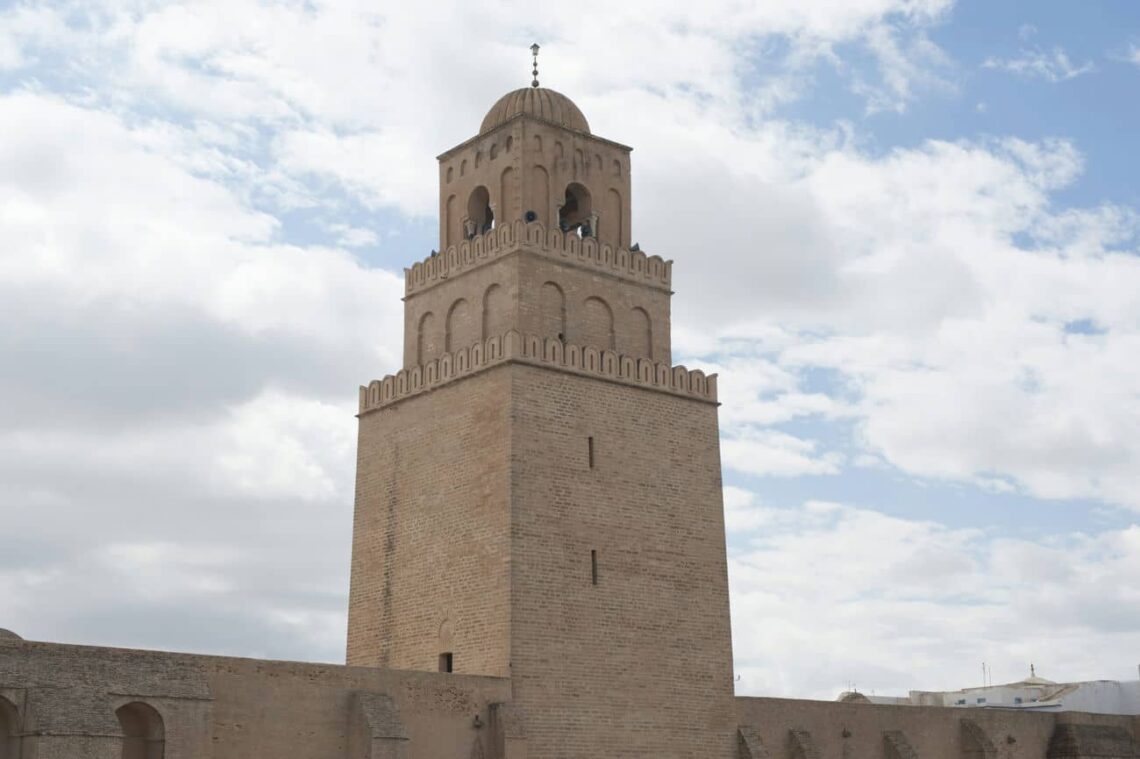
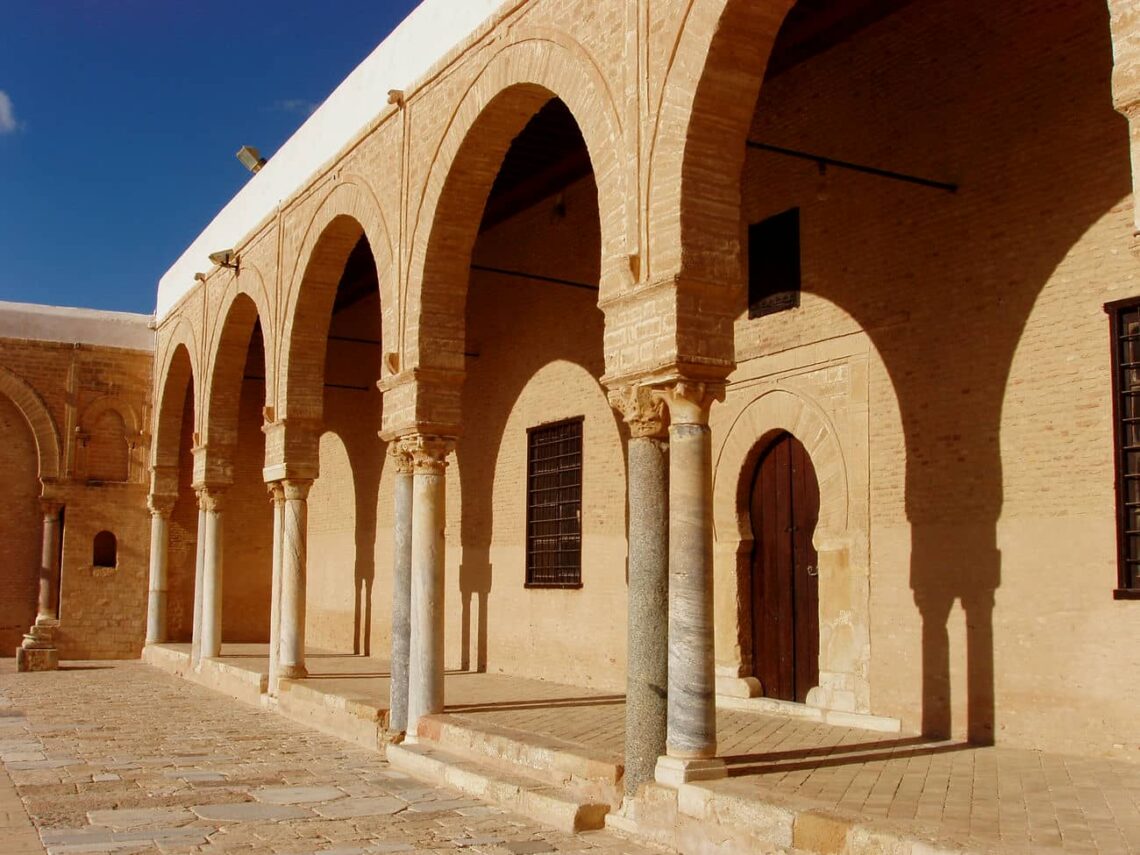
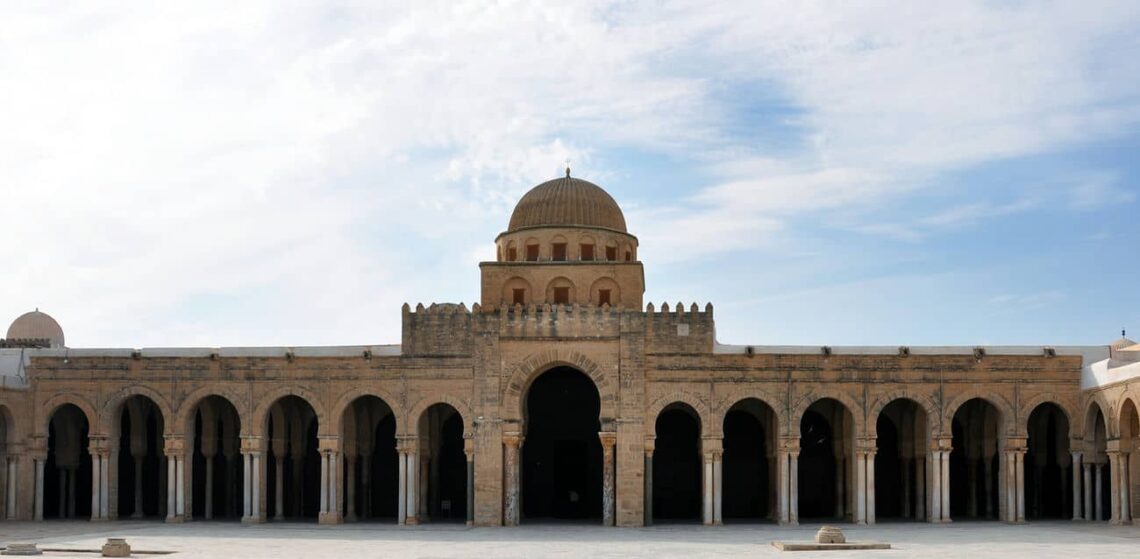
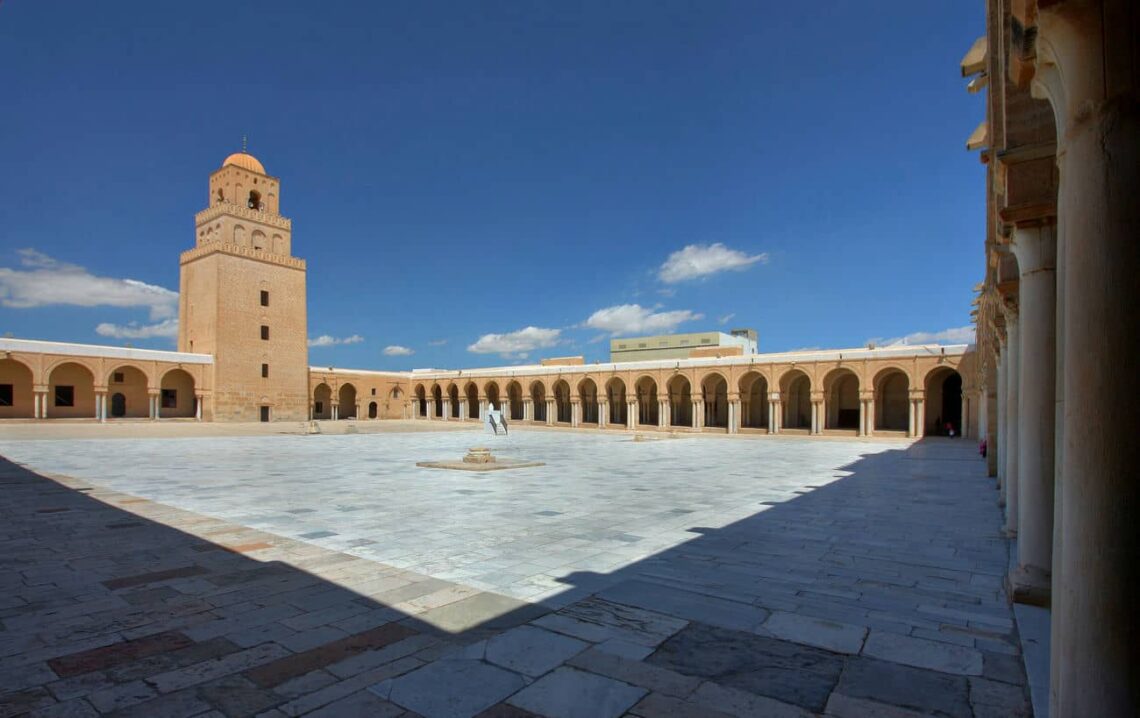
The Great Mosque of Kairouan is a place of worship and a center of education and culture. It has a library, which contains a large collection of manuscripts and books on various subjects, such as theology, law, history, and science. The mosque also has a university, which was one of the first and most prestigious institutions of learning in the Islamic world. The university attracted scholars and students from different regions and backgrounds and produced many eminent figures, such as Imam al-Bukhari, Imam al-Tirmidhi, and Ibn Khaldun. The university also played a role in transmitting knowledge and culture from the East to the West and from the Islamic world to Europe. The Great Mosque of Kairouan is a masterpiece of Islamic architecture and a symbol of Tunisia’s religious and cultural heritage. It reflects the city’s history and diversity and the Islamic civilization’s influence and achievements. It is a source of pride and inspiration for the people of Kairouan and a destination for pilgrims and visitors worldwide.
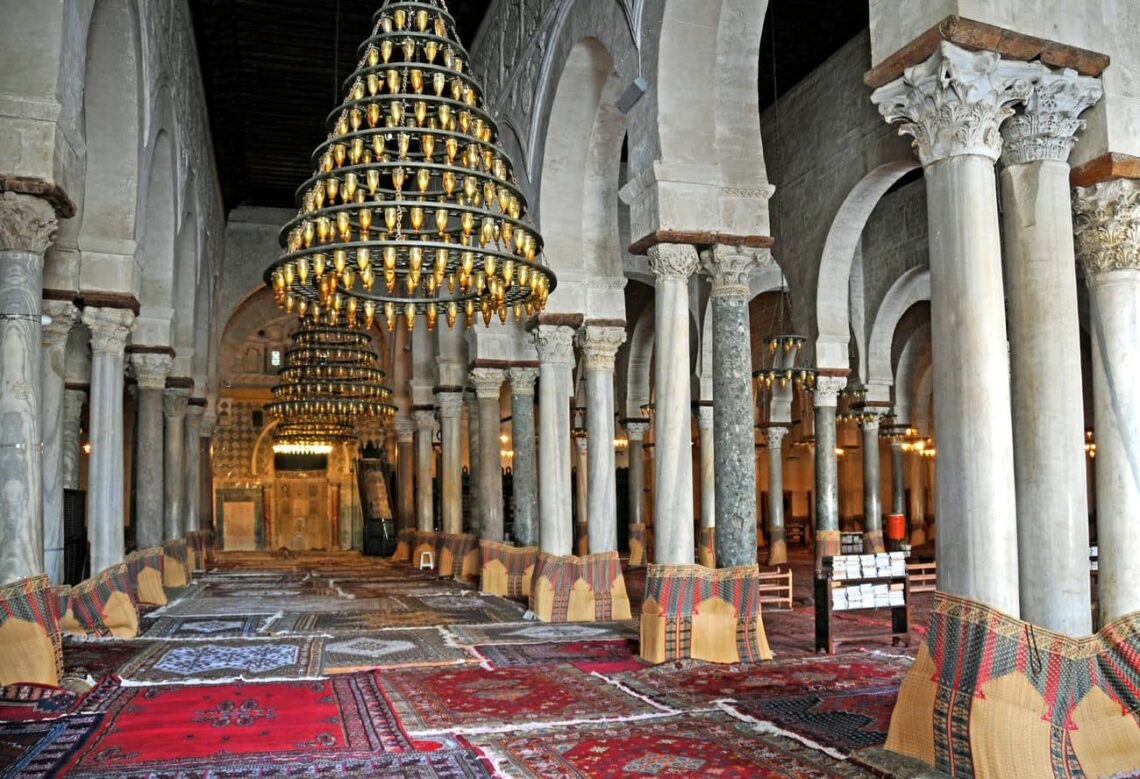

9. Rock-Hewn Churches of Lalibela
The Rock-Hewn Churches of Lalibela are a group of 11 churches carved out of solid rock in the 12th and 13th centuries. They are located in a mountainous region in the heart of Ethiopia, about 400 miles (645 kilometers) from the capital, Addis Ababa. The churches are a UNESCO World Heritage Site and a major pilgrimage destination for Ethiopian Orthodox Christians. The Rock-Hewn Churches of Lalibela were commissioned by King Lalibela, who wanted to create a new Jerusalem in his kingdom after Muslim conquests made it difficult for Christians to visit the holy land. He named the churches after biblical sites, such as the House of Mary, the House of the Cross, and the House of St. George. The churches are connected by tunnels, trenches, and passages, some leading to hermit caves and catacombs.
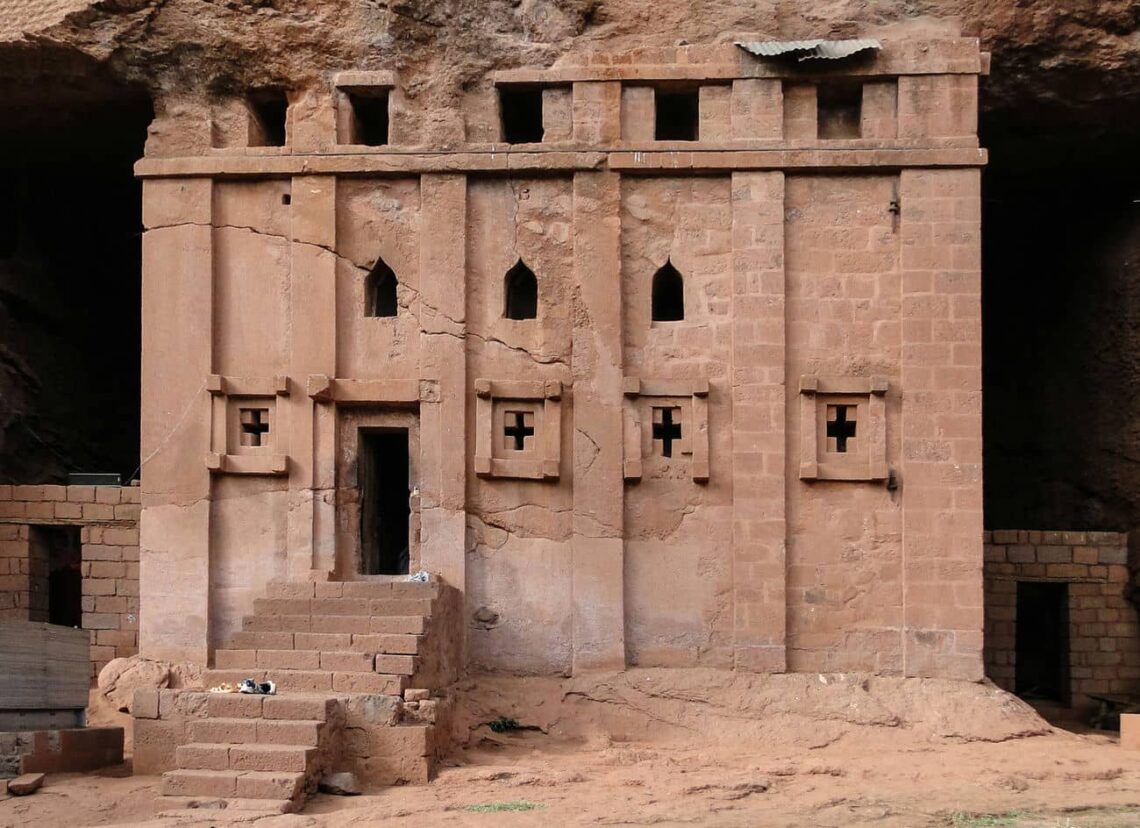
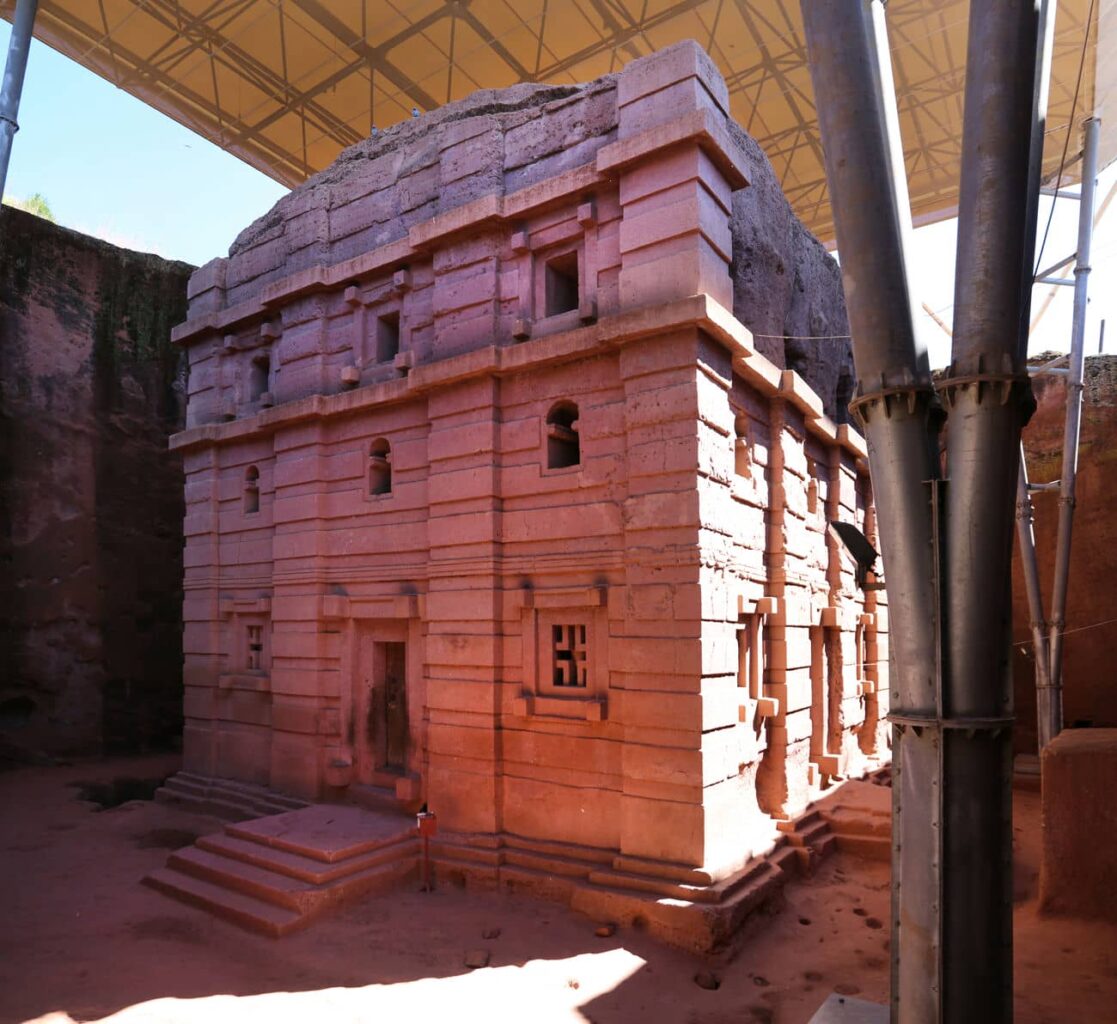
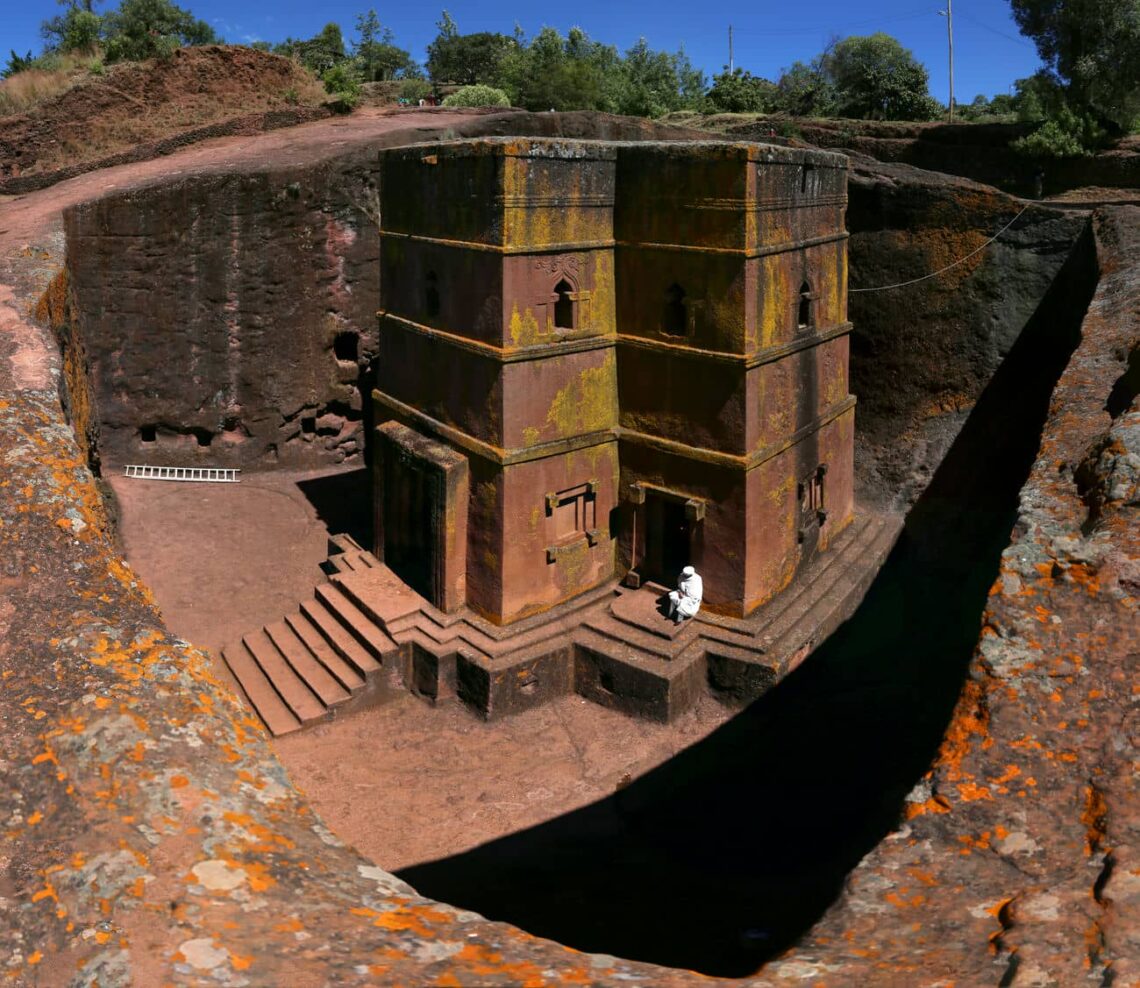
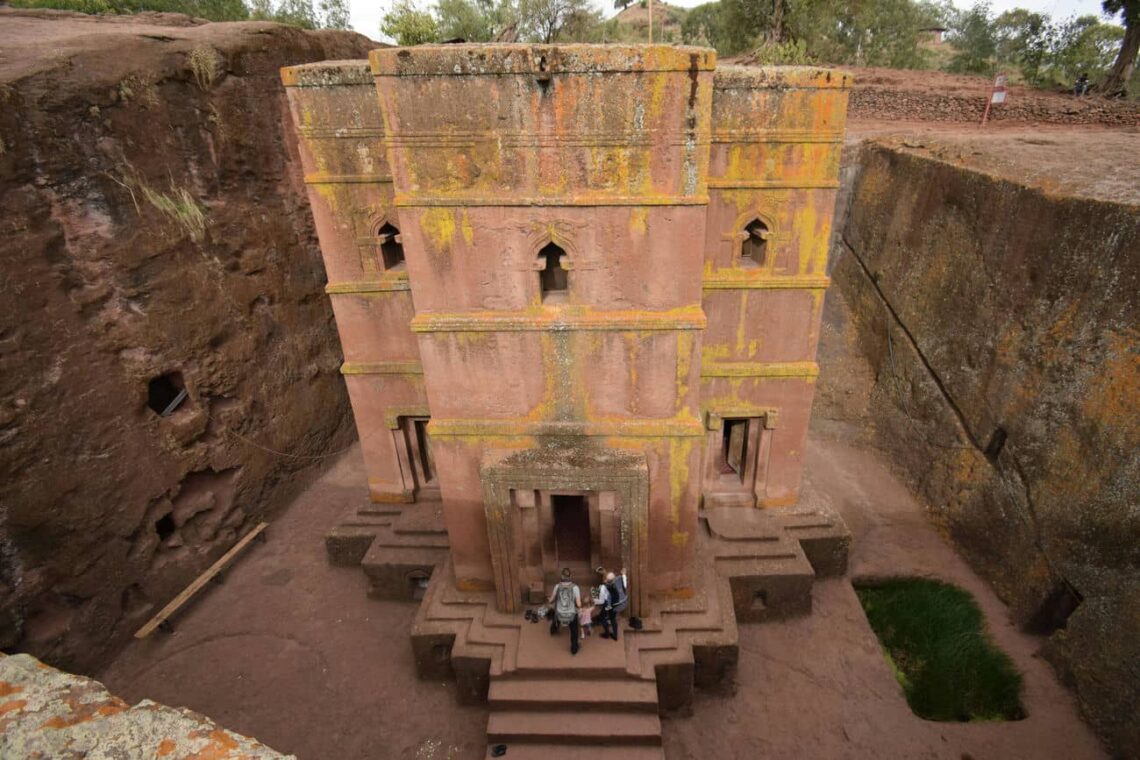
The Rock-Hewn Churches of Lalibela are remarkable examples of monolithic architecture, meaning they were made from a single block of stone. The builders excavated trenches around the stone and then chiseled out the doors, windows, columns, floors, roofs, and interior spaces. The churches have different shapes and sizes, ranging from simple rectangular structures to complex cruciform plans. Some churches are free-standing, while others are semi-monolithic or attached to the rock. The Rock-Hewn Churches of Lalibela display various artistic features, such as moldings, string courses, bas-reliefs, and paintings. The most famous church is the House of St. George, which has a cross-shaped plan and a roof that resembles a Greek cross. The church is 49 feet (15 meters) high and 82 feet (25 meters) wide and is considered the masterpiece of Lalibela. The House of the Savior of the World is the largest church, with five aisles and a dome. The House of Golgotha contains the tomb of King Lalibela and replicas of the tomb of Christ and Adam. The House of Mary has colorful paintings of geometric designs and biblical scenes.
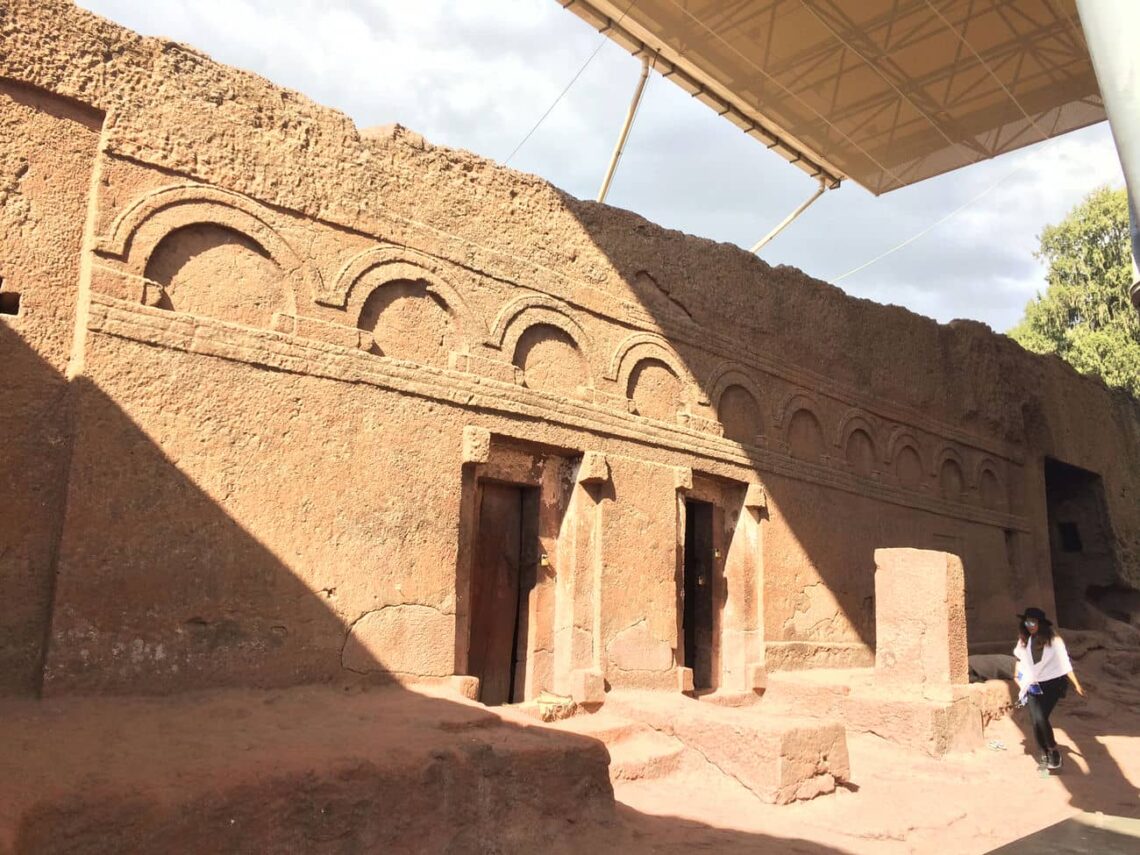
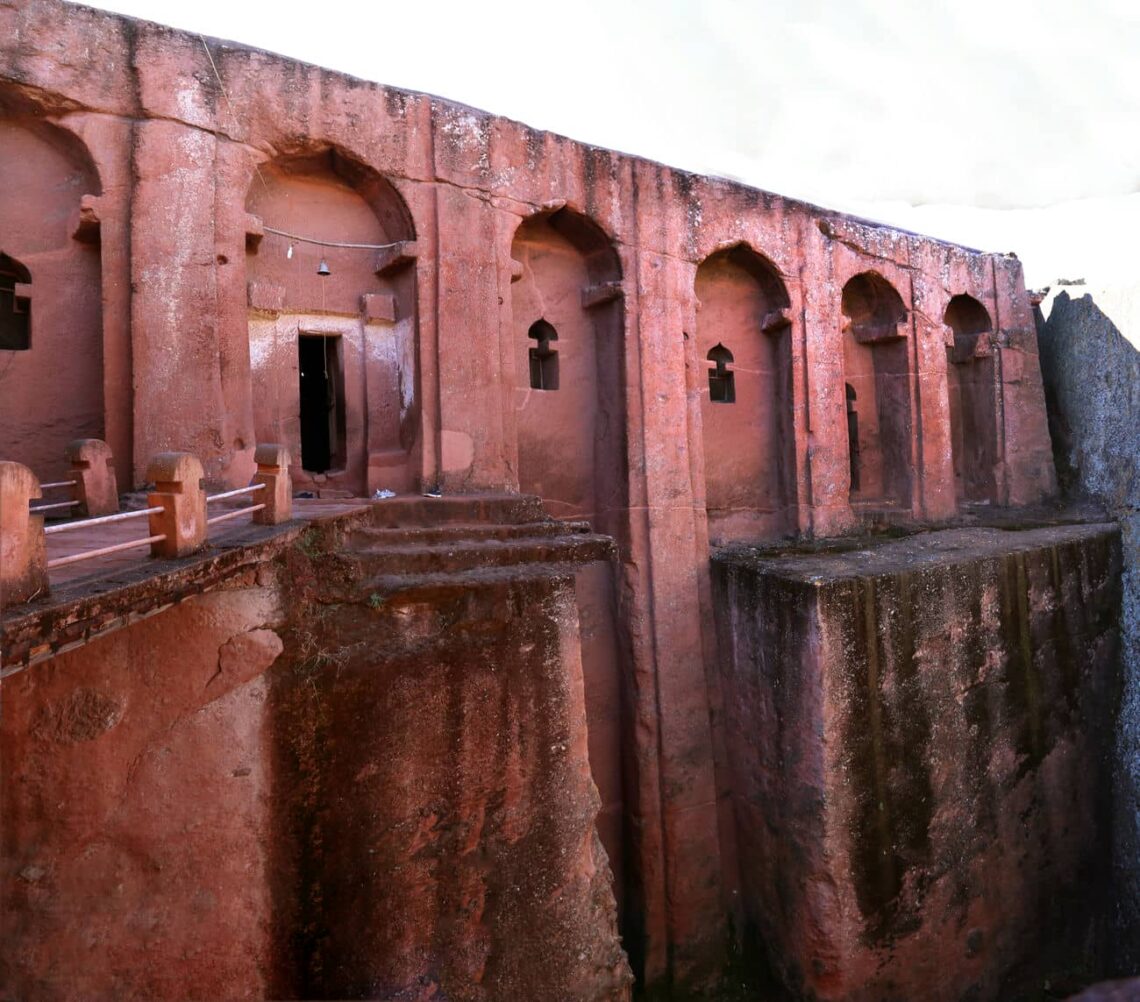
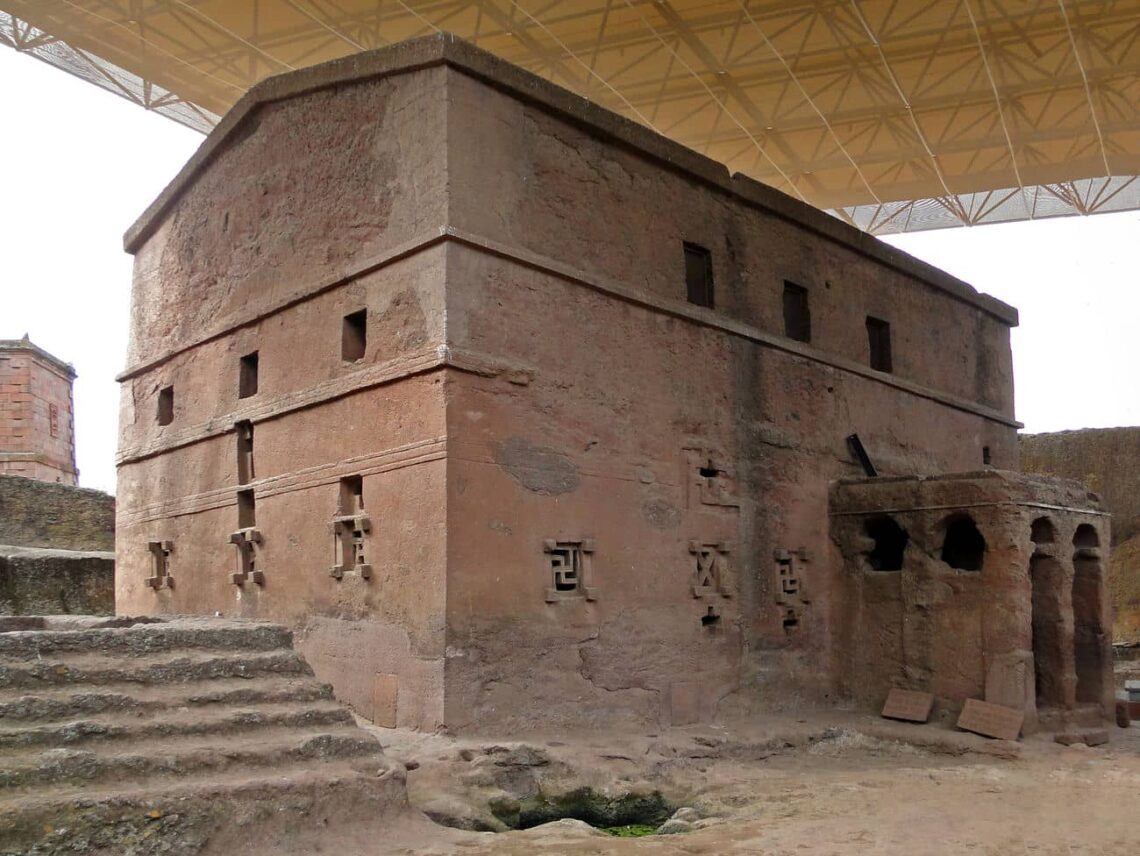
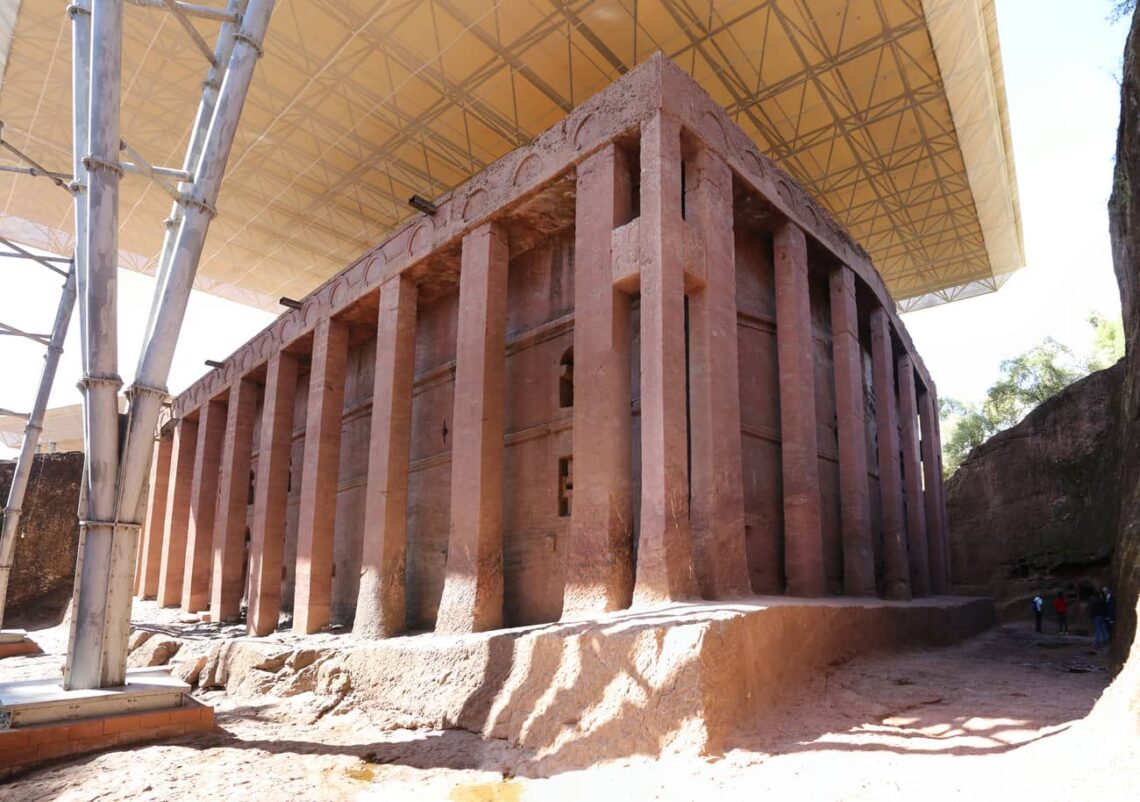
The Rock-Hewn Churches of Lalibela are still in use today and are the center of religious and cultural life in Lalibela. The churches host regular services, ceremonies, and festivals, especially during major holidays such as Christmas and Easter. The churches are also visited by thousands of pilgrims every year, who come to pray, worship, and receive blessings. The pilgrims often stay in the nearby village of Lalibela, which has traditional round houses made of local red stone. The Rock-Hewn Churches of Lalibela are a unique and valuable heritage of Ethiopia and the world. They represent the faith, creativity, and skill of the people who built them and the continuity of the Ethiopian Orthodox Christian tradition. The churches also testify to the vision of King Lalibela, who wanted to create a sacred place for his people and future generations. The churches are a symbol of the spiritual and cultural identity of Ethiopia.
10. Hassan II Mosque
The Hassan II Mosque is a famous architectural landmark in Africa. It is the largest functioning mosque in Africa and the 14th largest worldwide. It was built to honor the former King of Morocco, Hassan II, who died in 1999. The Hassan II Mosque was designed by Michel Pinseau, a French architect who combined traditional Moorish architecture with modern technology and equipment. The mosque has a retractable roof, a heated floor, and a laser beam that points towards Mecca. The mosque can withstand earthquakes and has a sophisticated drainage system.
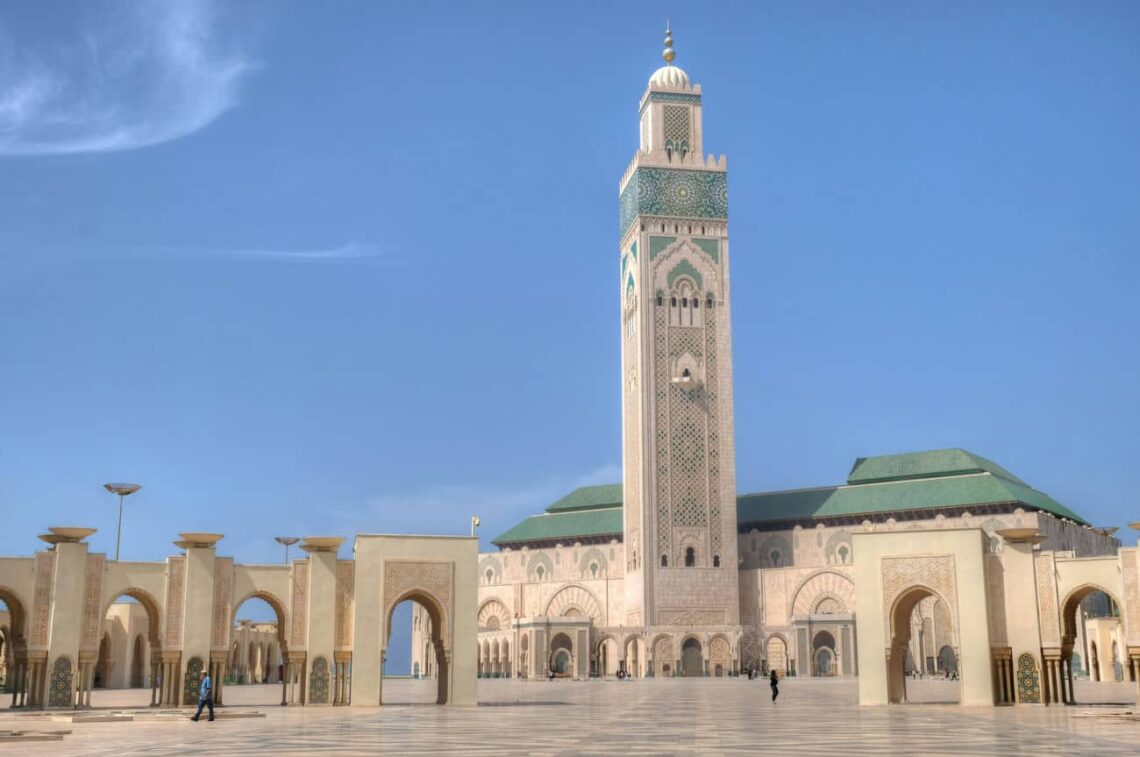
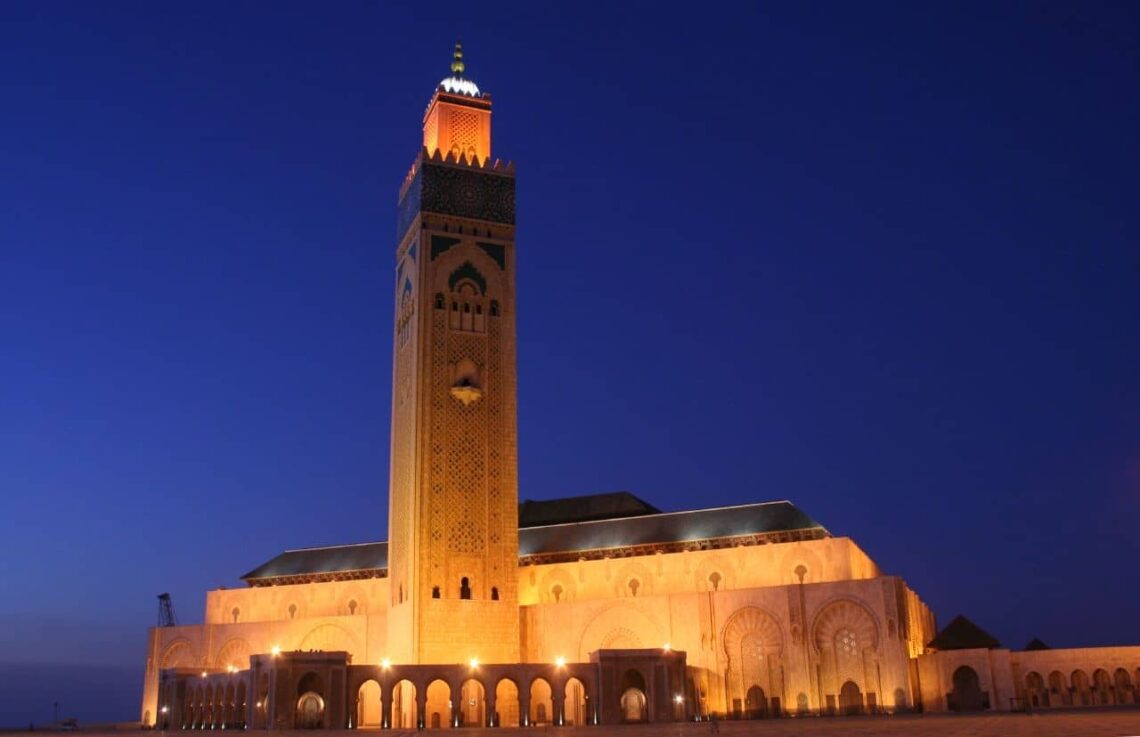
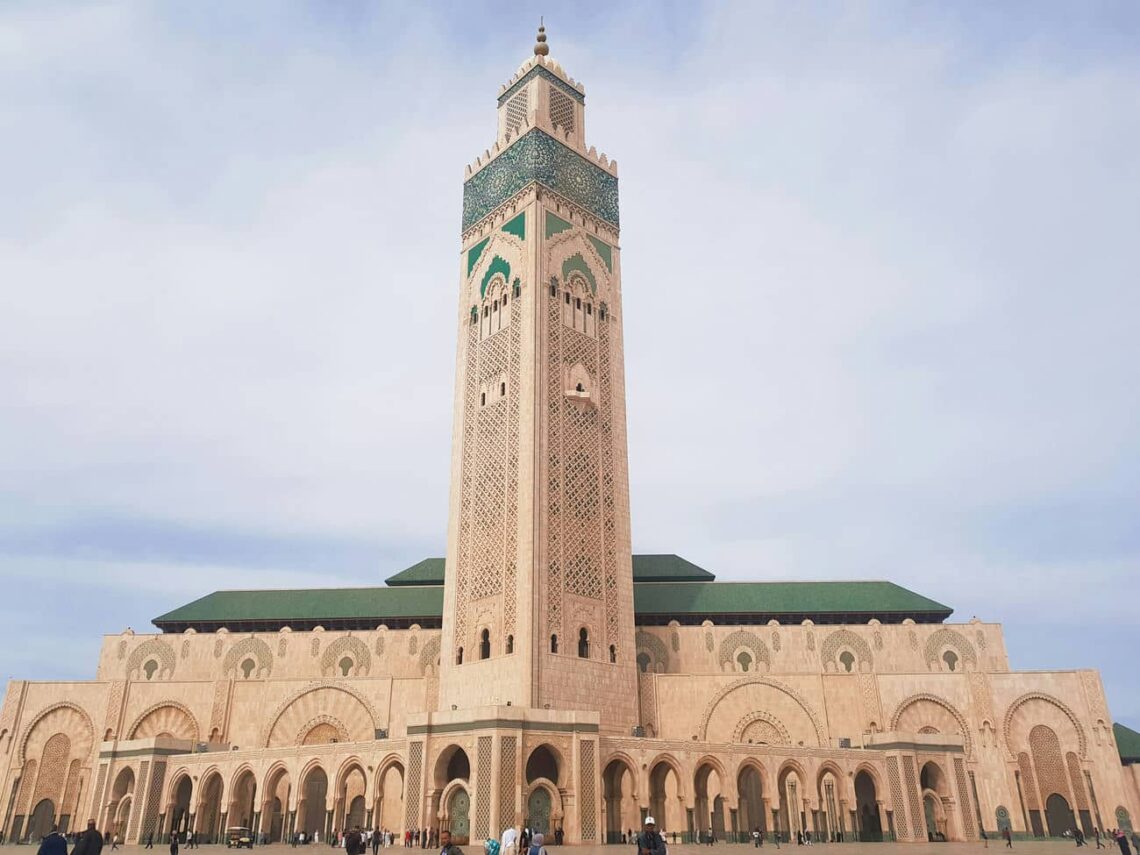
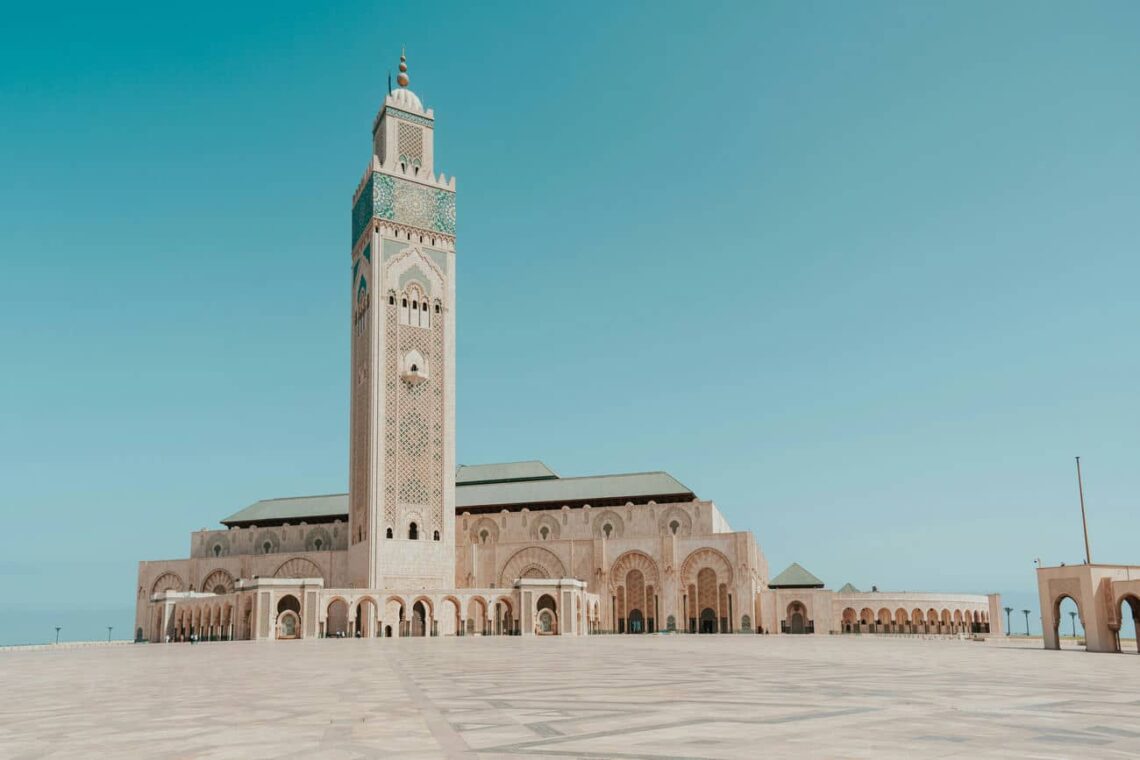
The Hassan II Mosque’s minaret is the world’s second tallest at 689 feet (210 meters). It is decorated with intricate patterns and topped with a golden sphere. The minaret also has a loudspeaker that broadcasts the prayer call five times daily. The minaret is visible from many parts of Casablanca and serves as a symbol of the city. The Hassan II Mosque stands on a promontory overlooking the Atlantic Ocean. It was built partly on land and partly over the sea, following a verse from the Qur’an that says, “The throne of Allah was built on water.” The mosque has a large prayer hall accommodating 25,000 worshippers and an outdoor esplanade holding another 80,000.
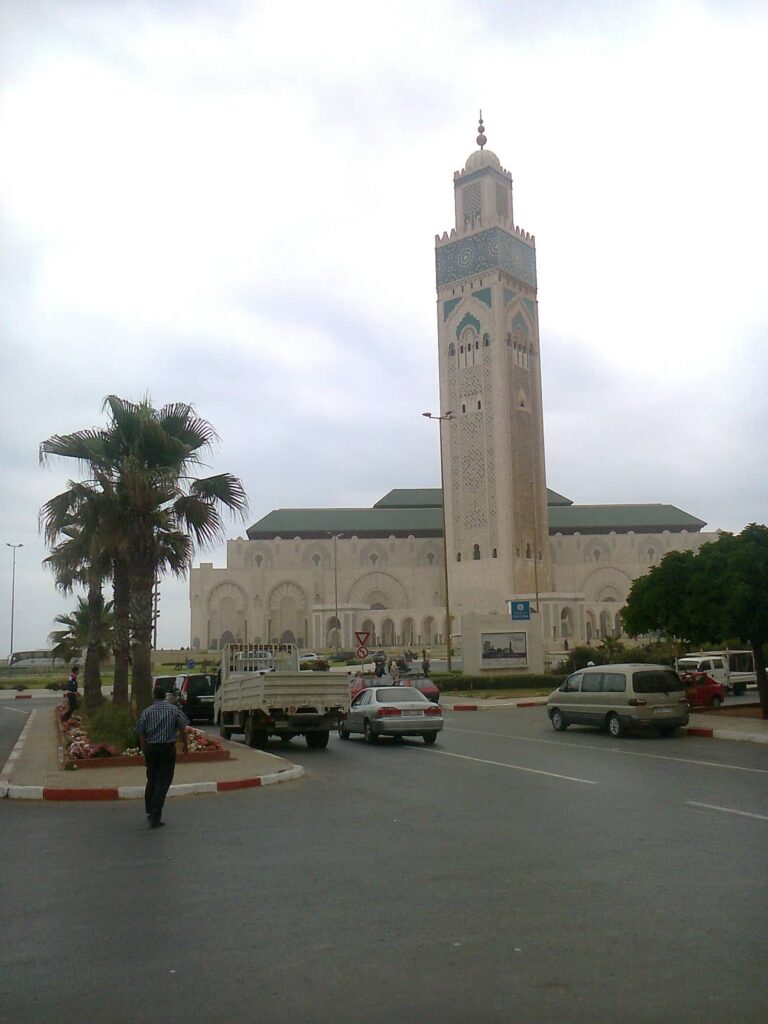
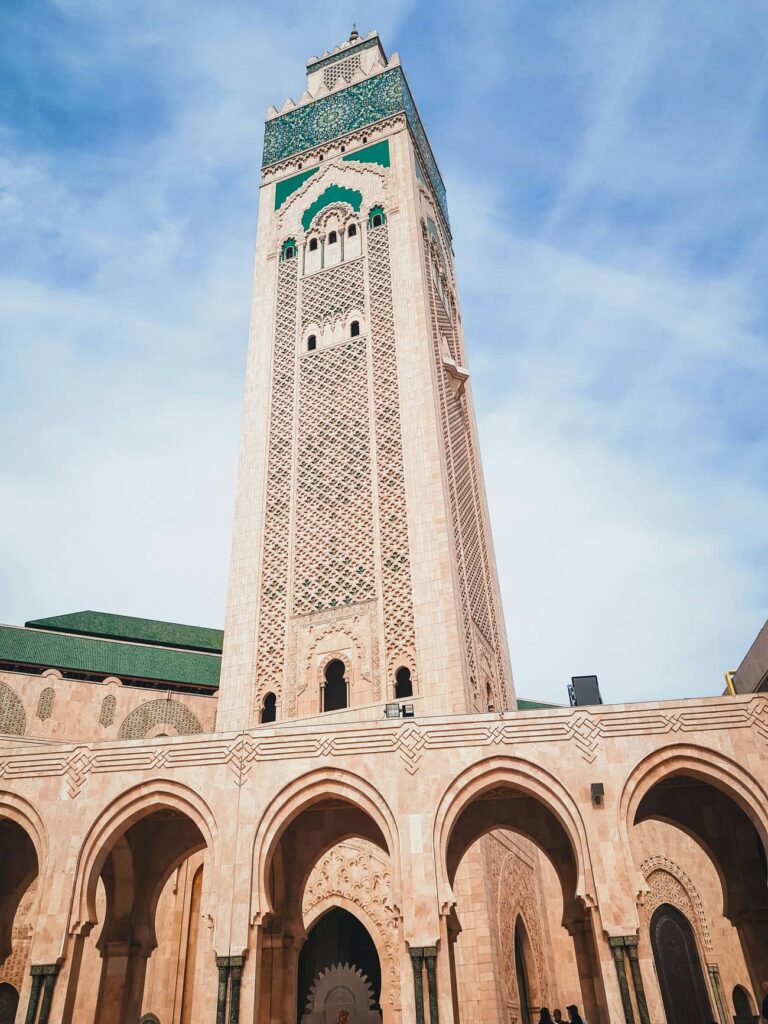
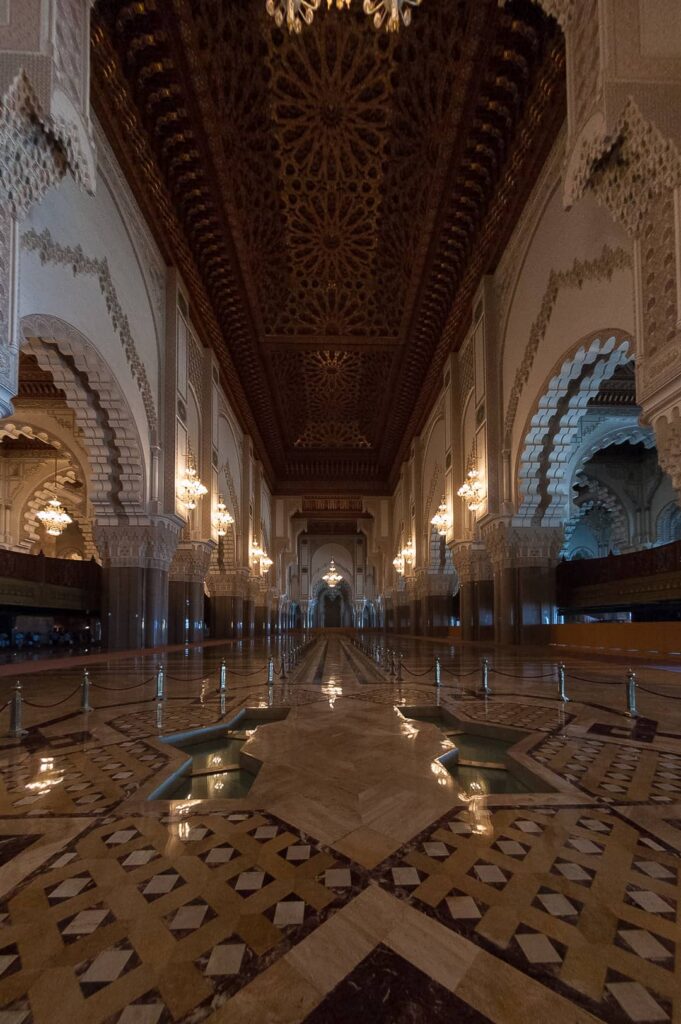
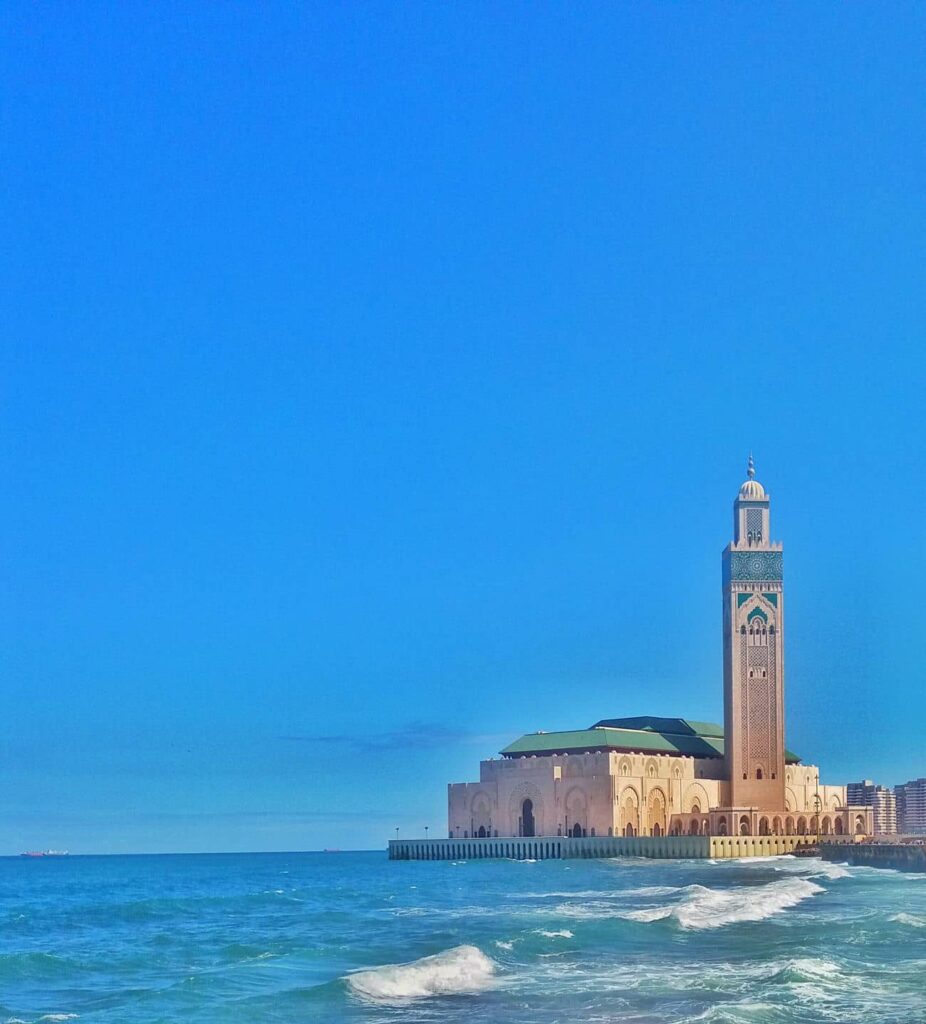
The Hassan II Mosque is a masterpiece of Moroccan craftsmanship. It was built by 10,000 artisans from all over the kingdom, who used local materials such as cedar wood, marble, granite, and zellige tiles. The mosque has elaborate carvings, mosaics, paintings, and calligraphy that reflect Islamic art and culture. The Hassan II Mosque is open to visitors of all faiths, except during prayer times. Guided tours are available in multiple languages and allow exploring the mosque’s interior and exterior. The mosque also has a madrasa (Islamic school), a museum, a library, and a hammam (bathhouse) within its complex. The Hassan II Mosque is a must-see attraction for anyone visiting Casablanca and Morocco.
11. Great Zimbabwe
Great Zimbabwe was a city in southeastern Zimbabwe near Lake Mutirikwe and Masvingo. It was built by the Shona people, who ruled a large region of East Africa from the 11th to the 15th centuries. The city was a center of trade, culture, and religion, with a population of up to 18,000 people at its peak. Great Zimbabwe covered an area of 2.79 square miles (7.22 square kilometers) and consisted of three main sections: the Hill Complex, the Great Enclosure, and the Valley Ruins. The Hill Complex was the oldest and highest part of the city and was probably the residence of the king and the site of ceremonies. The Great Enclosure was the largest single structure in sub-Saharan Africa and had a massive wall and a conical tower. The Valley Ruins were a series of smaller buildings and mounds that housed the common people.
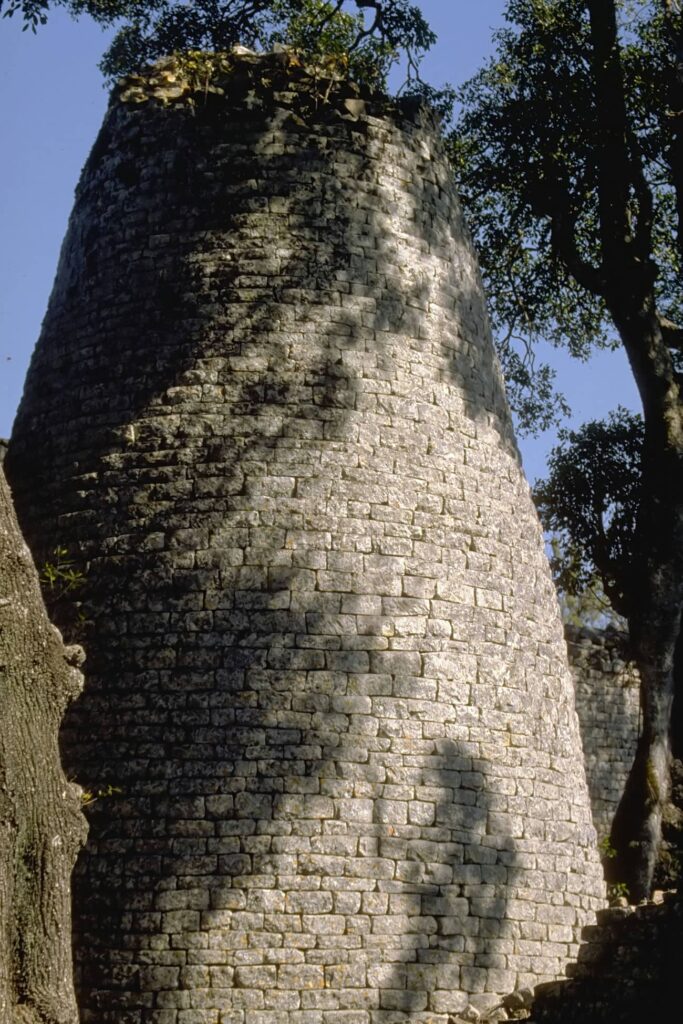
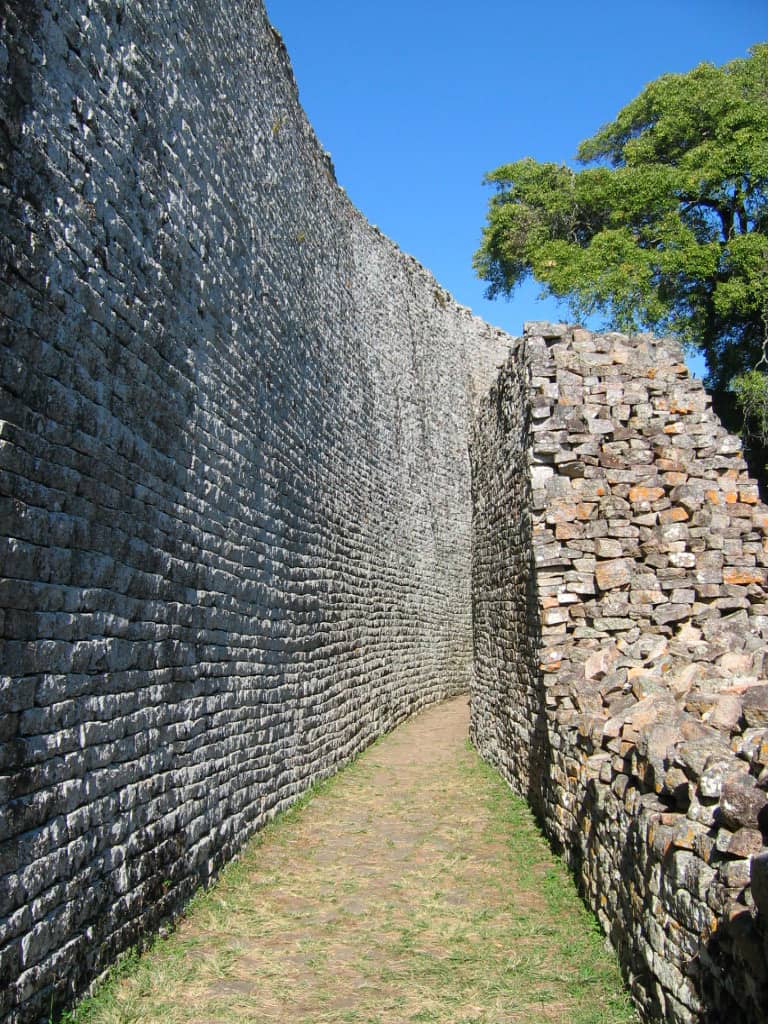
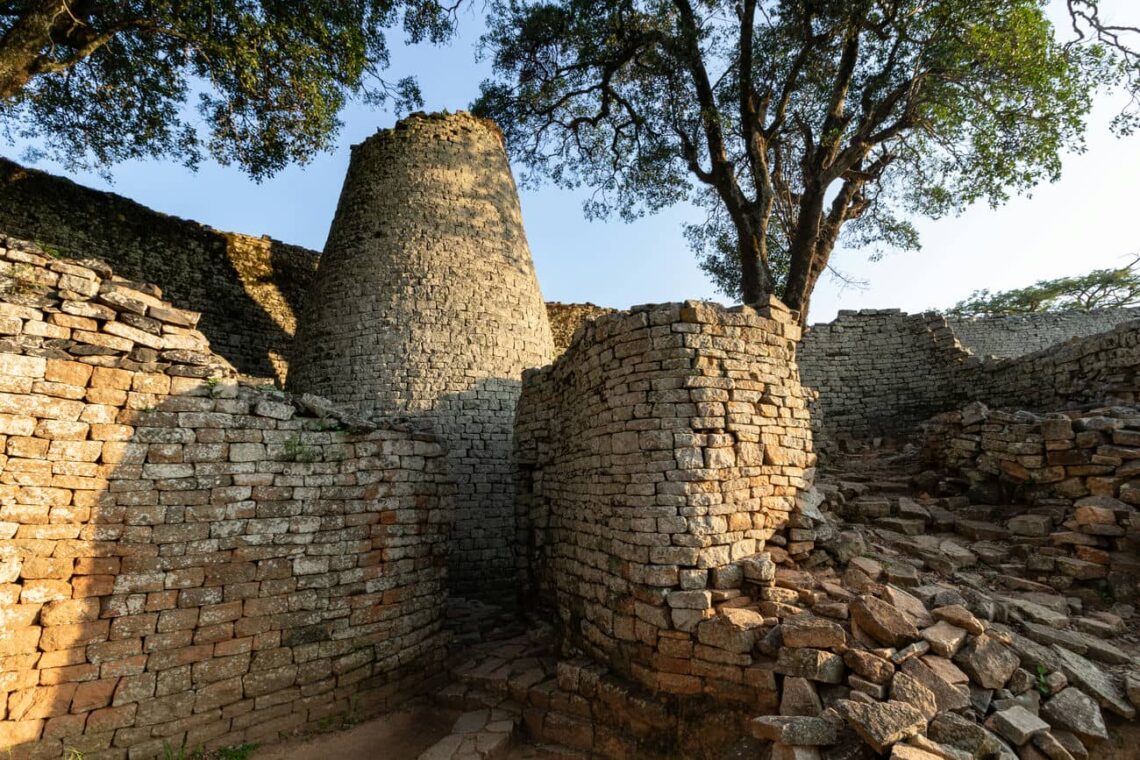
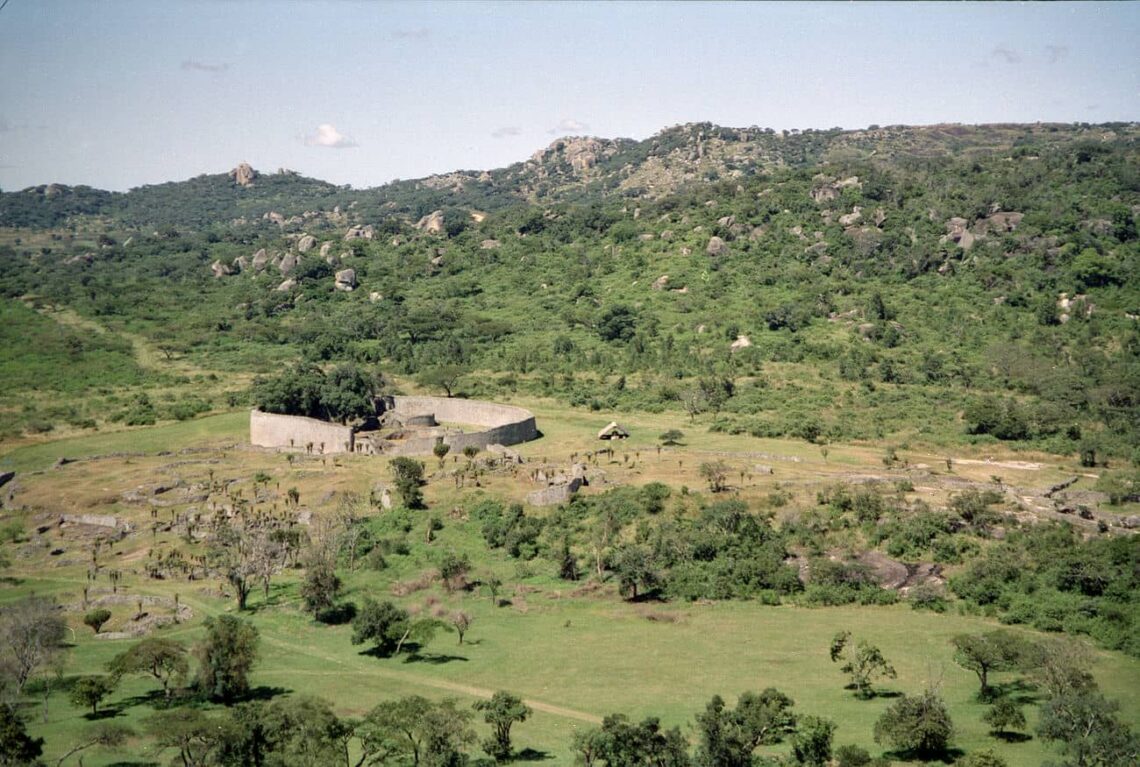
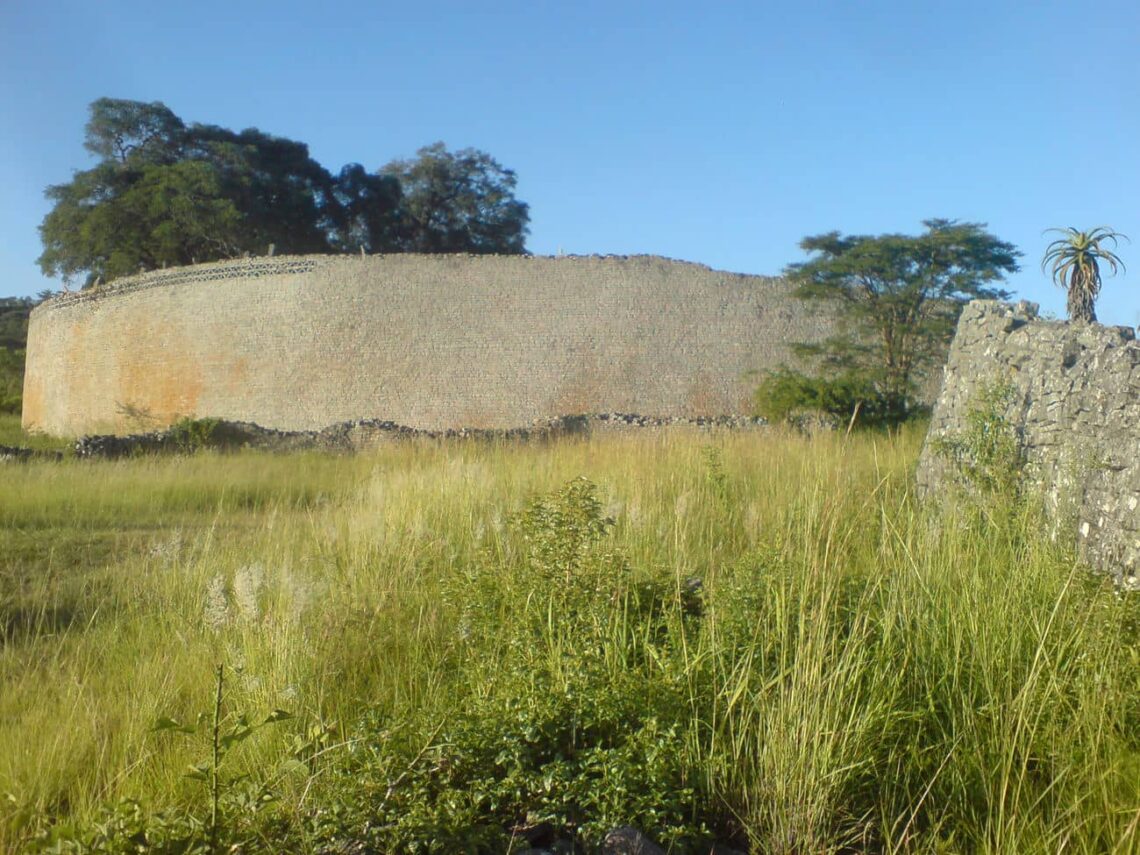
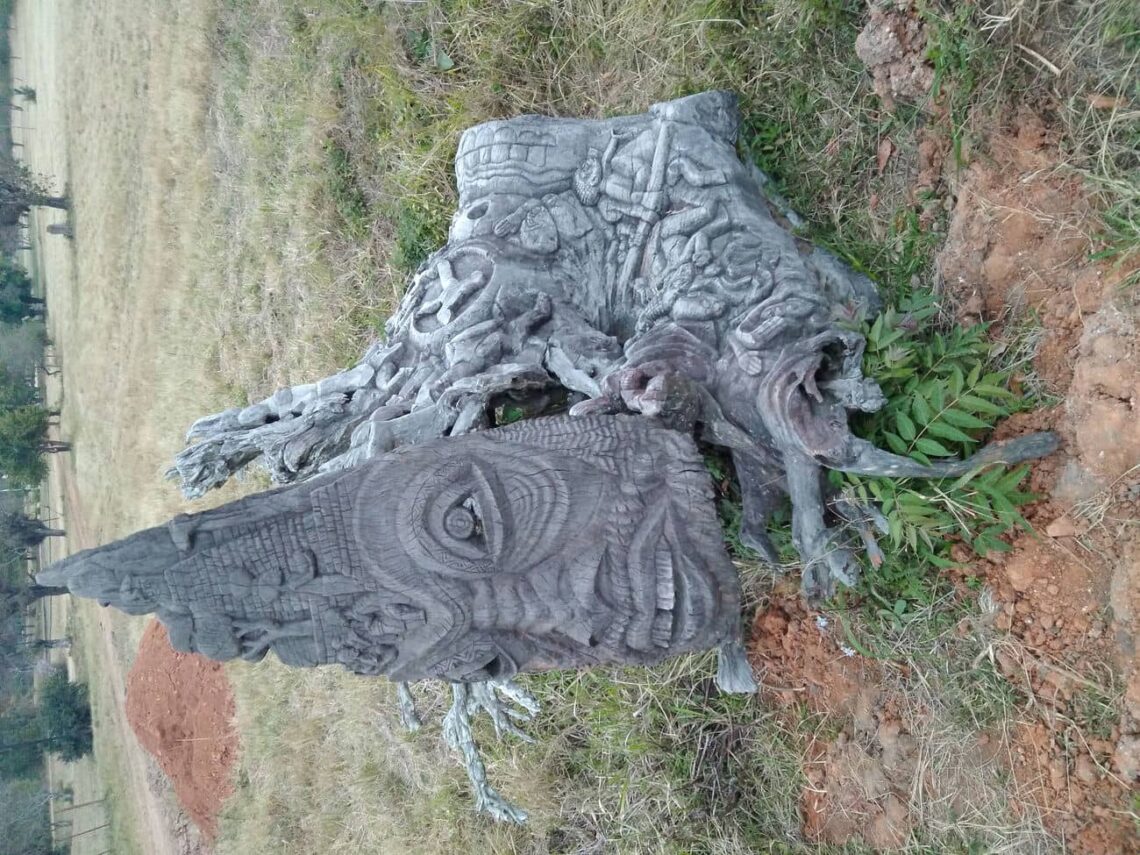
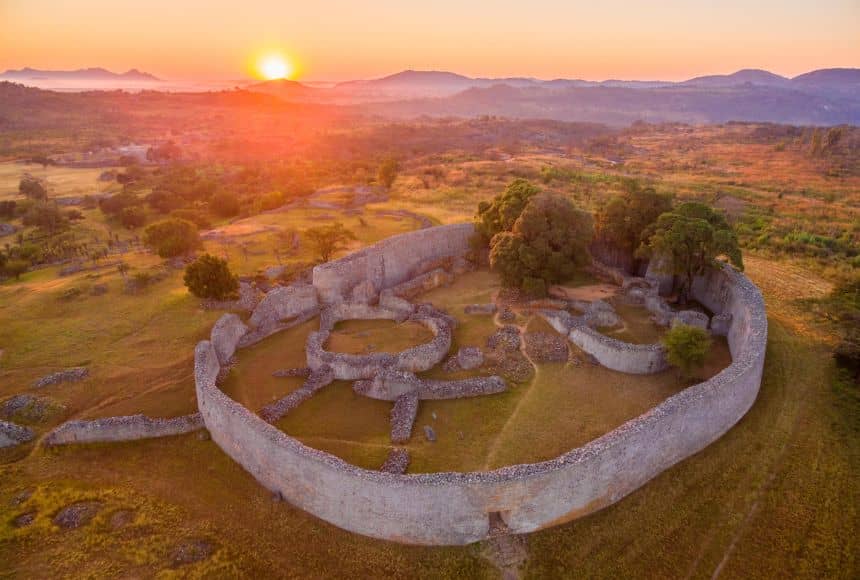
Great Zimbabwe was made of granite blocks cut and fitted together without mortar. The walls were up to 36 feet (11 meters) high and 20 feet (6 meters) thick. The buildings also included daga, a mixture of earth and mud used for floors, roofs, and decorations. The city had a sophisticated drainage system and a network of terraces and passages. Great Zimbabwe was a hub of trade and commerce and exported gold, ivory, and cattle to the coast of the Indian Ocean. The city also imported beads, ceramics, and cloth from Arabia, India, and China. The coast’s Swahili culture influenced the city, and some of its customs and beliefs were adopted. The city also had its religion, based on the worship of ancestors and spirits.
Great Zimbabwe declined in the 15th century due to several factors, such as environmental degradation, political instability, and competition from other states. The city was abandoned by the Shona people, who migrated to other regions. The city was forgotten for centuries until European explorers rediscovered it in the 19th century. Great Zimbabwe is now a World Heritage Site and a symbol of Zimbabwe’s history and culture. The city is also a source of national pride and identity and inspired the name of the modern country. The city is one of Africa’s most impressive and mysterious monuments and a testimony to the achievements of the Shona civilization.
12. Cape Coast Castle
Cape Coast Castle is a large fort built on the coast of Ghana by European traders in the 17th century. It was originally a Portuguese trading post but later became a center for the Atlantic slave trade. Today, it is a UNESCO World Heritage Site and a museum that tells the history of the castle and its role in the enslavement of Africans. Cape Coast Castle has a complex and turbulent history, frequently changing hands among European powers and local chiefs. The Swedes were the first to construct a permanent fort in 1653 and named it Carolusburg after their king. The British captured it in 1664 and renamed it Cape Coast Castle. They expanded and rebuilt it several times, especially after a French attack in 1757 that damaged it severely.
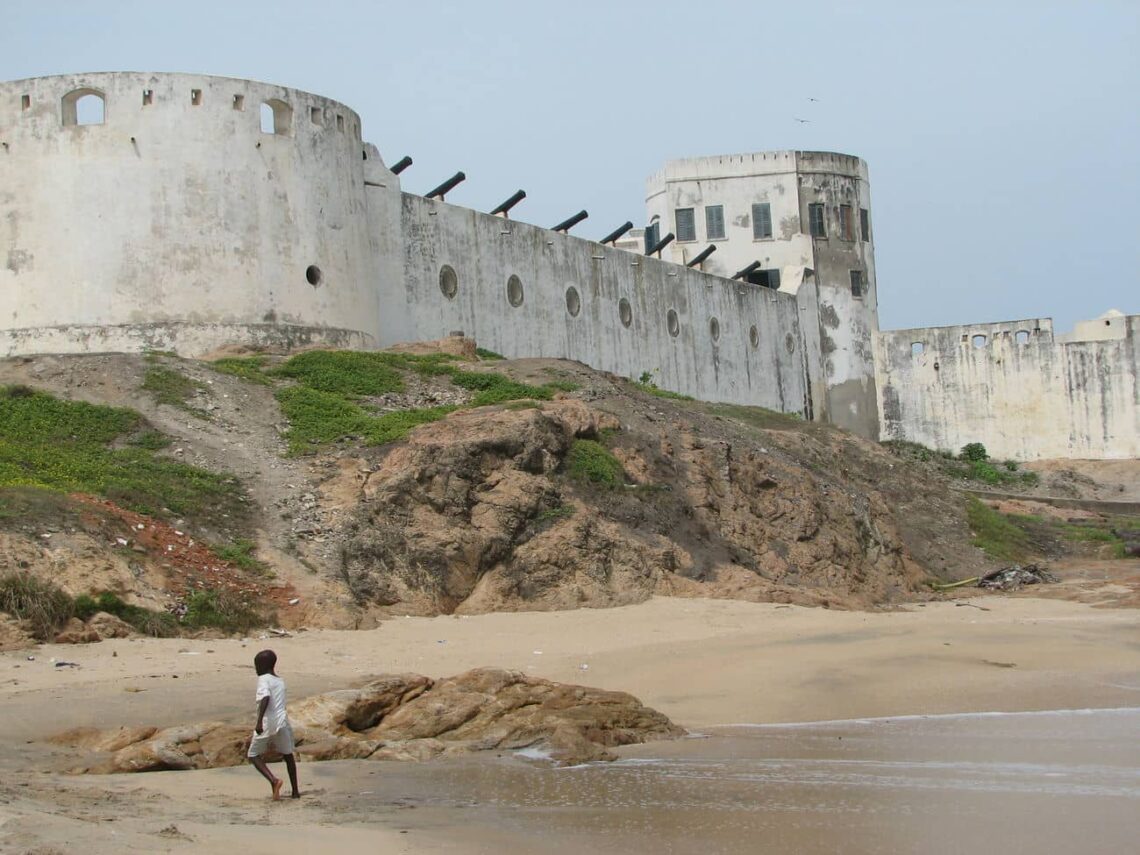
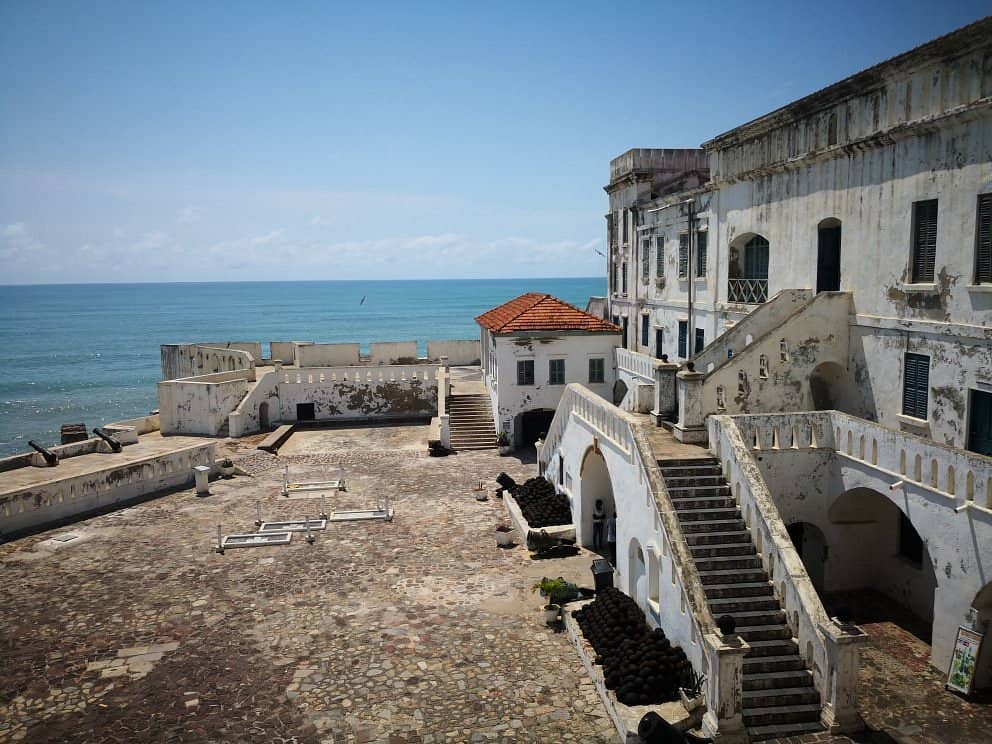
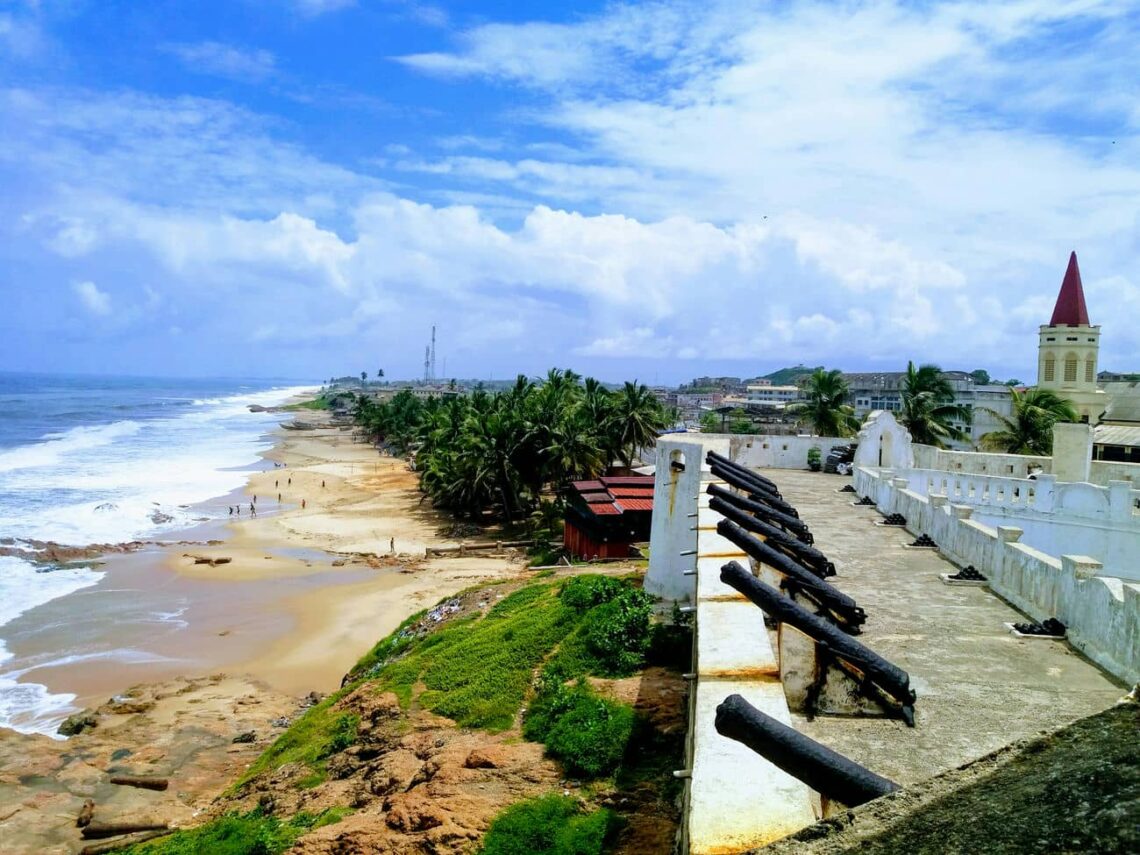
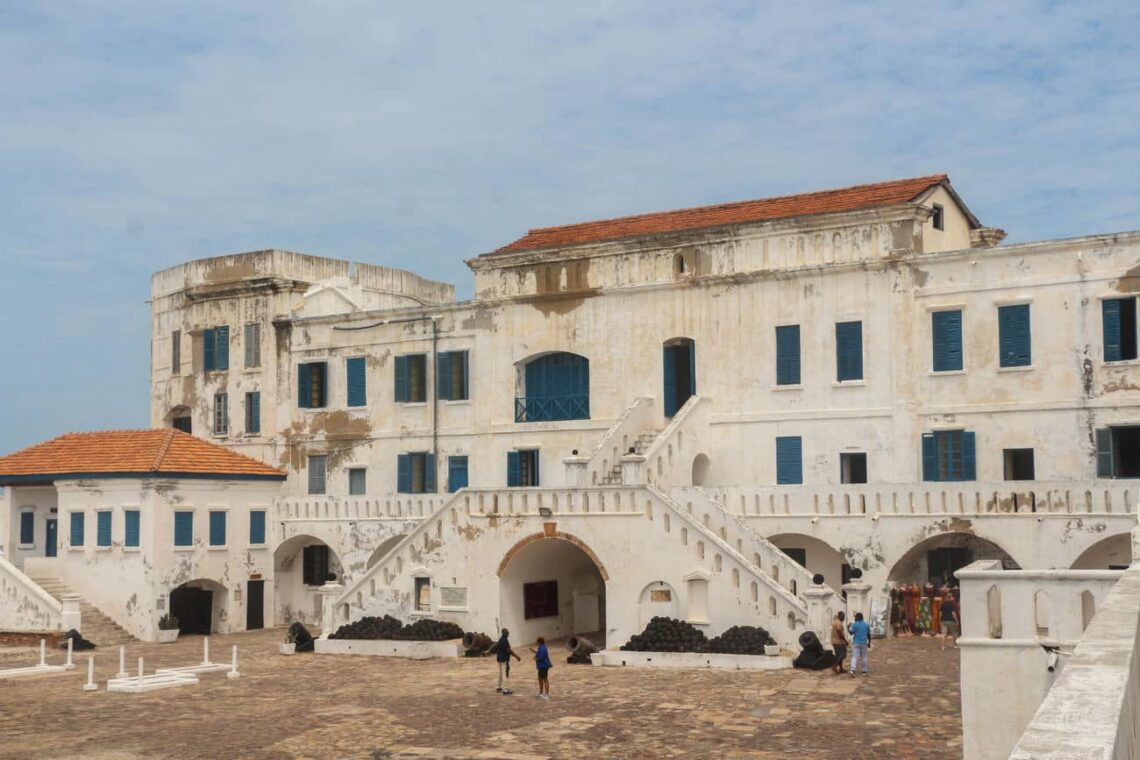
Cape Coast Castle was designed to facilitate the trade of gold, timber, and enslaved people. It had warehouses, offices, barracks, and a chapel. It also had dungeons, where hundreds of enslaved Africans were kept in dark and cramped conditions, waiting to be shipped across the Atlantic. The castle had a “door of no return,” which was the last exit for the enslaved people before they boarded the ships. Most of them died from disease, starvation, or abuse in the castle or during the voyage. The British banned the slave trade in 1807, and the castle’s function changed. It became the seat of the British administration in the Gold Coast (now Ghana) until 1877 when it was moved to Accra. The castle also housed the first formal education system in Ghana through the Castle Schools. Some of the prominent graduates of the schools include Kwame Nkrumah, the first president of Ghana, and Kofi Annan, the former secretary-general of the United Nations.
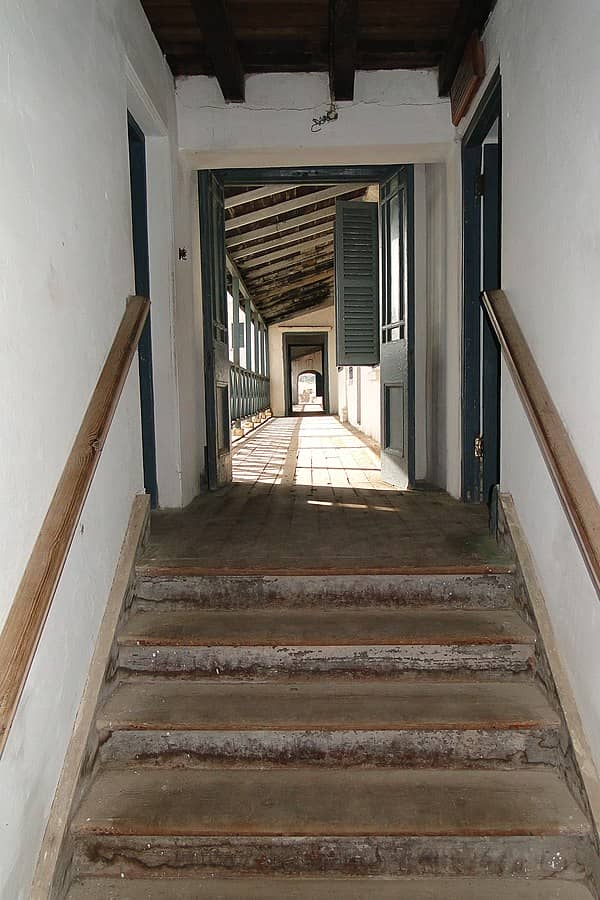
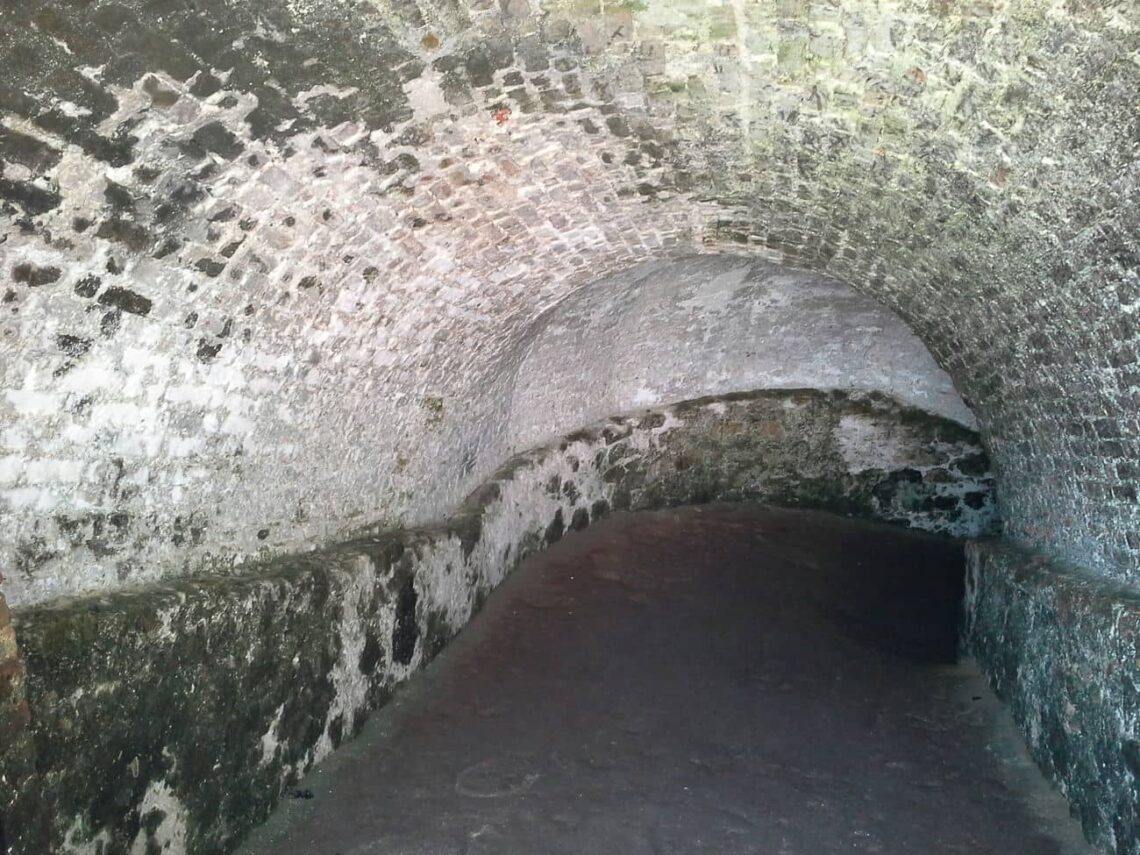
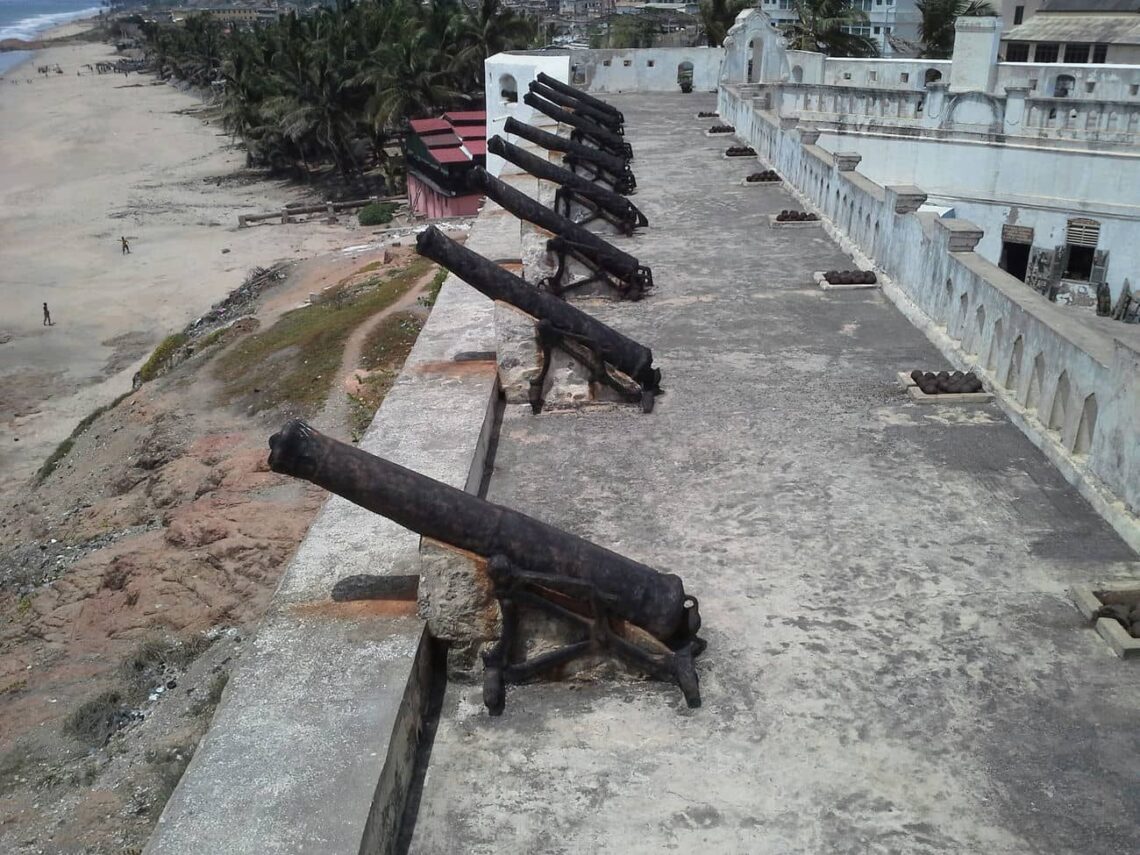
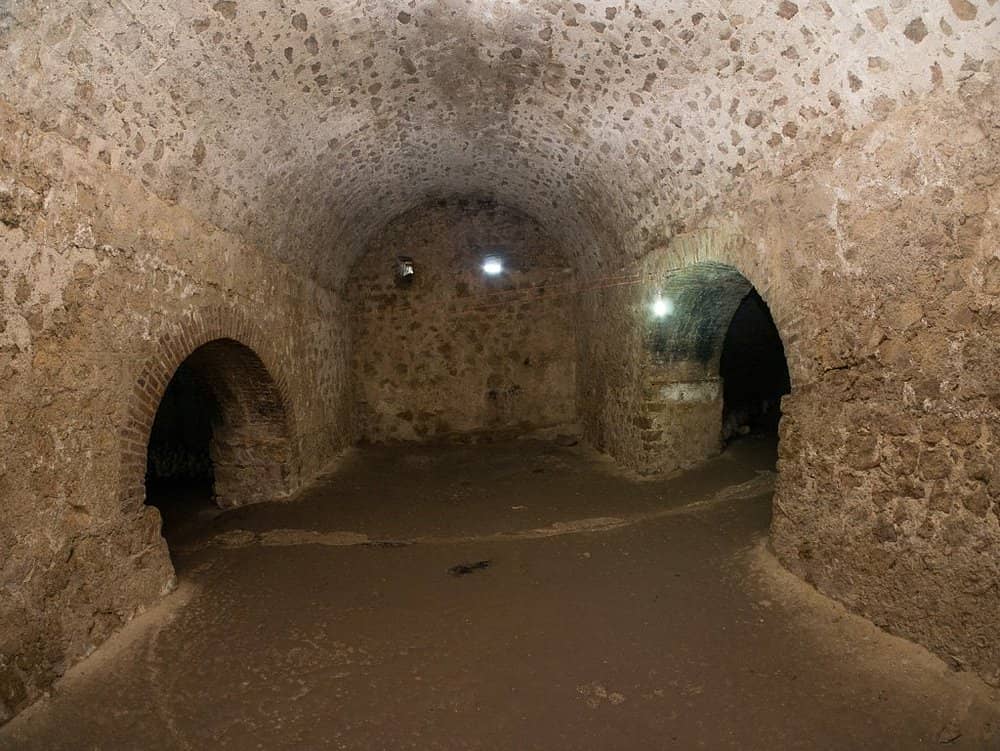
Cape Coast Castle was declared a UNESCO World Heritage Site in 1979, along with other forts and castles in Ghana. It is one of the most well-preserved and well-known slave castles in Africa. It is a symbol of the slave trade and its legacy, as well as a reminder of the resilience and resistance of the enslaved Africans. It attracts thousands of visitors every year, especially from the African diaspora, who come to learn about their ancestors and pay tribute to their memory. Cape Coast Castle has a museum that displays various artifacts and exhibits related to the history of the castle and the slave trade. It also has a library, a conference hall, and a restaurant. The museum offers guided tours of the castle, which include the courtyard, the cannons, the governor’s chambers, the chapel, and the dungeons. The museum also organizes cultural events, such as festivals, concerts, and lectures, to promote awareness and appreciation of the African heritage.
13. Saint Catherine’s Monastery
Saint Catherine’s Monastery is a Greek Orthodox monastery in Egypt’s Sinai Peninsula. It is one of the oldest Christian monasteries in the world and a UNESCO World Heritage Site. The Byzantine emperor Justinian I built Saint Catherine’s Monastery between 548 and 565. He wanted to protect the site of the burning bush where Moses saw God in a flame. The monastery also has a well where Moses met his wife, Zipporah.
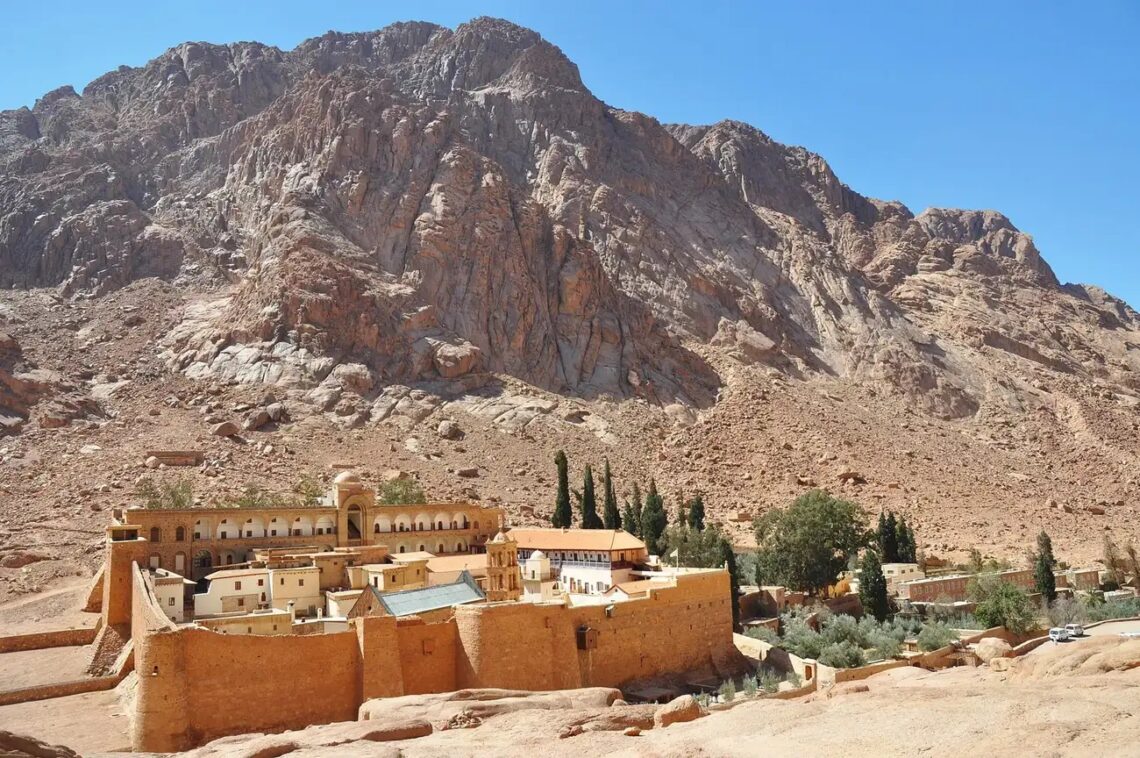
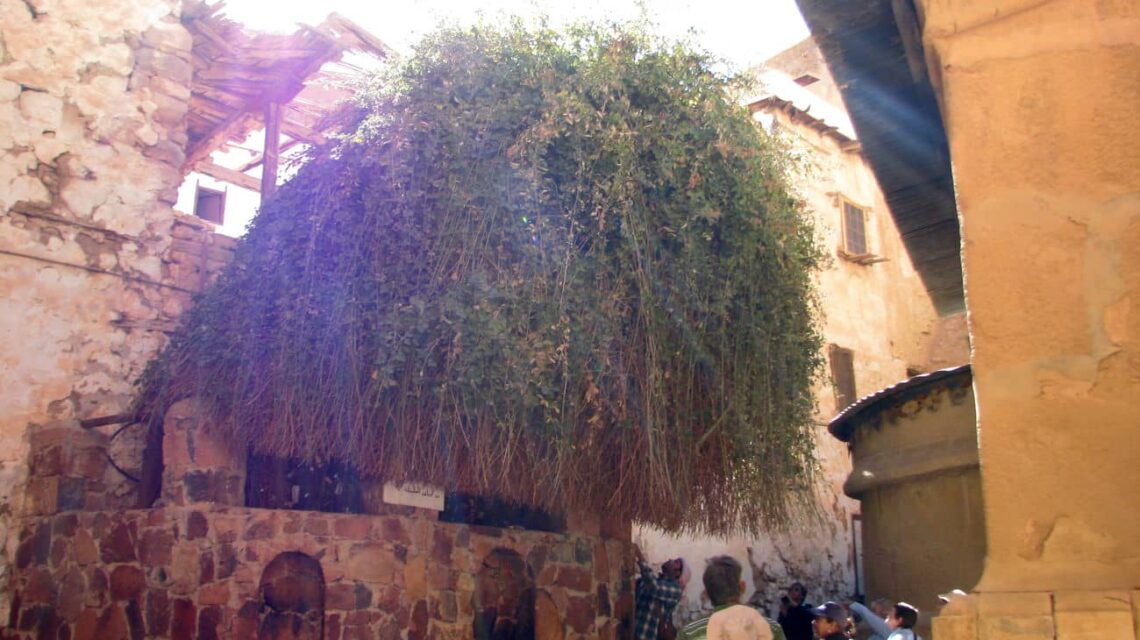
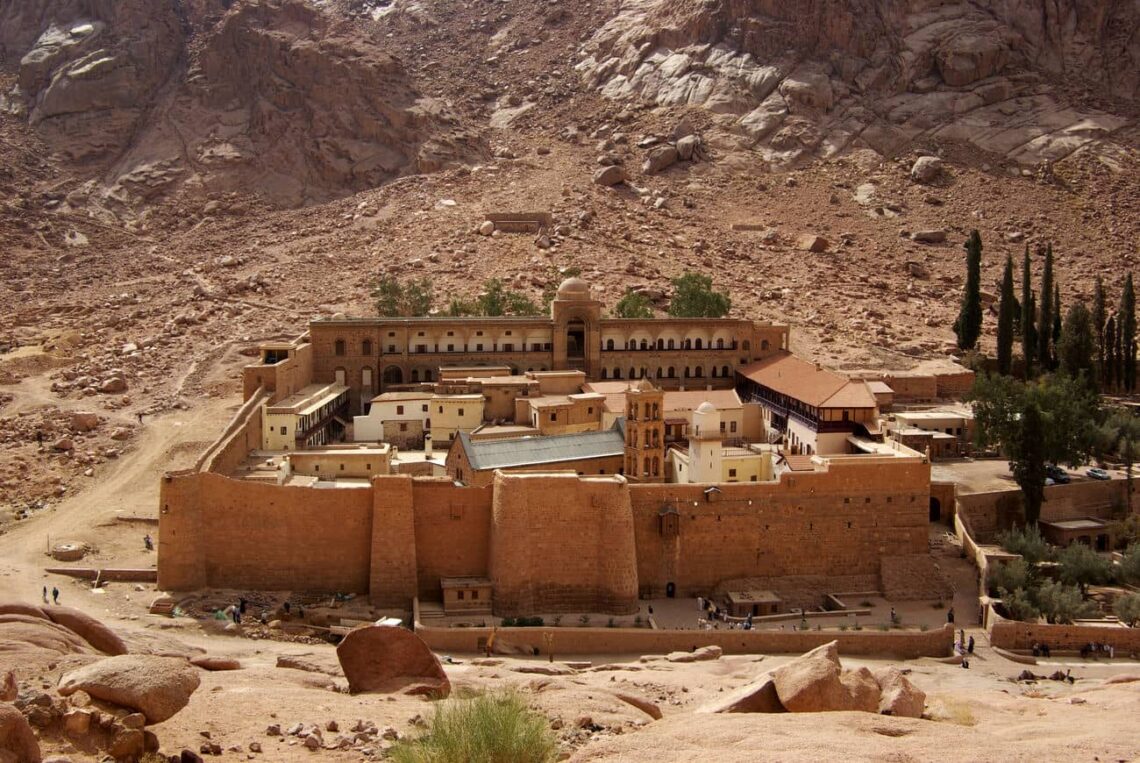
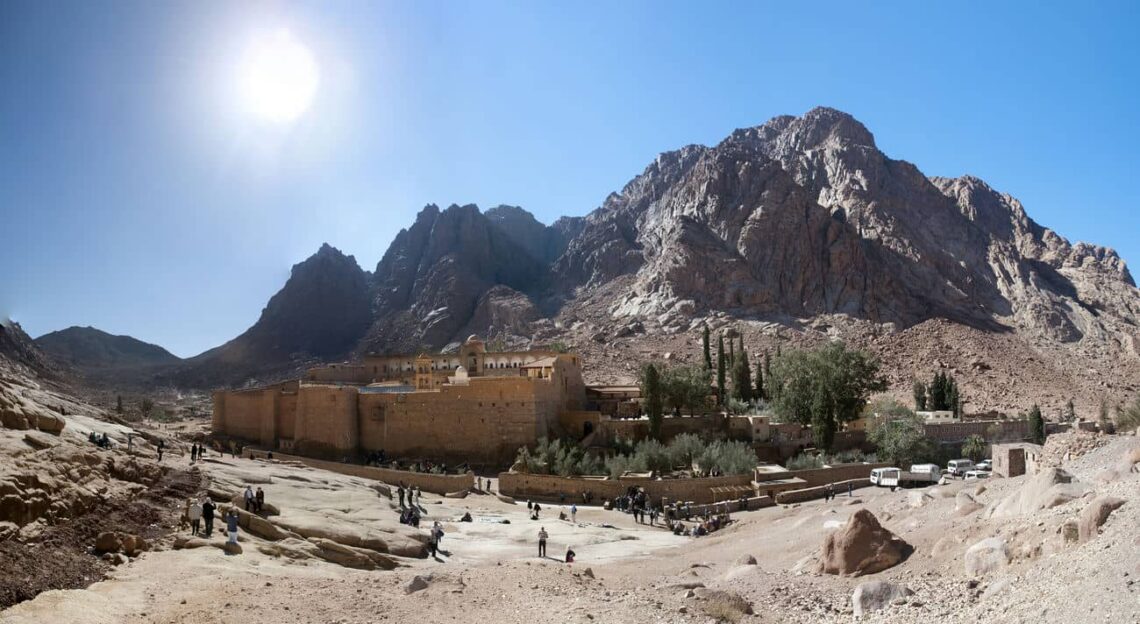
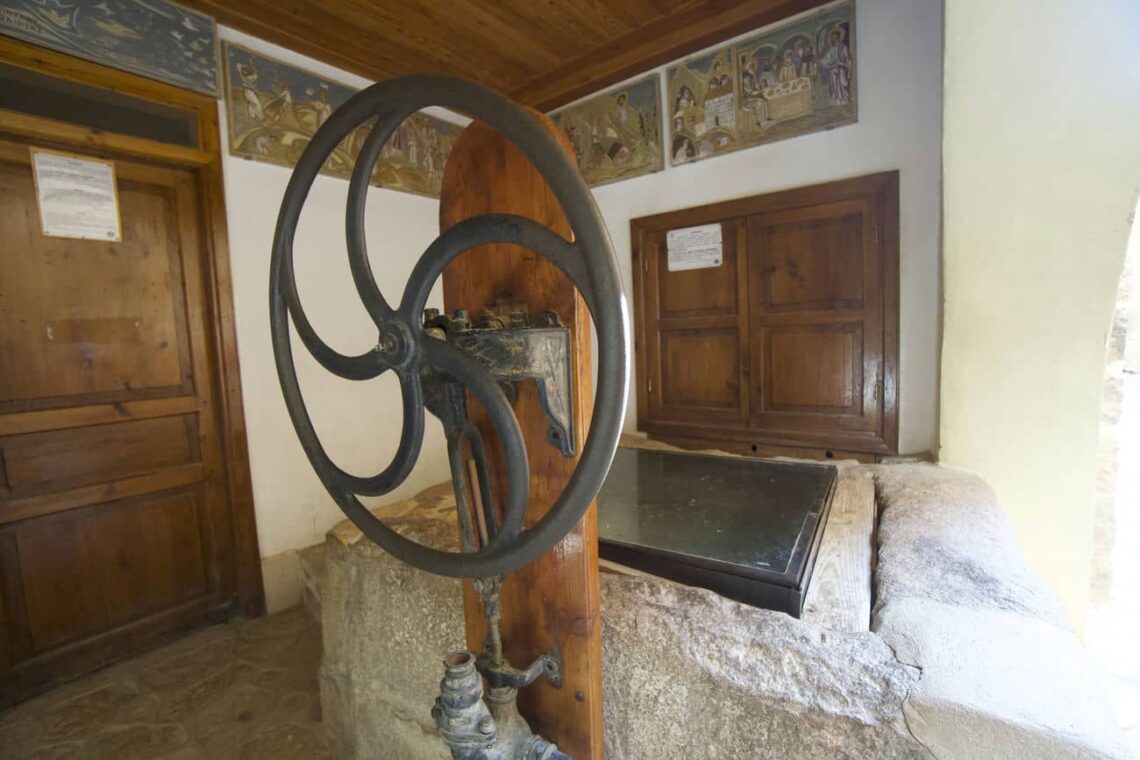
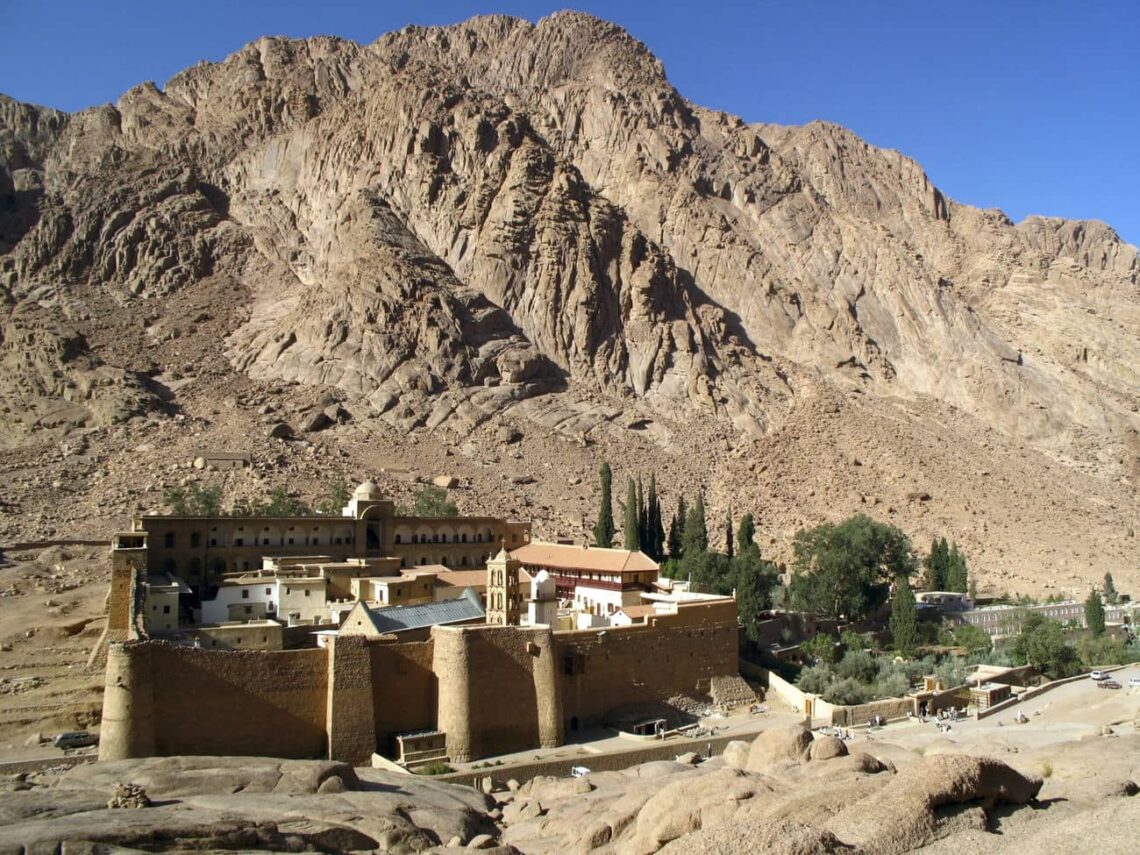

Saint Catherine’s Monastery is dedicated to Saint Catherine of Alexandria, a martyr killed by a wheel. Her body was supposedly found on a nearby mountain and brought to the monastery. Many pilgrims visit the monastery to venerate her relics. Saint Catherine’s Monastery has a rich collection of art and manuscripts. It has the oldest continuously operating library in the world, with rare books and documents. It also has many icons, paintings, and mosaics, including the earliest known image of Jesus as Christ Pantocrator.
Saint Catherine’s Monastery is surrounded by a high wall and a fortress. It has a church, a chapel, a bell tower, and a mosque. The Fatimid caliph Al-Hakim bi-Amr Allah built the mosque in 1106 and granted the monastery protection and freedom of worship. Saint Catherine’s Monastery is governed by the autonomous Church of Sinai, part of the wider Greek Orthodox Church. The monks follow the rule of Saint Basil and the liturgy of Saint John Chrysostom. They also maintain good relations with the local Bedouin tribes, who help them with supplies and security.
14. Kasbah of the Udayas
The Kasbah of the Udayas is a citadel in Rabat, Morocco. It is located on a hill at the mouth of the Bou Regreg river, opposite the city of Salé. It is part of Rabat’s UNESCO World Heritage Site and other historical monuments. The Kasbah of the Udayas has a long and complex history. It was first built as a ribat, or a fortified monastery, by the Umayyads of Cordoba or their allies in the 10th century. It was later rebuilt by the Almoravids and the Almohads in the 12th century.
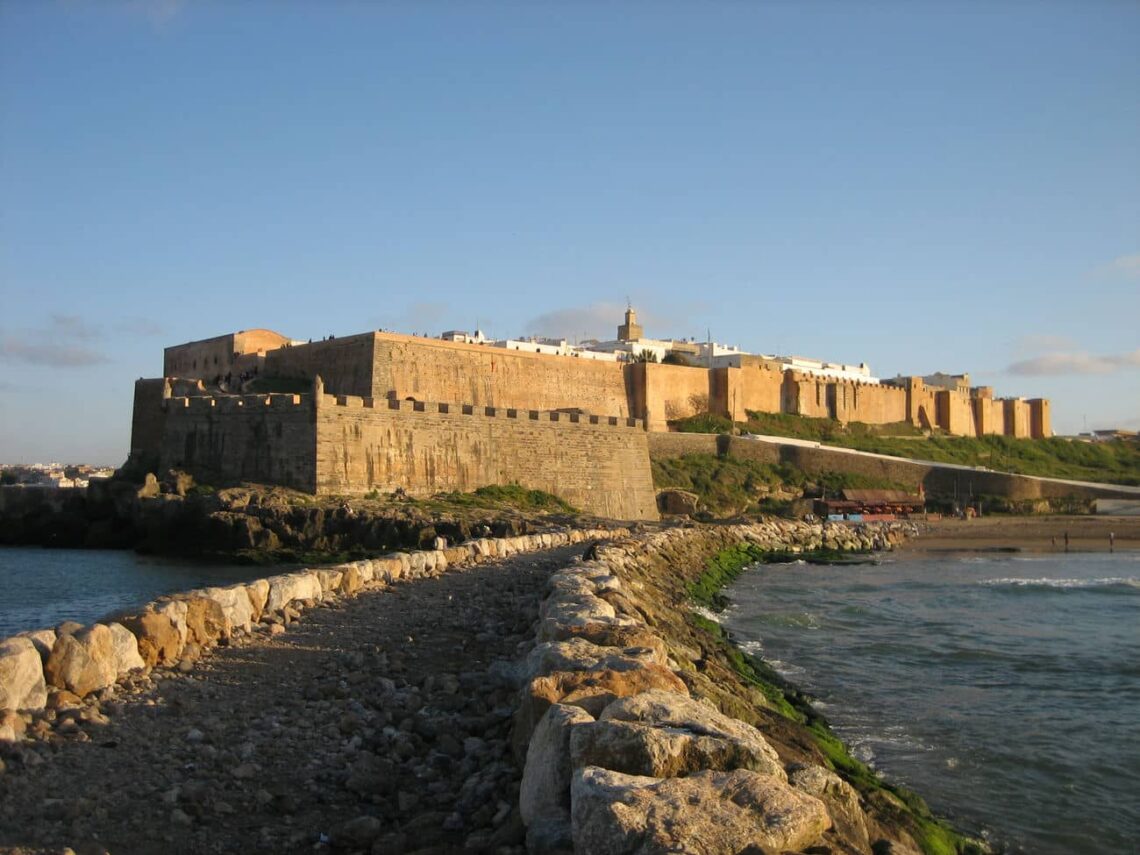
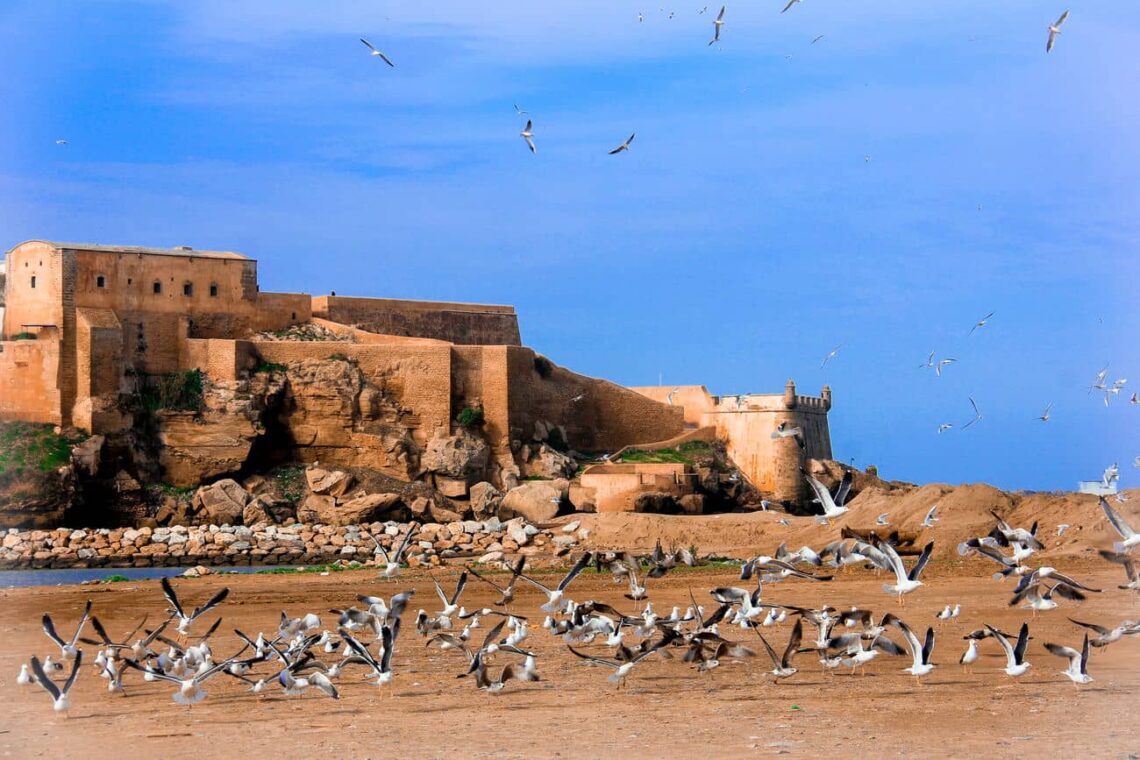
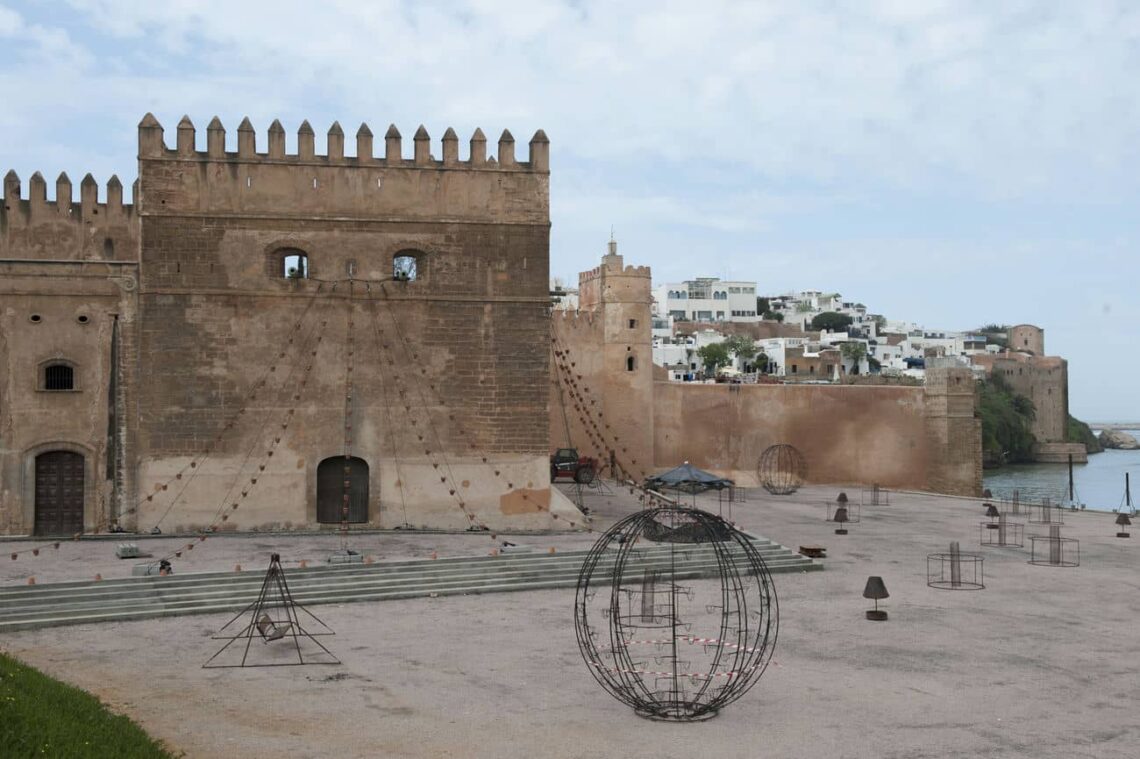
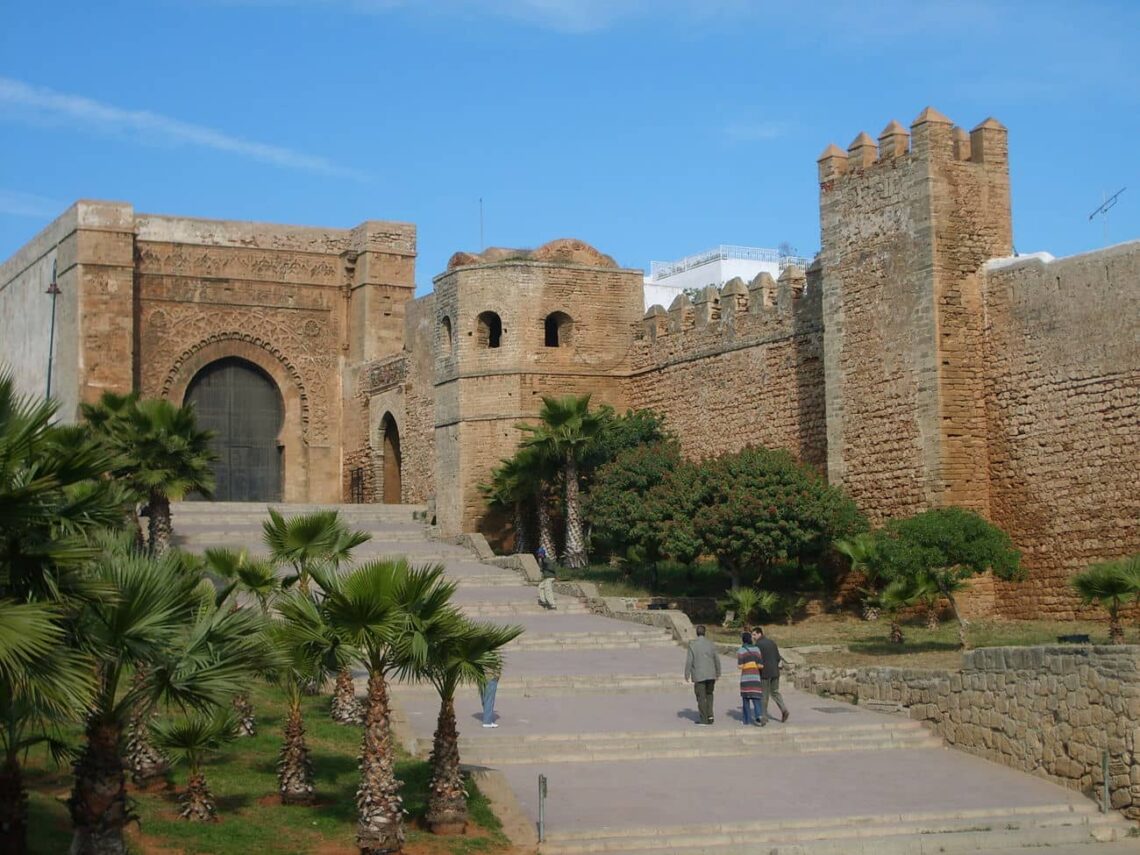
The Kasbah of the Udayas was the residence of the sultans of the Almohad and Marinid dynasties, who ruled Morocco from the 12th to the 15th century. It was also the seat of the Republic of Salé, a pirate state that operated from the 17th to the 19th century. The Kasbah of the Udayas underwent several transformations and renovations over the centuries. The French did the most notable ones during the colonial period when they restored the walls, the gates, the gardens, and the palace. They also painted the houses in white and blue, giving the kasbah its distinctive appearance.
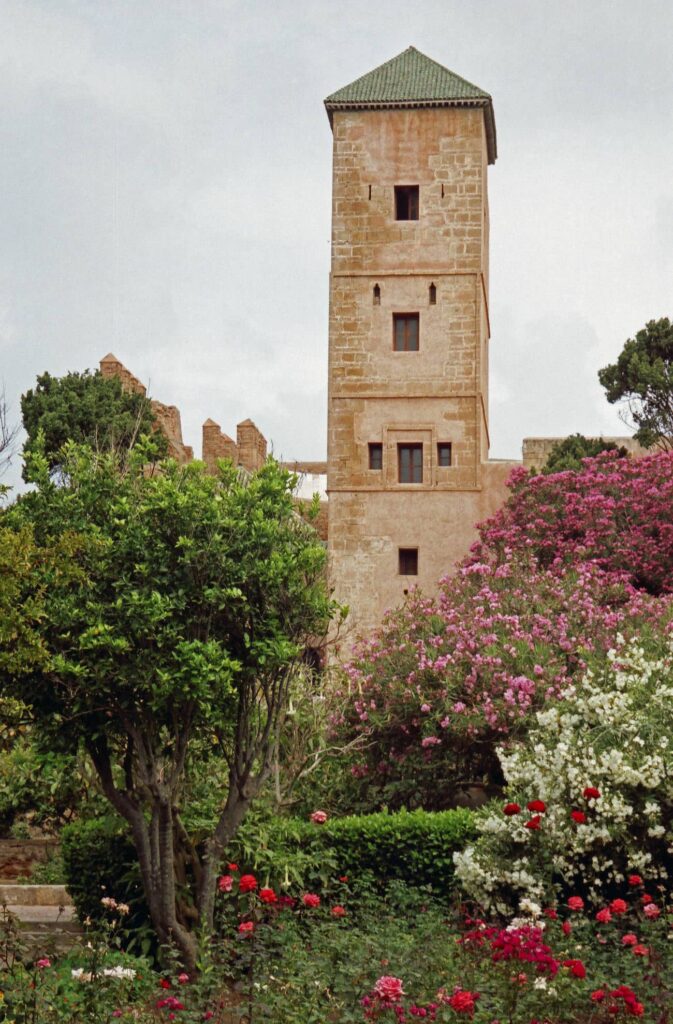
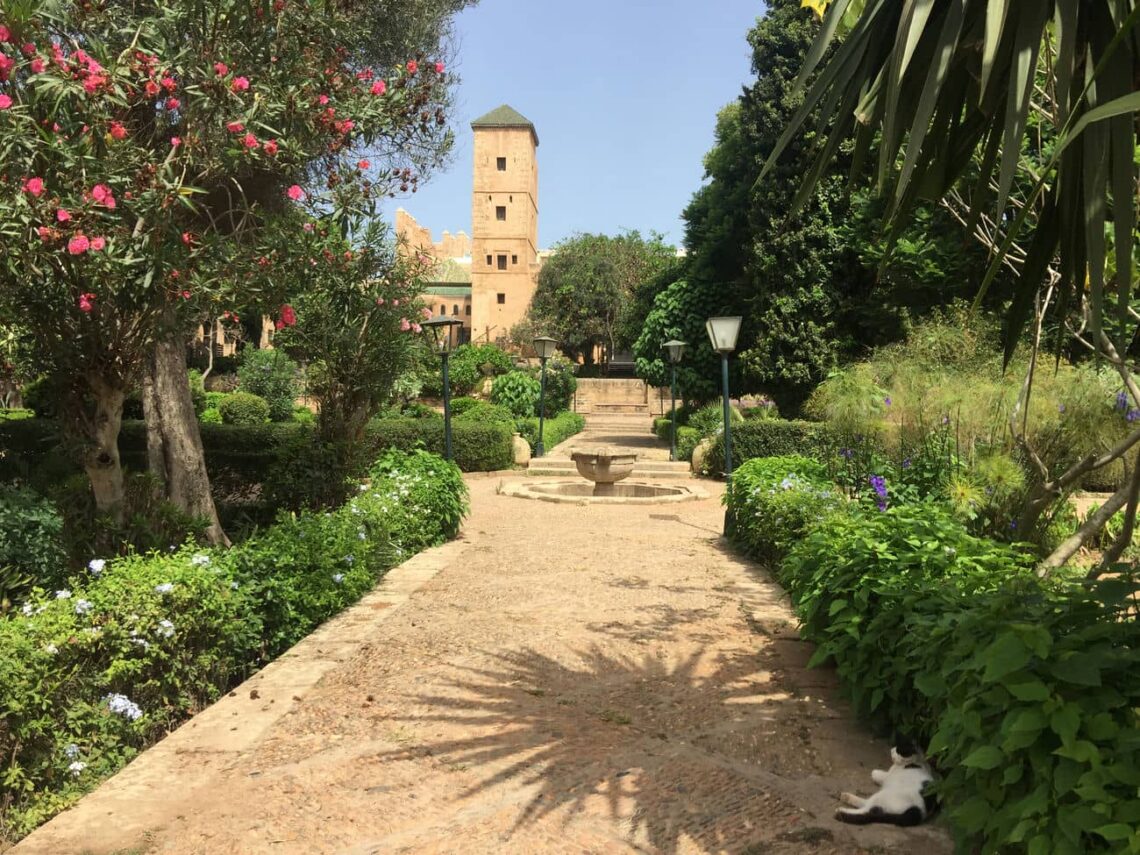
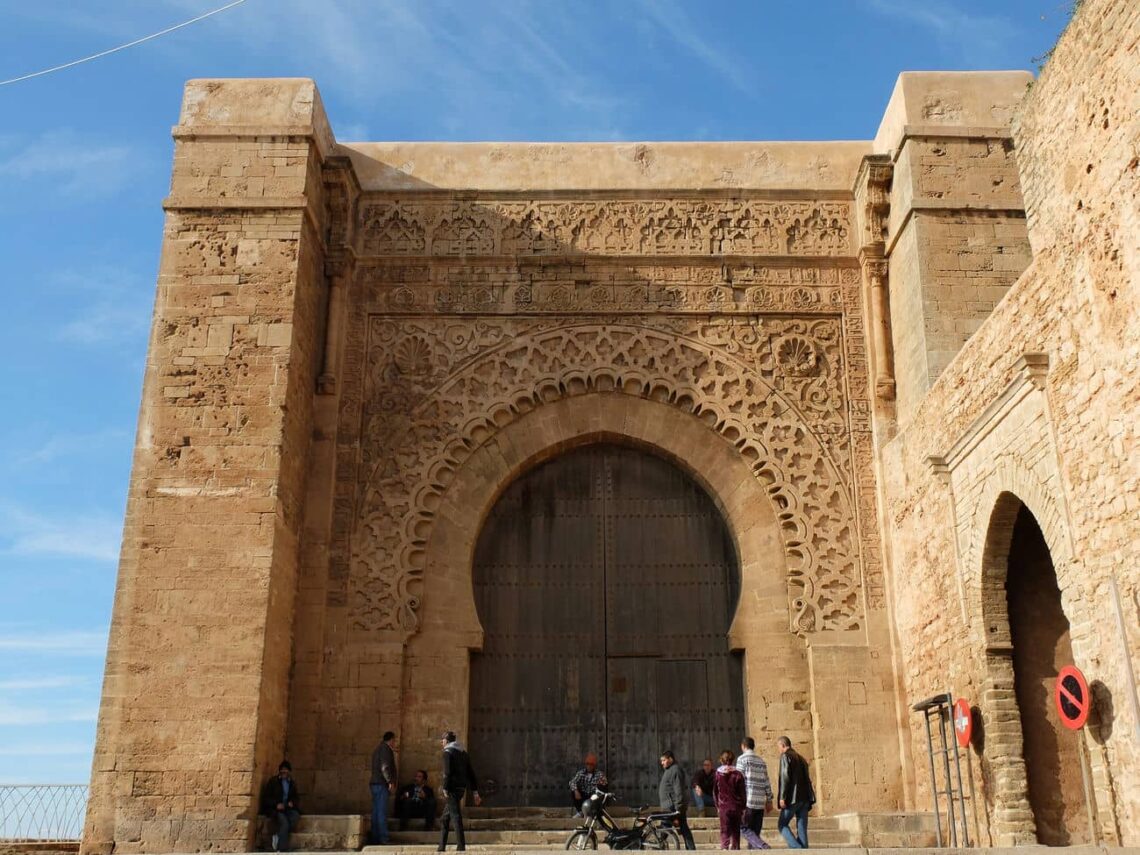
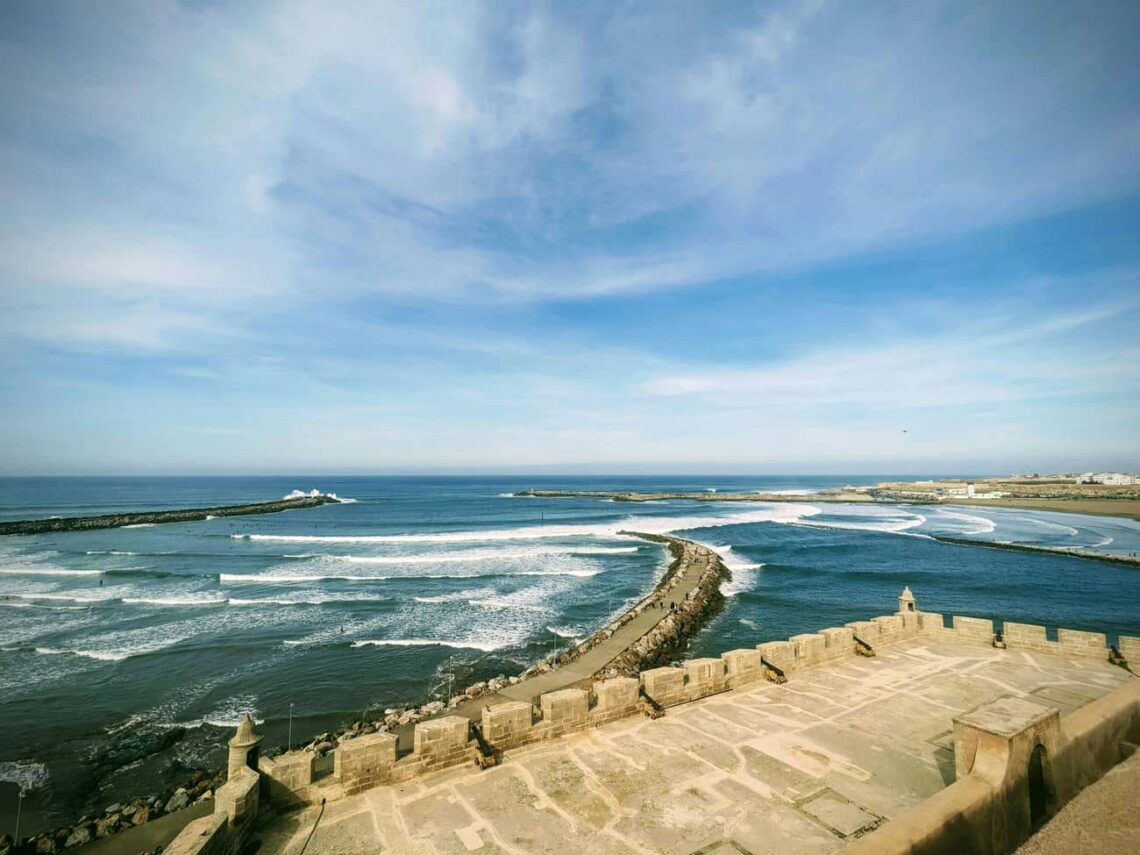
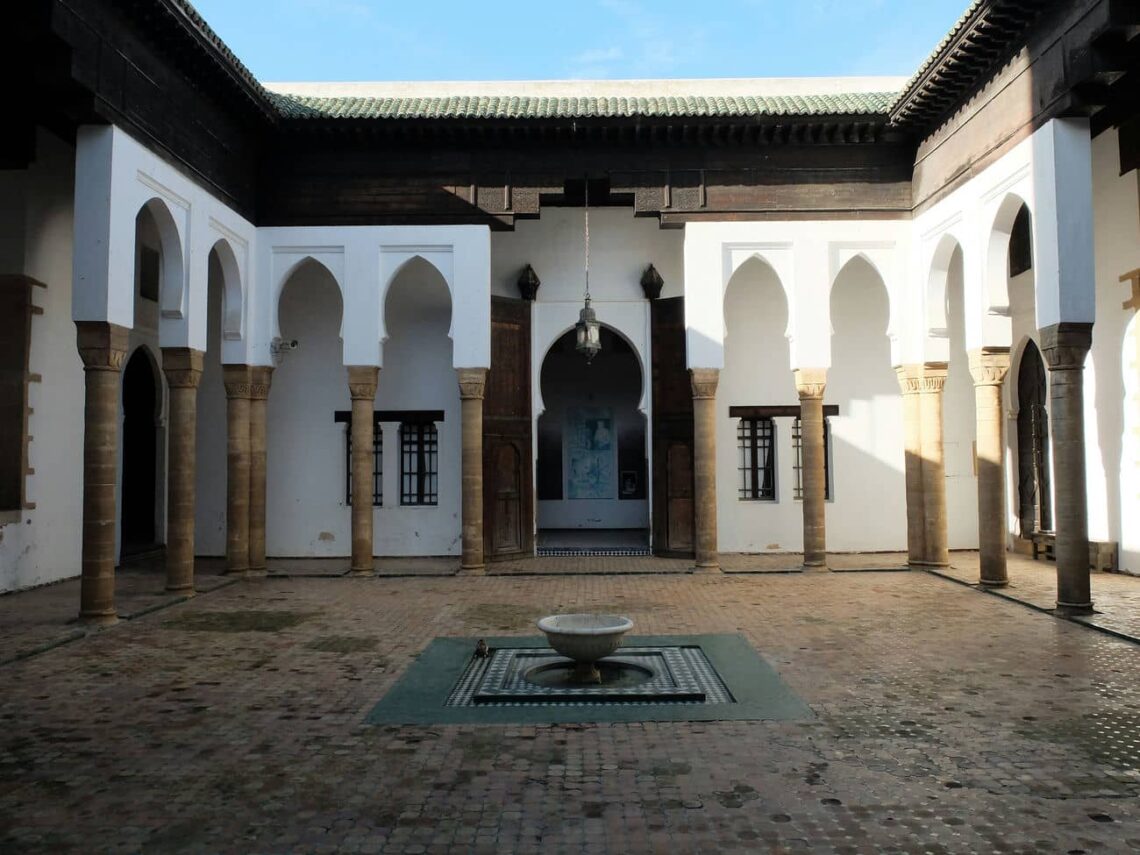
The Kasbah of the Udayas has many attractions for visitors. The main entrance is the Bab Oudaia, a large gate with a horseshoe arch and geometric patterns. Inside the Kasbah are the Andalusian Gardens, a green oasis with flowers, fountains, and orange trees. There is also the Museum of the Udayas, which displays Moroccan art and crafts. The Kasbah of the Udayas offers a panoramic view of the river and the sea from its platform. It is also a cultural and artistic expression place, with many art galleries and workshops. The Kasbah symbolizes the rich and diverse heritage of Rabat and Morocco.
15. National Theatre Nigeria
The National Theatre Nigeria is the main center for the performing arts in Nigeria. It is located in Iganmu, Surulere, Lagos. The monument was constructed in 1976, just in time for the Festival of Arts and Culture (FESTAC) in 1977. The National Theatre Nigeria has a unique design that resembles a military hat. It was built by a Bulgarian construction company called Techno Exporstroy. The exterior of the building is made of concrete and marble, while the interior is decorated with wood and metal.
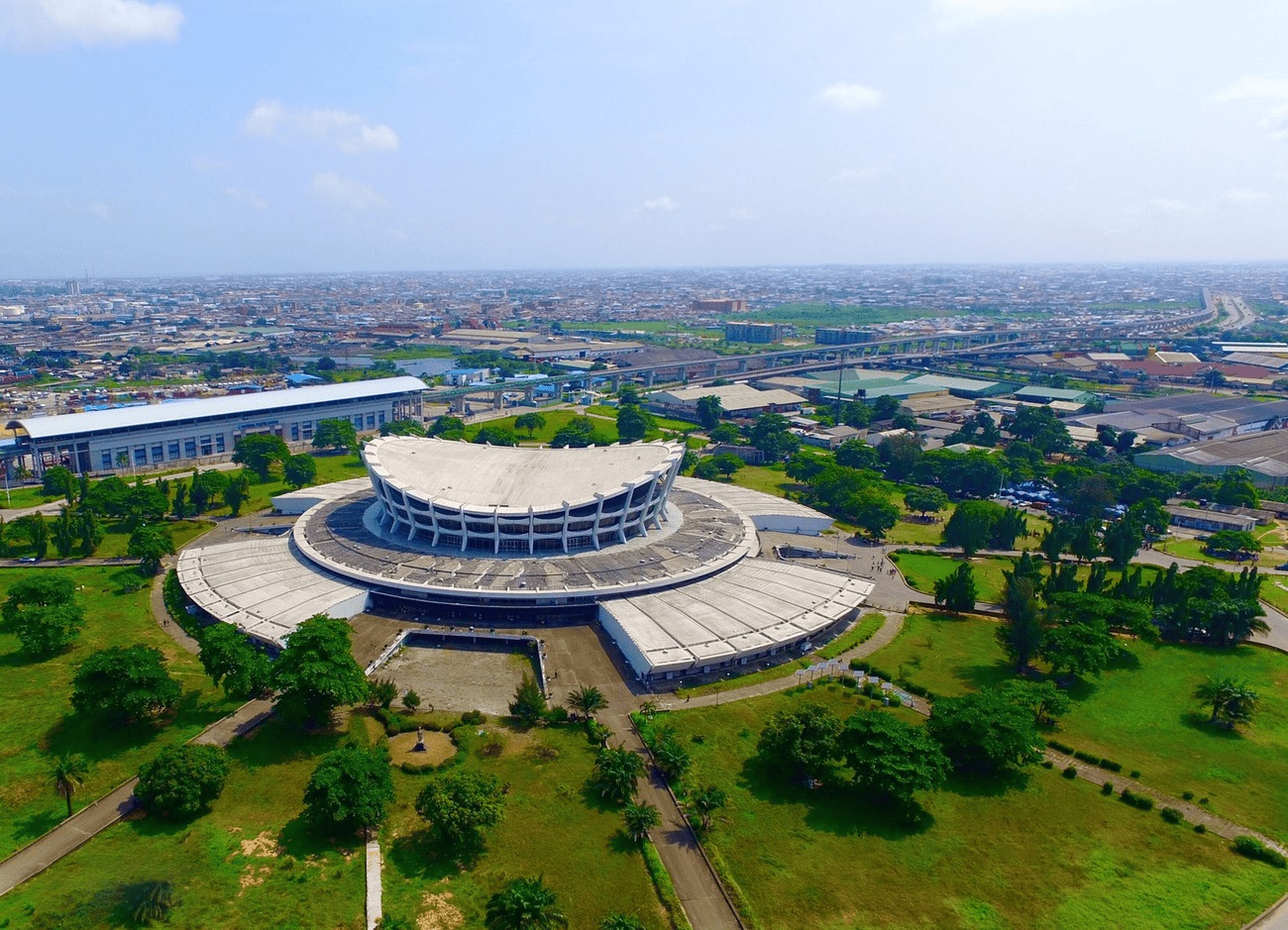
The National Theatre Nigeria has a capacity for a 5,000-seat main hall with a collapsible stage and two cinema halls, each with 700 seats. The main hall can host various events, such as stage performances, film shows, art exhibitions, cultural shows, musical performances, conferences, and meetings. The cinema halls can show movies in different languages, with facilities for simultaneous translation of eight languages. The National Theatre Nigeria is a tourist attraction showcasing Nigeria’s rich and diverse culture. It hosts many festivals and events throughout the year, such as the Lagos International Film Festival, the Lagos Black Heritage Festival, the Lagos Jazz Series, and the Lagos Photo Festival. The National Theatre Nigeria also offers tours and workshops for visitors who want to learn more about the history and art of Nigeria.
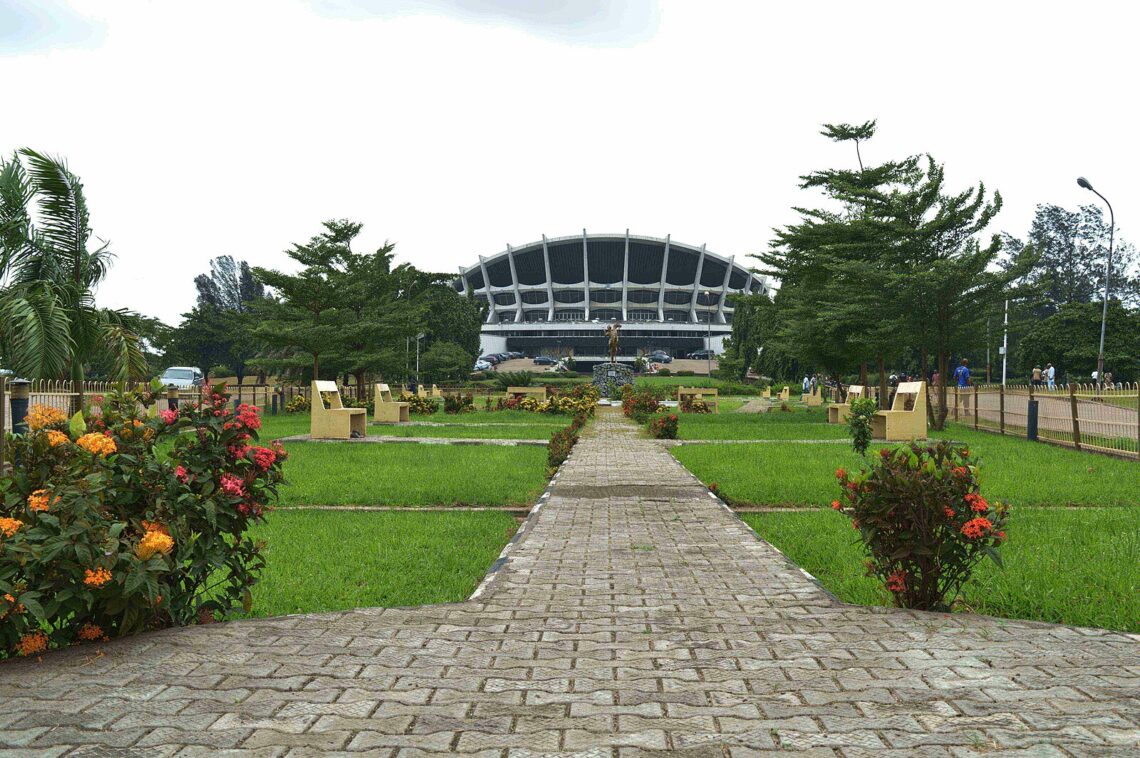
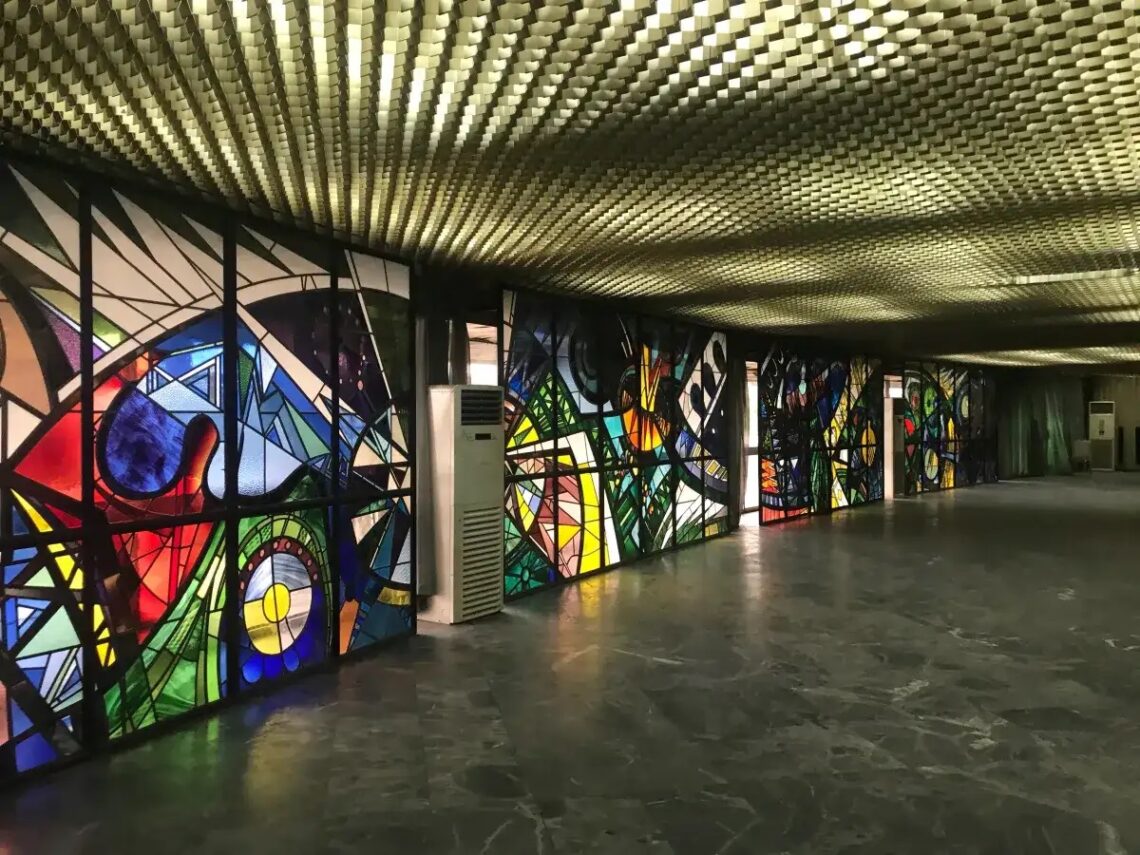
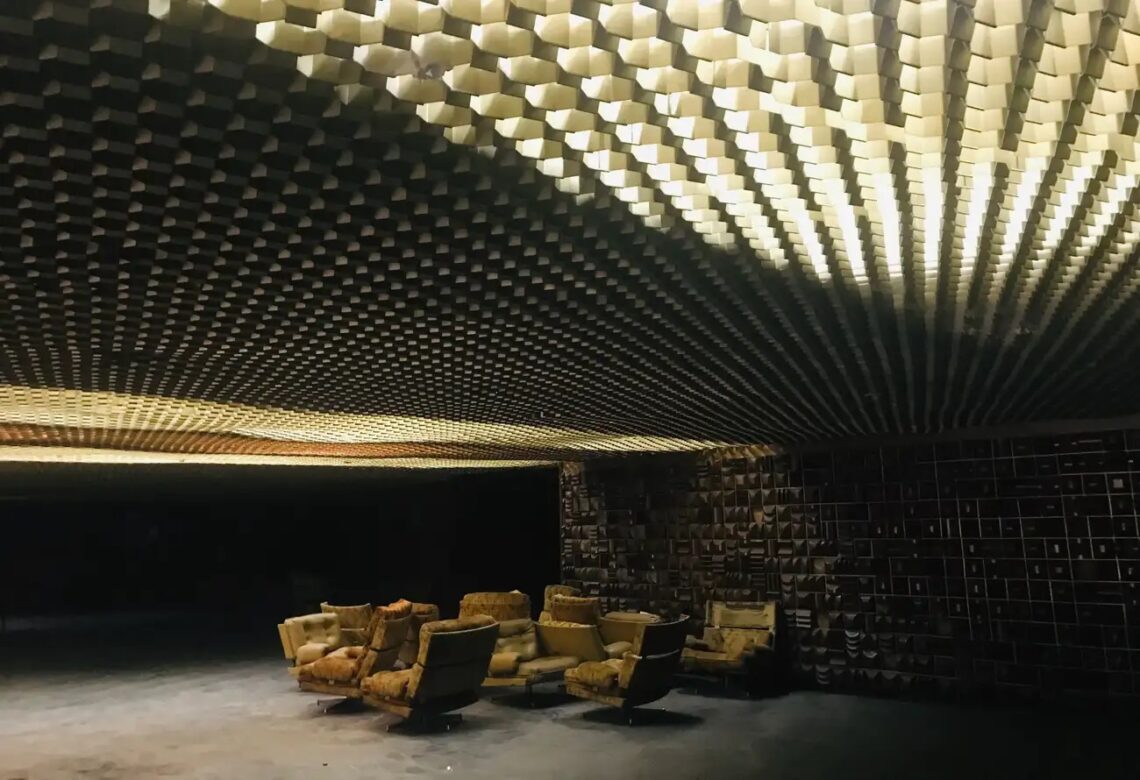
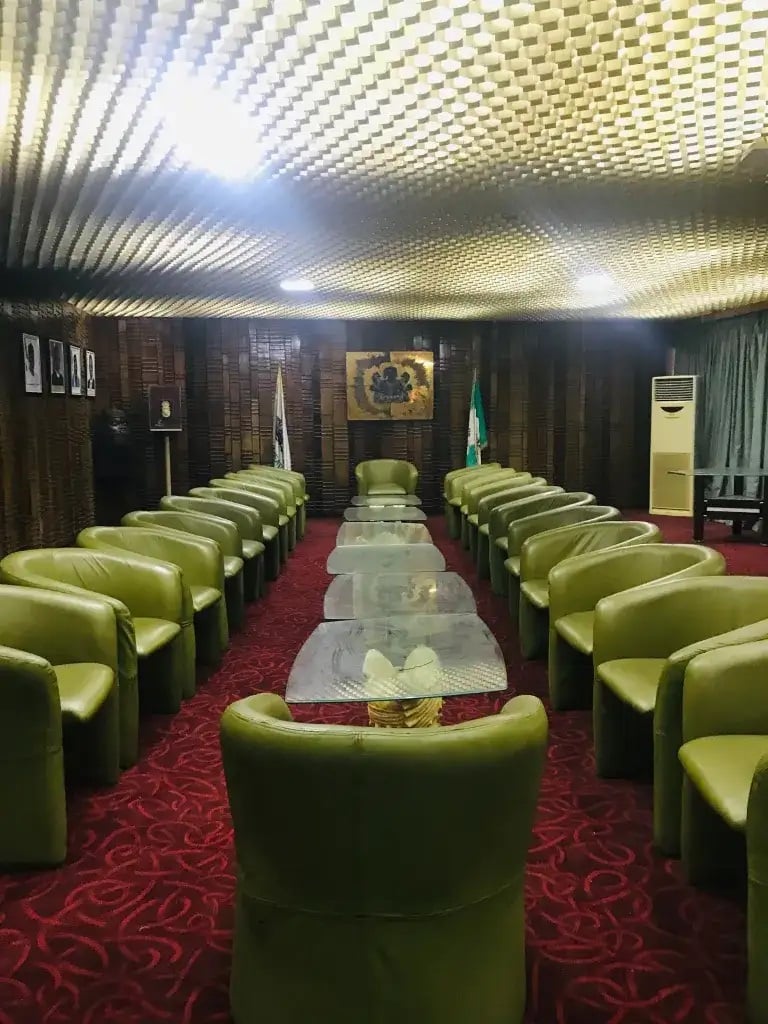
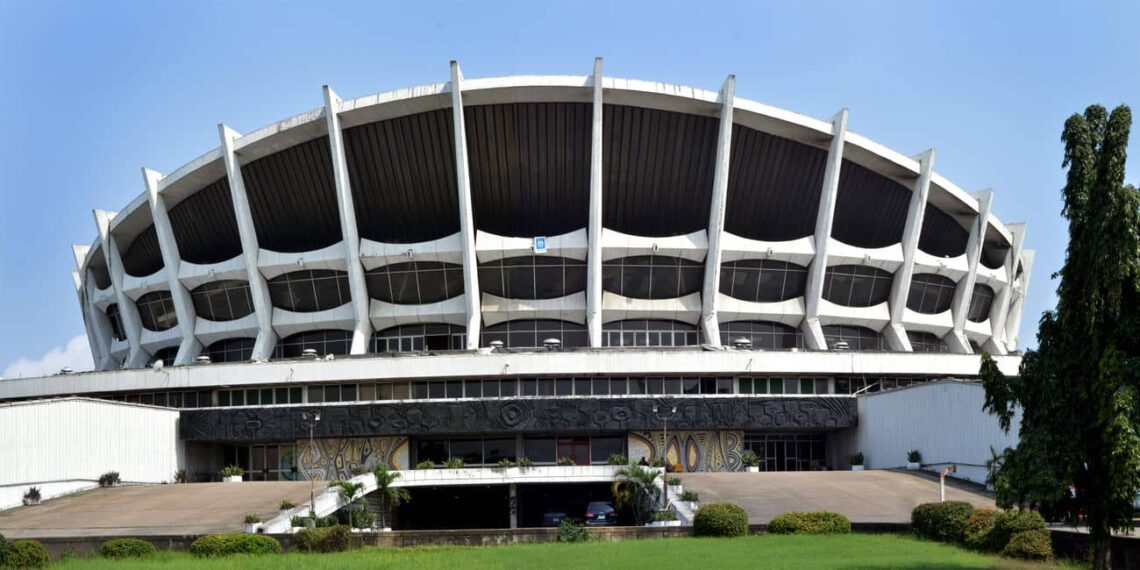
The National Theatre Nigeria is a national treasure that aims to preserve and promote the arts and culture of Nigeria. It is managed by a team of professionals passionate about entertainment and creativity. The National Theatre Nigeria collaborates with other institutions and organizations, such as the National Council for Arts and Culture, the National Gallery of Art, the National Troupe of Nigeria, and the National Film Corporation. The National Theatre Nigeria is a symbol of Nigeria’s pride and identity. It is a place where Nigerians and foreigners can enjoy and appreciate the beauty and diversity of Nigeria’s culture. It is also a place where artists and performers can express their talents and skills and inspire others with their work.
What are the top buildings in Africa with brutalist architecture?
Listed below are the top buildings in Africa with brutalist architecture:
- National Theatre of Ghana: The National Theatre of Ghana in Accra is a prominent example of African brutalist architecture. It was designed by the Ghanaian architect Joseph Emmanuel Adotey in the 1980s. The building features a distinctive exterior with angular concrete forms and geometric patterns. The National Theatre serves as a cultural hub, hosting various performing arts events, including theater productions, music concerts, and dance performances. It has a seating capacity of about 1,500 people and is considered one of the largest theaters in Africa.
- National Museum of Niger: The National Museum of Niger showcases a striking brutalist architecture. It was designed by the French architect Jean-Loup Pivin and completed in 1993. The museum’s architecture uses raw concrete and bold geometric forms to reflect the Sahelian style. The museum houses a diverse collection of artifacts, including archaeological finds, traditional crafts, and ethnographic objects, offering insights into Niger’s rich cultural heritage. It is an important institution for preserving and promoting Nigerian art and history.
- Kigali Convention Centre: The Kigali Convention Centre, located in Kigali, Rwanda, is a modern architectural marvel with a brutalist architectural influence. Designed by the German firm GMP Architekten, the building was completed in 2016. Its design combines bold concrete elements with sleek glass facades, creating a visually striking composition. The convention center spans an area of 346,628 square feet (32,200 square meters) and comprises conference halls, exhibition spaces, and a large auditorium. It serves as a venue for international conferences, exhibitions, and events, contributing to Rwanda’s growing reputation as a global destination for business and tourism.
- Bank of Algeria Headquarters: The Bank of Algeria Headquarters in Algiers is a prominent example of brutalist architecture in North Africa. Designed by the Italian architect Luigi Moretti, the building was completed in 1972. It features a massive concrete structure with distinctively shaped towers and an imposing presence. The headquarters serves as the central administrative and financial hub of the Bank of Algeria, playing a crucial role in the country’s banking sector. Its design reflects the architectural trends of the time and stands as a symbol of Algeria’s modernization efforts.
- Great Mosque of N’Djamena: The Great Mosque of N’Djamena, located in N’Djamena, Chad, showcases a unique blend of traditional and brutalist architectural elements. The mosque was constructed in the late 1970s and early 1980s and designed by the Chadian architect Hassan Fathy. It features an impressive concrete facade with intricate decorative patterns complemented by traditional Sahelian mud-brick construction techniques. The Great Mosque is a significant religious and cultural landmark in Chad, accommodating thousands of worshippers during Friday prayers and religious festivals. Its architectural style represents a fusion of modernist influences and local building traditions.
What are the top buildings in Africa with Gothic architecture?
Listed below are the top buildings in Africa with Gothic architecture:
- Cathedral Basilica of Our Lady of Peace: The Cathedral Basilica of Our Lady of Peace is the largest church in Africa and one of the top buildings with Gothic architecture on the continent. It was commissioned by former President Félix Houphouët-Boigny and completed in 1989. The structure stands at 518 feet (158 meters) tall and covers an area of 323,000 square feet (30,000 square meters). The basilica’s design draws inspiration from both traditional and Gothic architectural elements.
- St. Louis Cathedral: St. Louis Cathedral, located in Carthage, Tunisia, is another prominent example of African Gothic architecture. Built in the late 19th century, the cathedral features pointed arches, ribbed vaults, and intricate stained glass windows characteristic of the Gothic style. It served as the seat of the Archdiocese of Carthage until it was converted into a cultural center in the 1960s.
- St. George’s Cathedral: St. George’s Cathedral in Cape Town is an iconic religious building that showcases Gothic Revival architecture. Constructed in the late 19th century, the cathedral boasts a towering spire and elaborate stone carvings. It played a significant role in the anti-apartheid movement and was often called the “People’s Cathedral.”
- St. Patrick’s Cathedral: St. Patrick’s Cathedral in Lagos is a notable example of African Gothic Revival architecture. Built in the early 20th century, the cathedral features pointed arches, intricate tracery, and a tall spire. It serves as the seat of the Catholic Archdiocese of Lagos and is a prominent landmark in the city.
- St. Peter’s Cathedral: St. Peter’s Cathedral, located in Rabat, Morocco, showcases Gothic Revival elements. Built in the early 20th century, the cathedral features pointed arches, stained glass windows, and intricate stone carvings. It serves as the seat of the Archdiocese of Rabat and is recognized for its architectural beauty.
What are the top buildings in Africa with neoclassical architecture?
Listed below are the top buildings in Africa with neoclassical architecture:
- The Union Buildings: The Union Buildings are an iconic example of neoclassical architecture in Africa. They serve as the official seat of the South African government and house the offices of the President of South Africa. The buildings were designed by Sir Herbert Baker and completed in 1913. The Union Buildings are known for their impressive domed structures and grand facades, which showcase classical elements such as columns and symmetrical designs.
- National Museum of Egyptian Civilization: The National Museum of Egyptian Civilization is a prominent neoclassical African building. It was designed by French architect Marcel Dourgnon and was originally constructed as the headquarters of the French Institute of Archaeology. It later became a museum. The building features neoclassical elements such as grand entrances, colonnades, and ornate detailing. It houses a vast collection of artifacts that showcase Egypt’s rich history and culture.
- Central Bank of Egypt: The Central Bank of Egypt is another notable neoclassical architecture in Africa. Designed by Italian architect Mario Rossi, it was completed in 1961. The building stands out with its imposing facade adorned with columns and grand entrances. Egypt’s central bank and monetary authority oversee its financial system and currency.
- Cathedral Basilica of St. Louis: The Cathedral Basilica of St. Louis is a significant example of neoclassical architecture in Africa. Built-in the late 19th century, it was designed by French architect Jean-Eugène Fromageau. The cathedral features a neoclassical facade with intricate detailing, including columns and decorative elements. It is one of the largest churches in Africa and holds religious and historical importance.
- Great Synagogue of Tunis: The Great Synagogue of Tunis is an impressive neoclassical architecture. Completed in 1938, it was designed by French architect Victor Valensi. The synagogue showcases neoclassical elements such as a grand entrance, columns, and a dome. It is a significant religious and cultural landmark for the Jewish community in Tunisia.
What are the top African architects in history?
Listed below are the top African architects in history:
- Hassan Fathy: Hassan Fathy was an Egyptian architect known for pioneering sustainable architecture work. He emphasized using traditional building techniques and materials like adobe to create environmentally friendly and culturally appropriate designs. Fathy’s architectural projects, including the village of New Gourna in Egypt, showcased his commitment to social and economic sustainability in African communities. His work inspires architects worldwide to prioritize sustainability and cultural preservation.
- David Adjaye: David Adjaye is a British-Ghanaian architect known for his distinctive and influential architectural designs. He has created iconic structures such as the National Museum of African American History and Culture in Washington, D.C., and the Nobel Peace Centre in Oslo, Norway. Adjaye’s work explores the intersection of architecture, identity, and history, and he often incorporates cultural references and symbolism in his designs. His contributions to the field have earned him numerous accolades and established him as a leading figure in contemporary architecture.
- Diébédo Francis Kéré: Diébédo Francis Kéré is a Burkinabe architect recognized for his sustainable and community-oriented architectural approach. He integrates local materials, innovative techniques, and participatory design processes to address African communities’ social and environmental challenges. Kéré’s notable projects include the Burkina Faso National Assembly, Gando Primary School, and the Serpentine Pavilion in London. His architecture reflects his commitment to empowering local communities and promoting sustainable development through design.
What are the top architecture firms in Africa?
Listed below are the top architecture firms in Africa:
- Paragon Architects: Paragon Architects is a renowned African architecture firm known for its innovative designs and sustainable approach. They have received numerous awards for their projects, including the South African Institute of Architects Award for Excellence in Architecture. Their portfolio includes commercial, residential, and institutional projects across Africa.
- Boogertman + Partners Architects: Boogertman + Partners Architects is a leading African firm with a strong focus on design excellence and sustainability. They have offices in South Africa, Kenya, and Mauritius, and their projects span various sectors, including hospitality, retail, and mixed-use developments. The firm has won multiple awards, including the South African Professional Services Awards for Architectural Design in 2020.
- SAOTA (Stefan Antoni Olmesdahl Truen Architects): SAOTA is an internationally acclaimed architecture firm based in South Africa. They are known for their contemporary and luxurious designs, particularly in the residential and hospitality sectors. SAOTA has completed projects in various African countries and globally and has received prestigious awards, such as the International Property Award for Best Architecture Single Residence Africa.
- MMA Design Studio: MMA Design Studio, based in Egypt, is a prominent architecture firm recognized for its sustainable and environmentally friendly design expertise. Their diverse portfolio includes residential, commercial, and cultural projects, especially in Africa. MMA Design Studio has been honored with several accolades, including the Architectural Review MIPIM Future Projects Award for Sustainability.
- StudioMAS Architects: StudioMAS Architects, headquartered in South Africa, is known for its contextual and site-specific designs that blend with the natural surroundings. Their projects range from residential and commercial buildings to cultural and educational facilities. The firm has received recognition for its innovative designs, including the Architectural Review MIPIM Future Projects Award for Cultural Regeneration.


